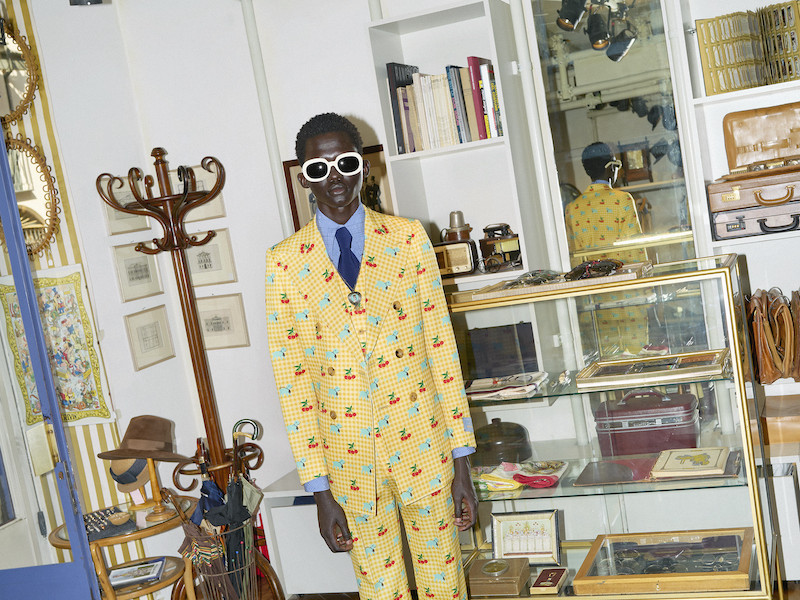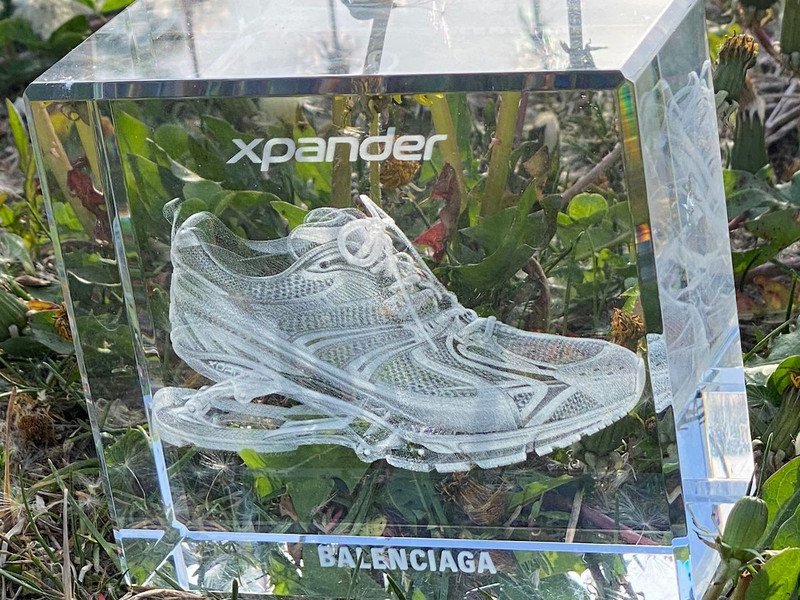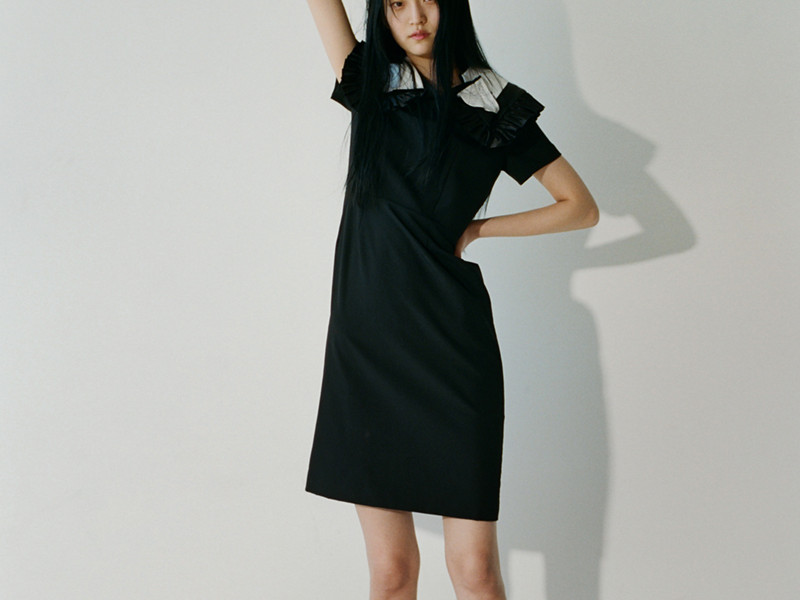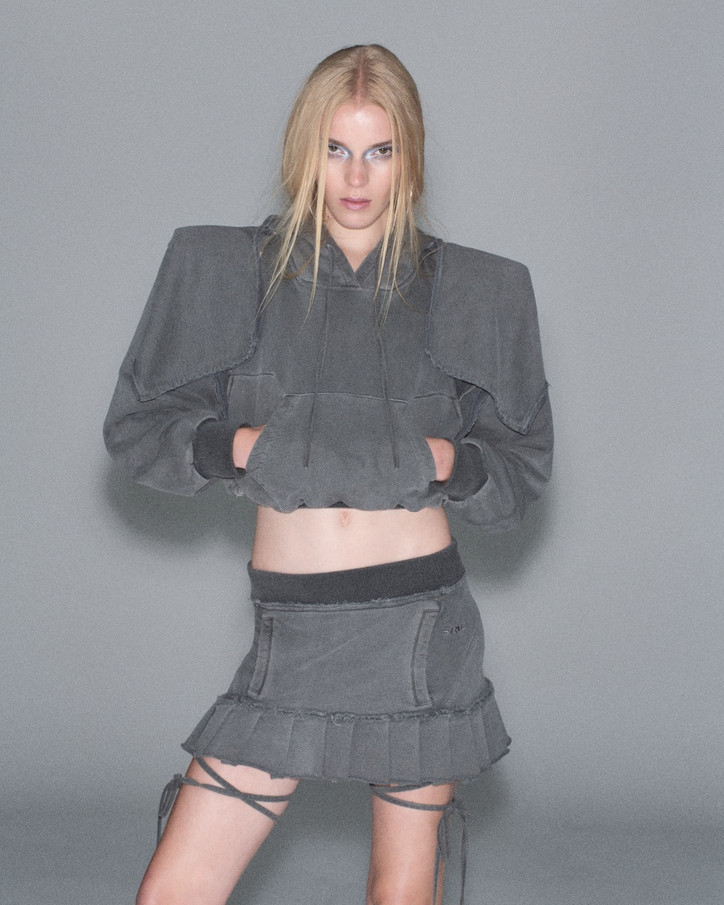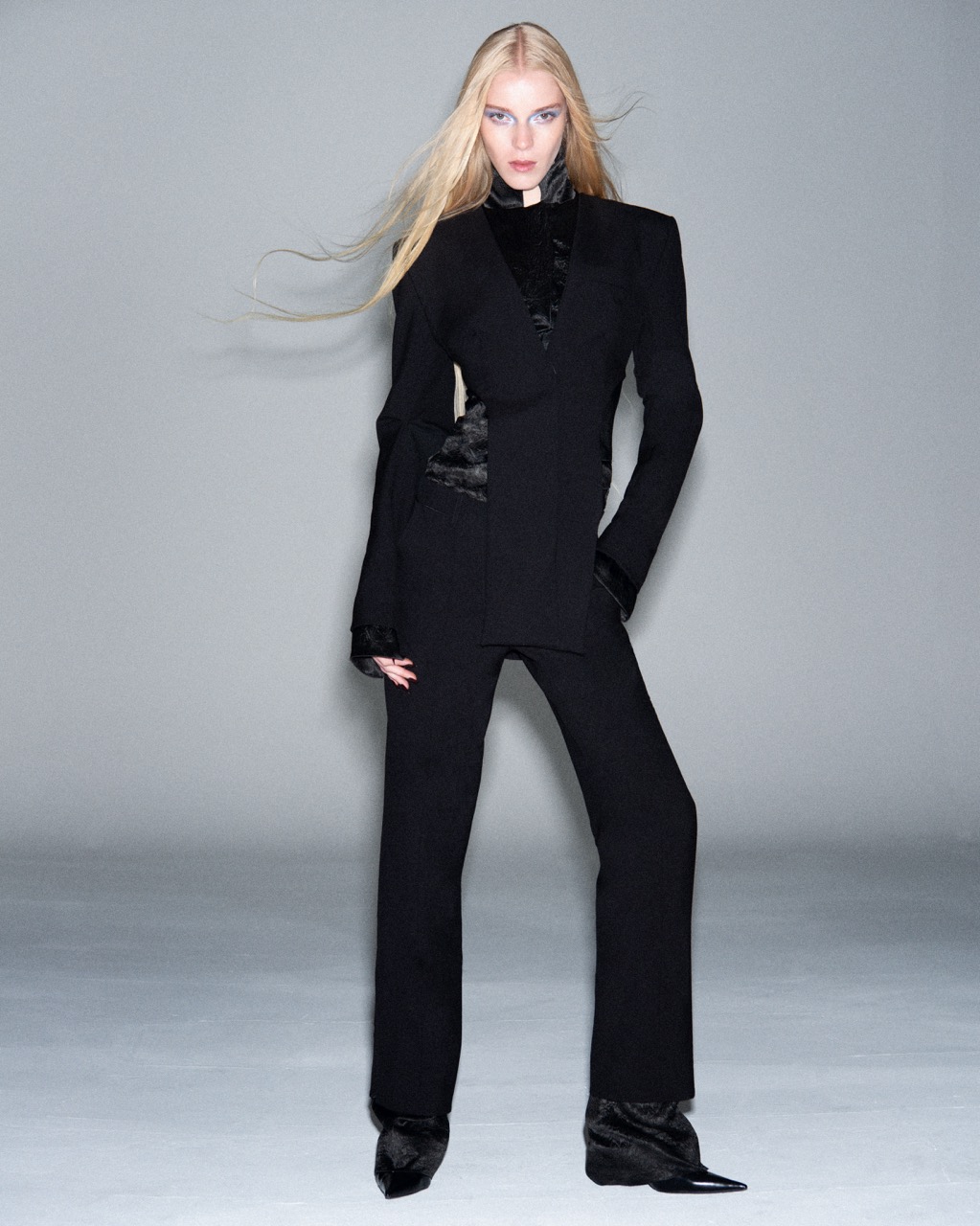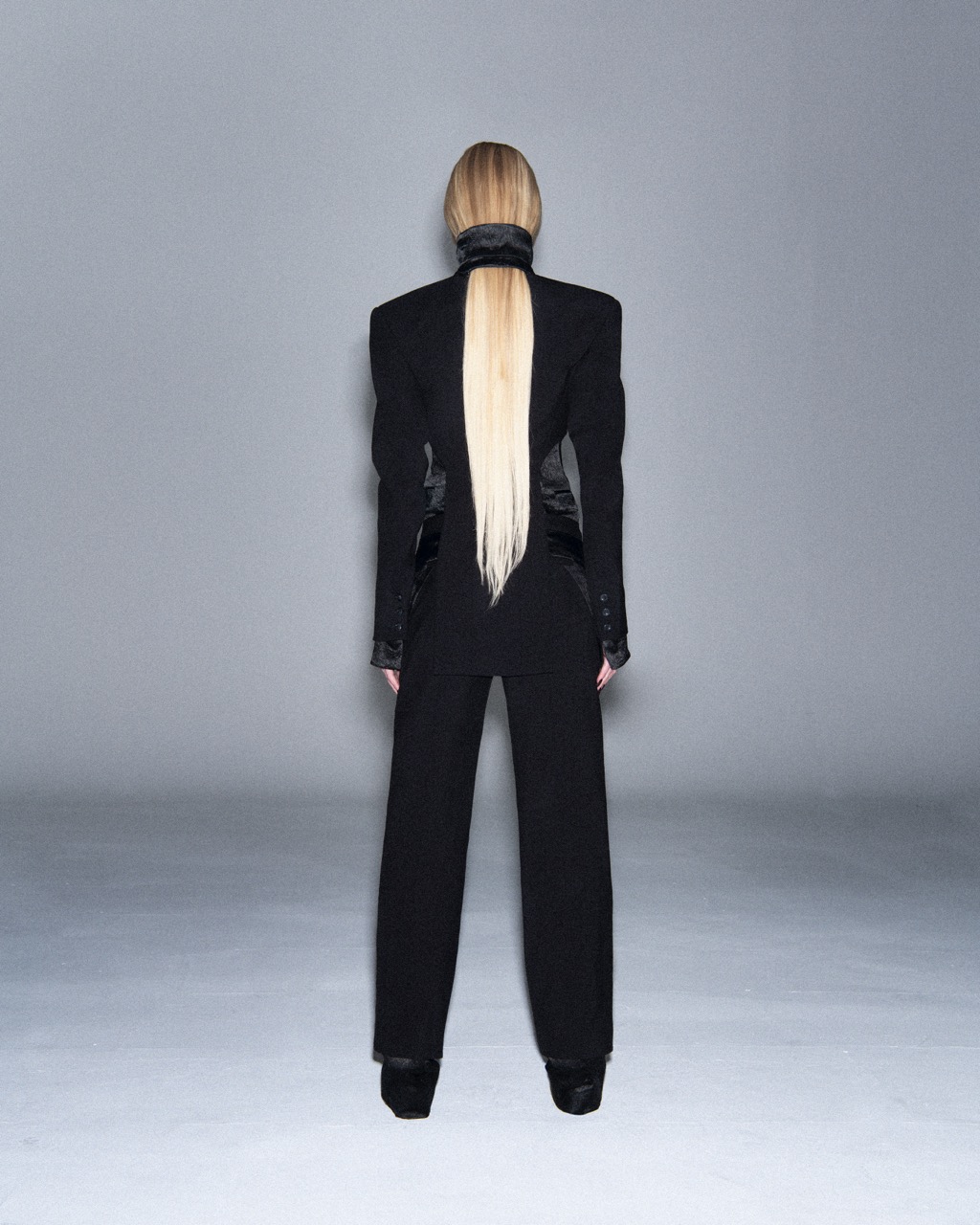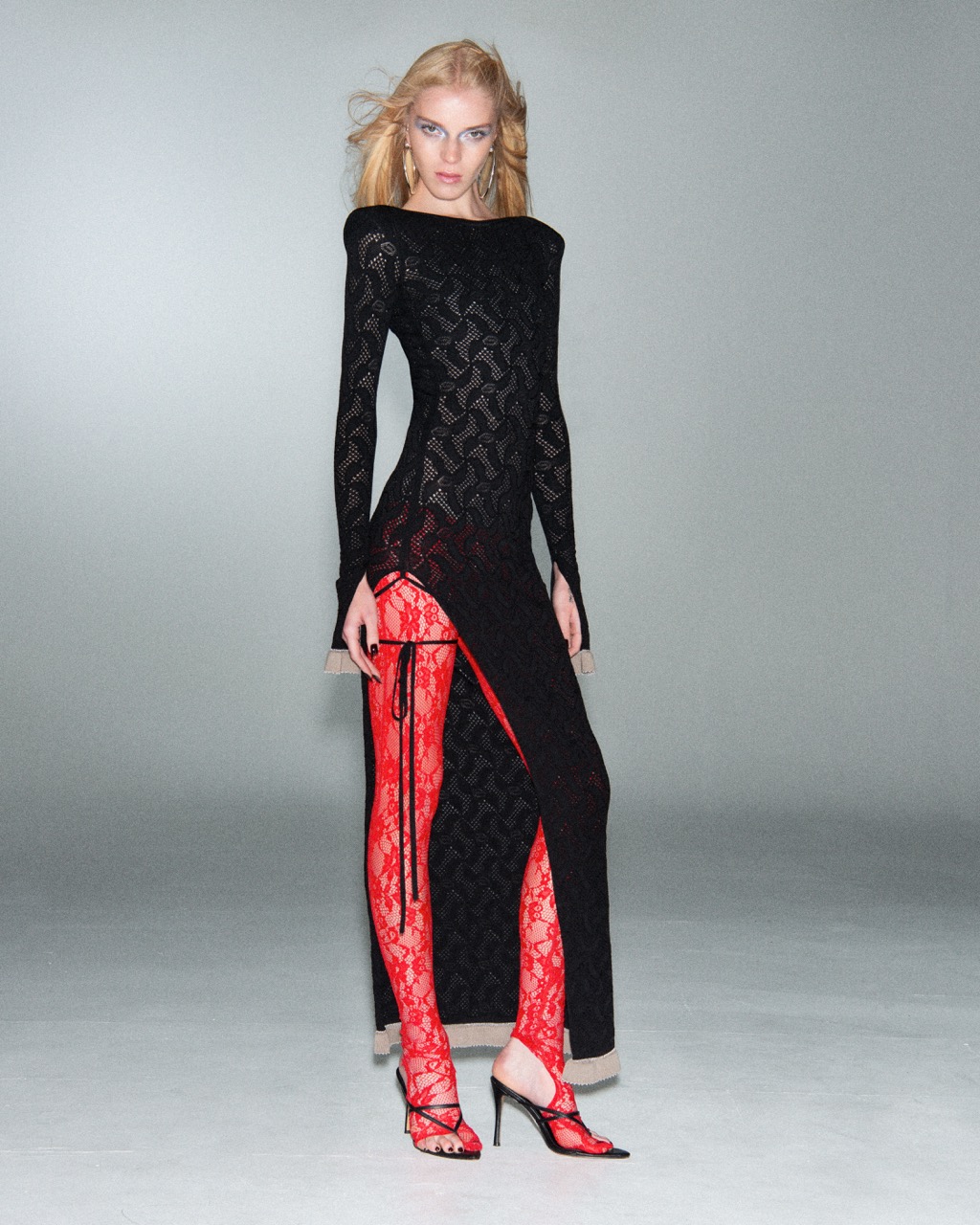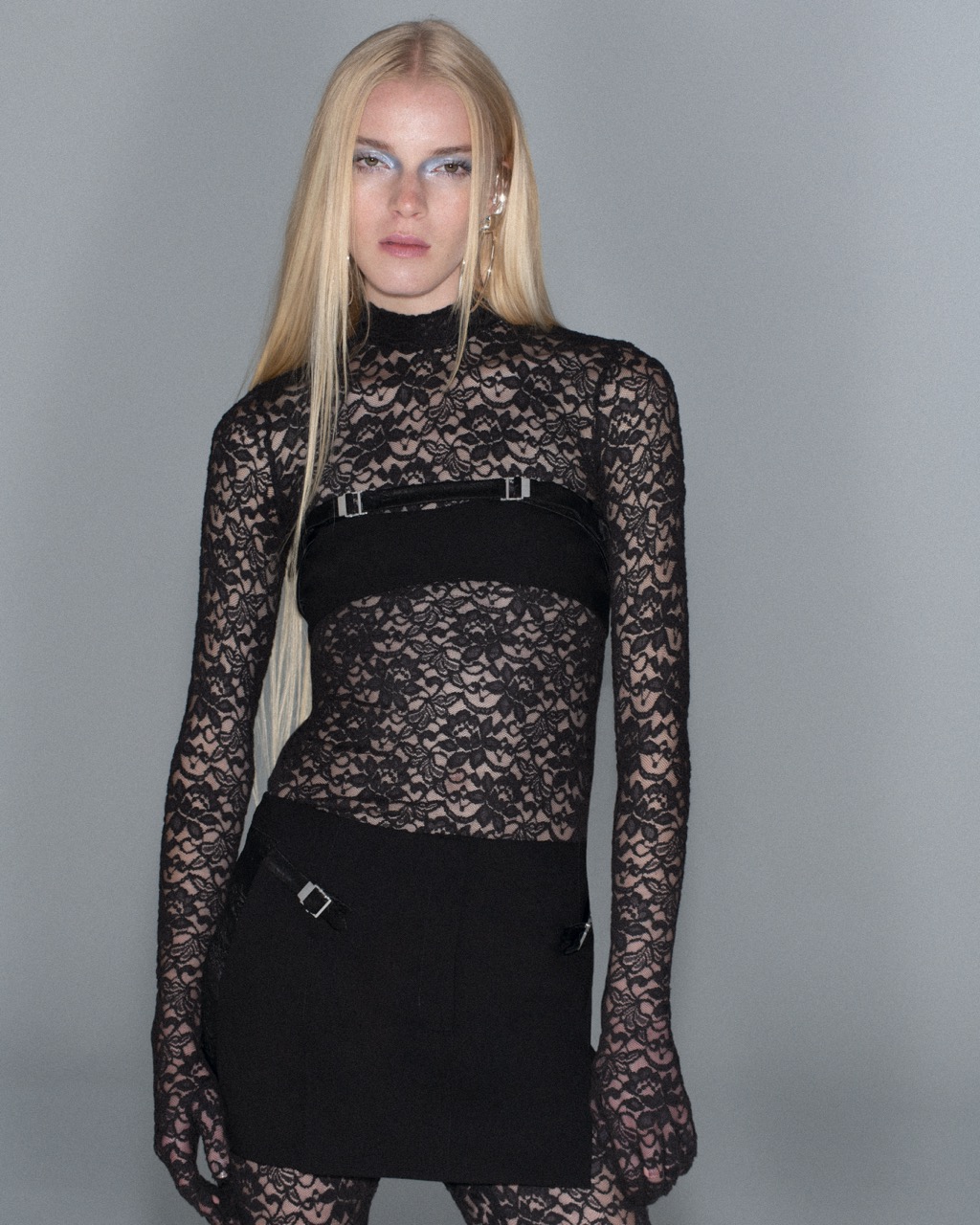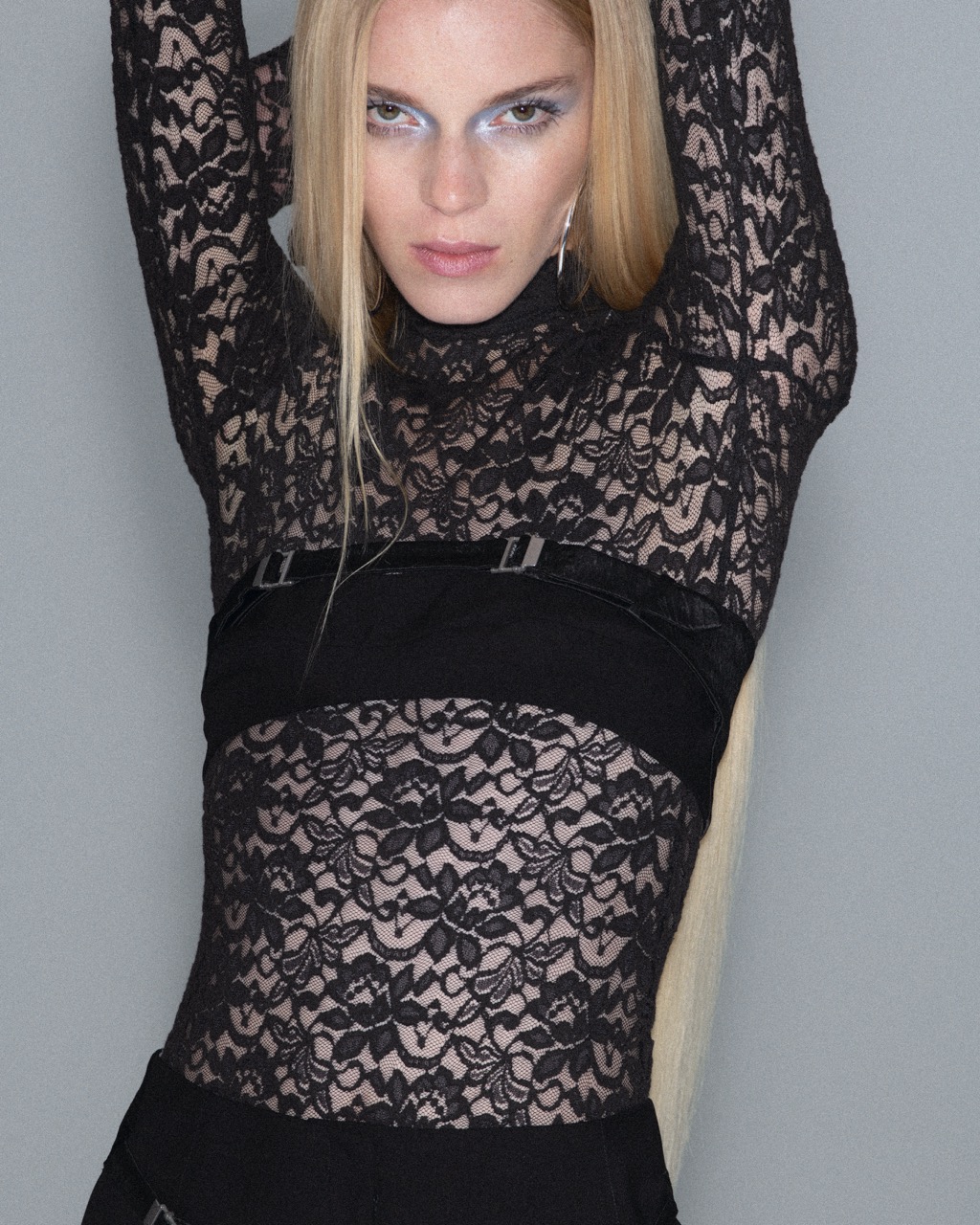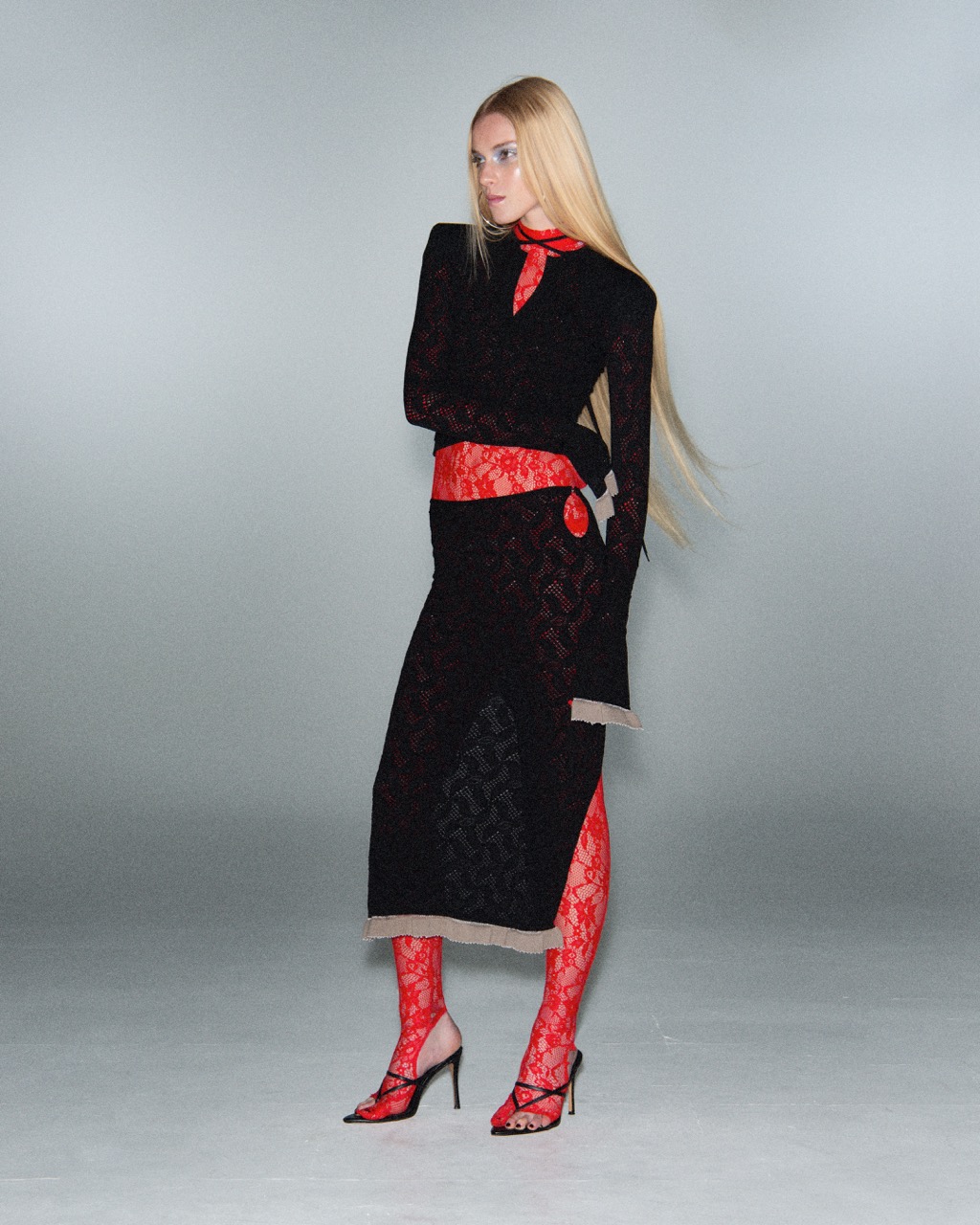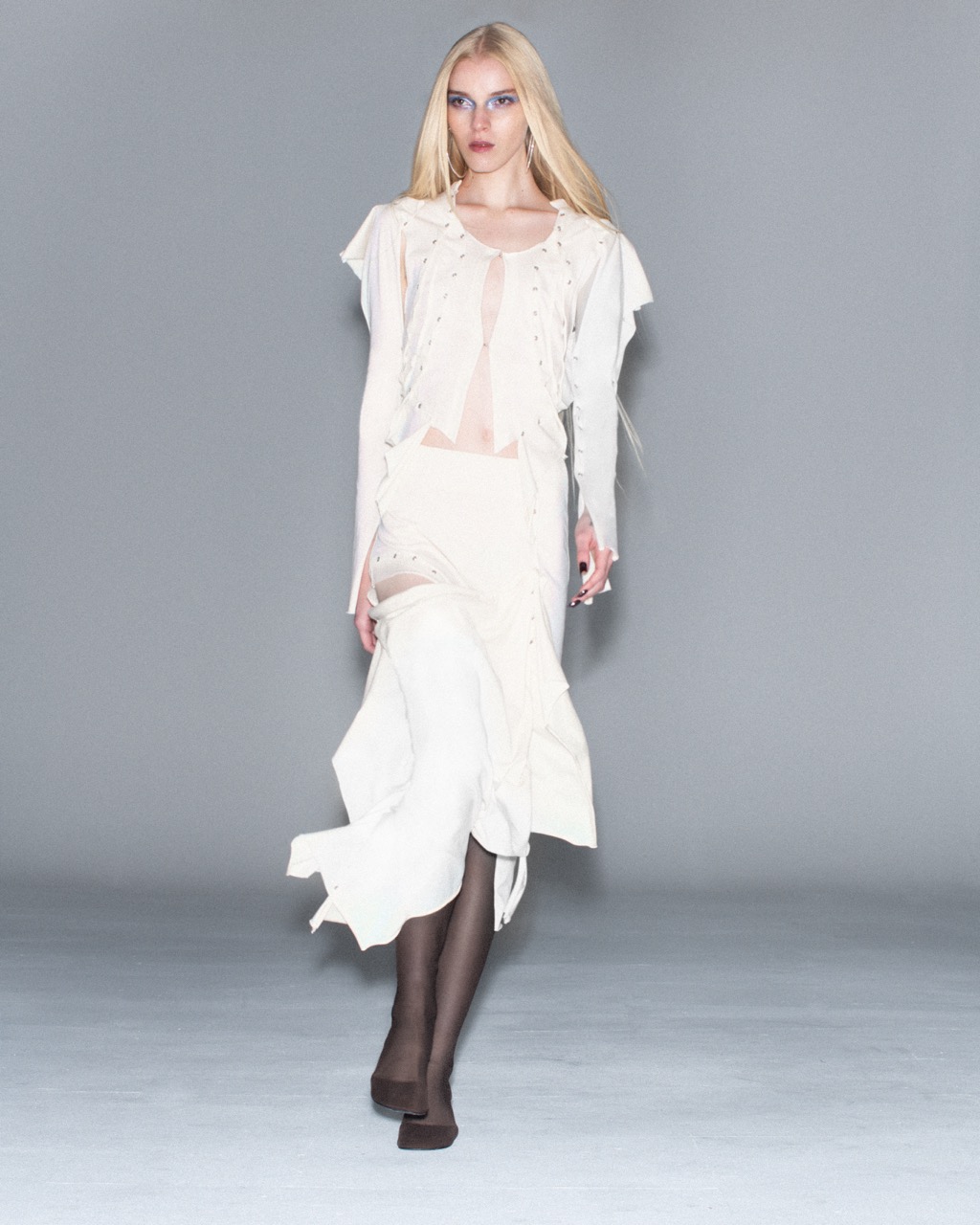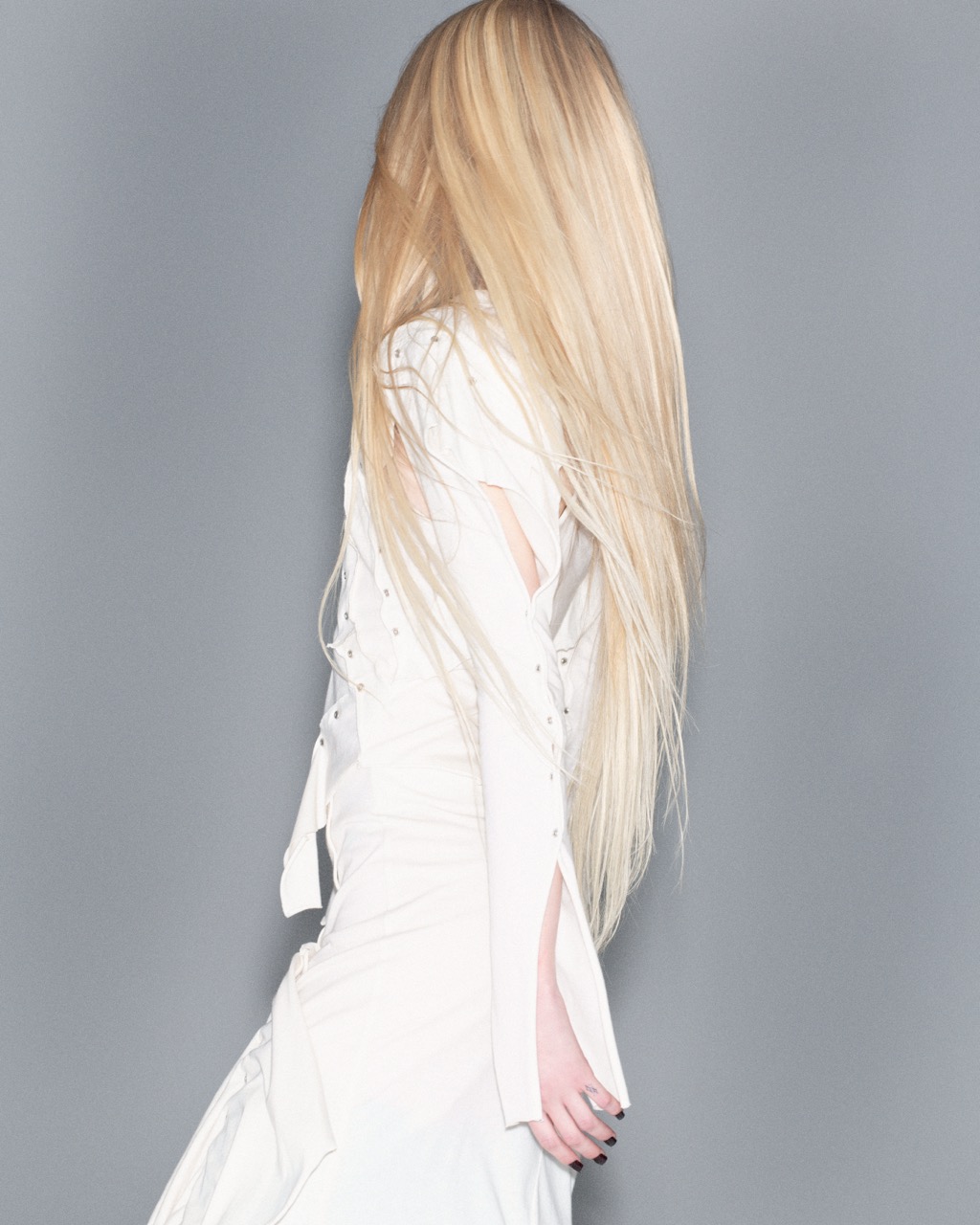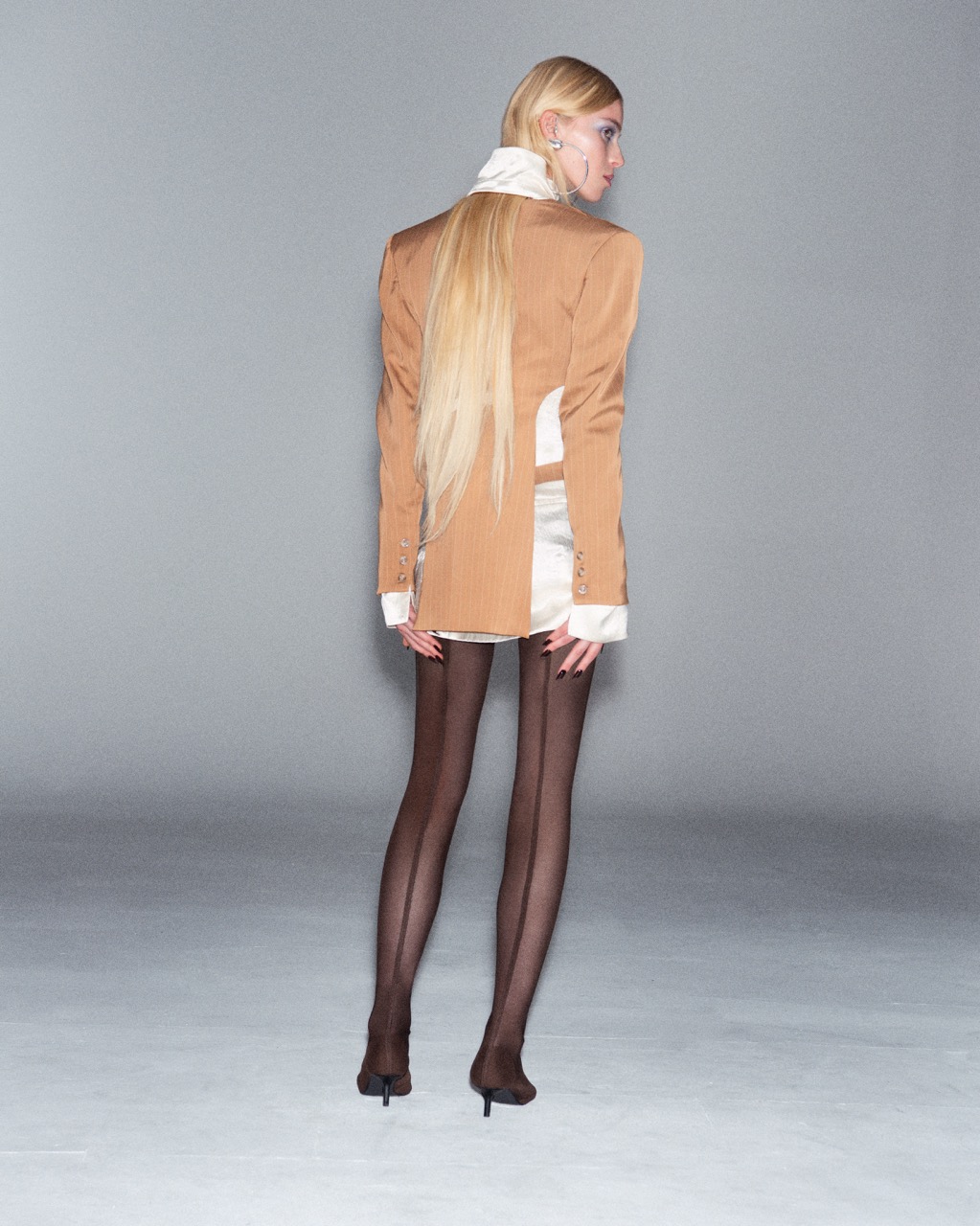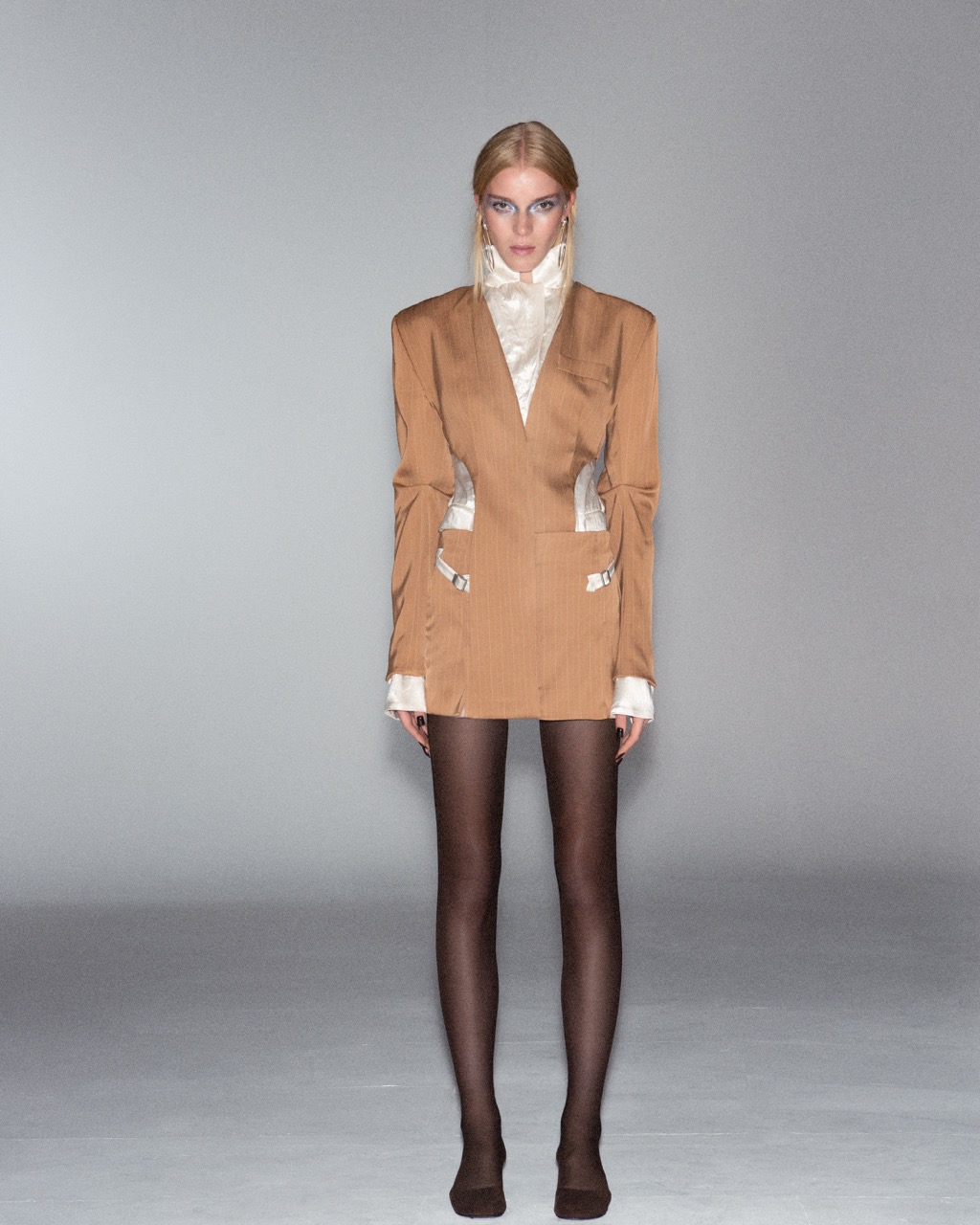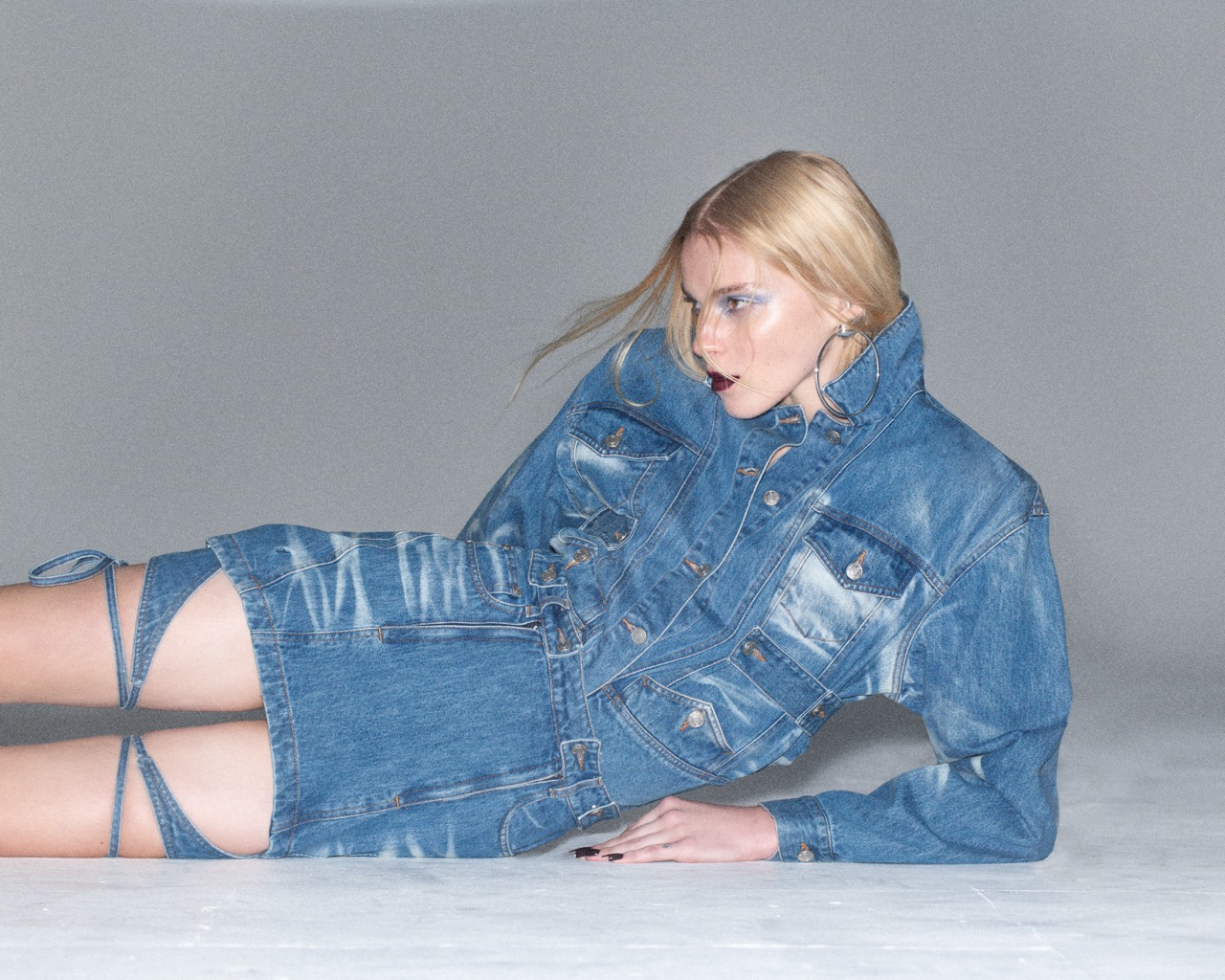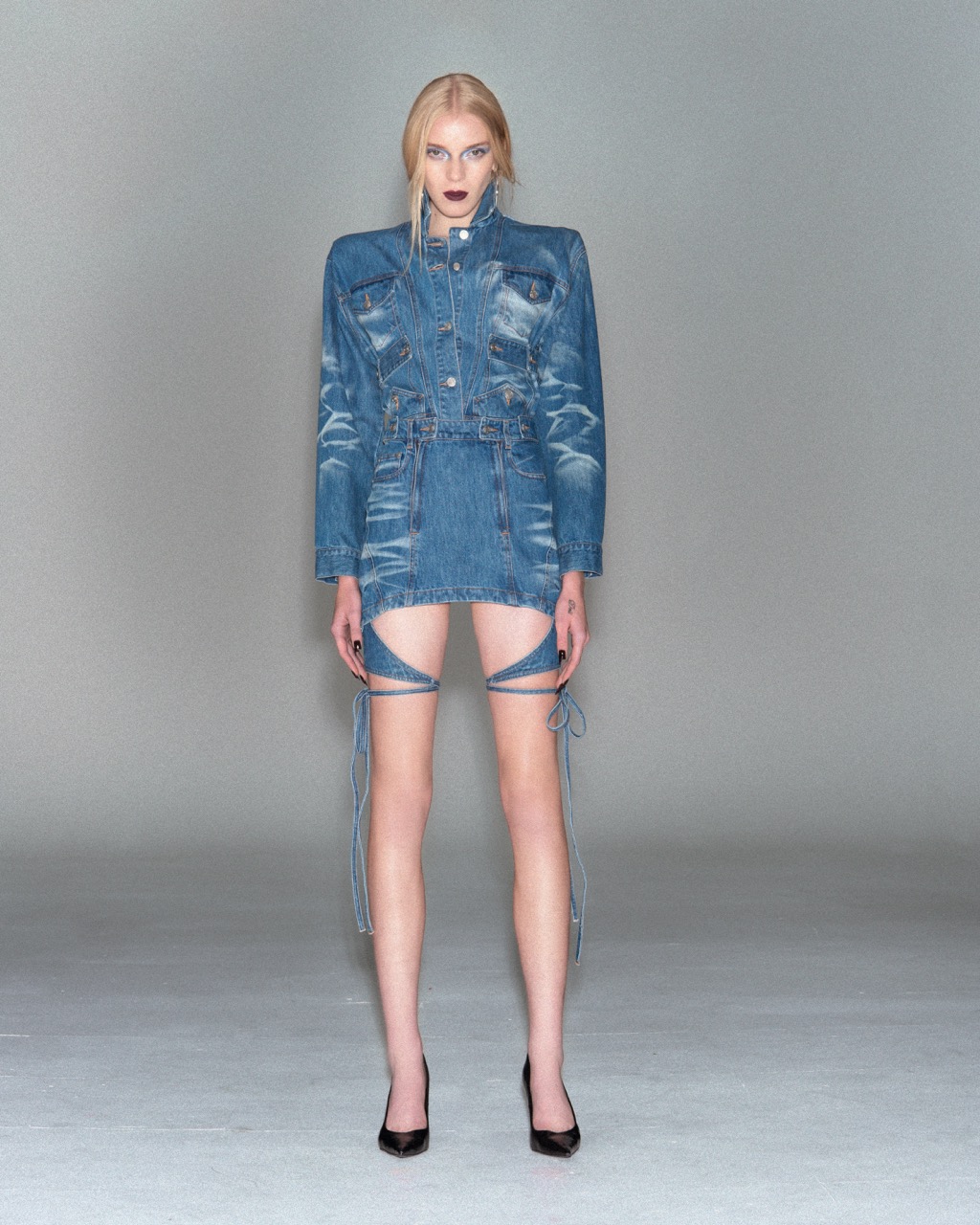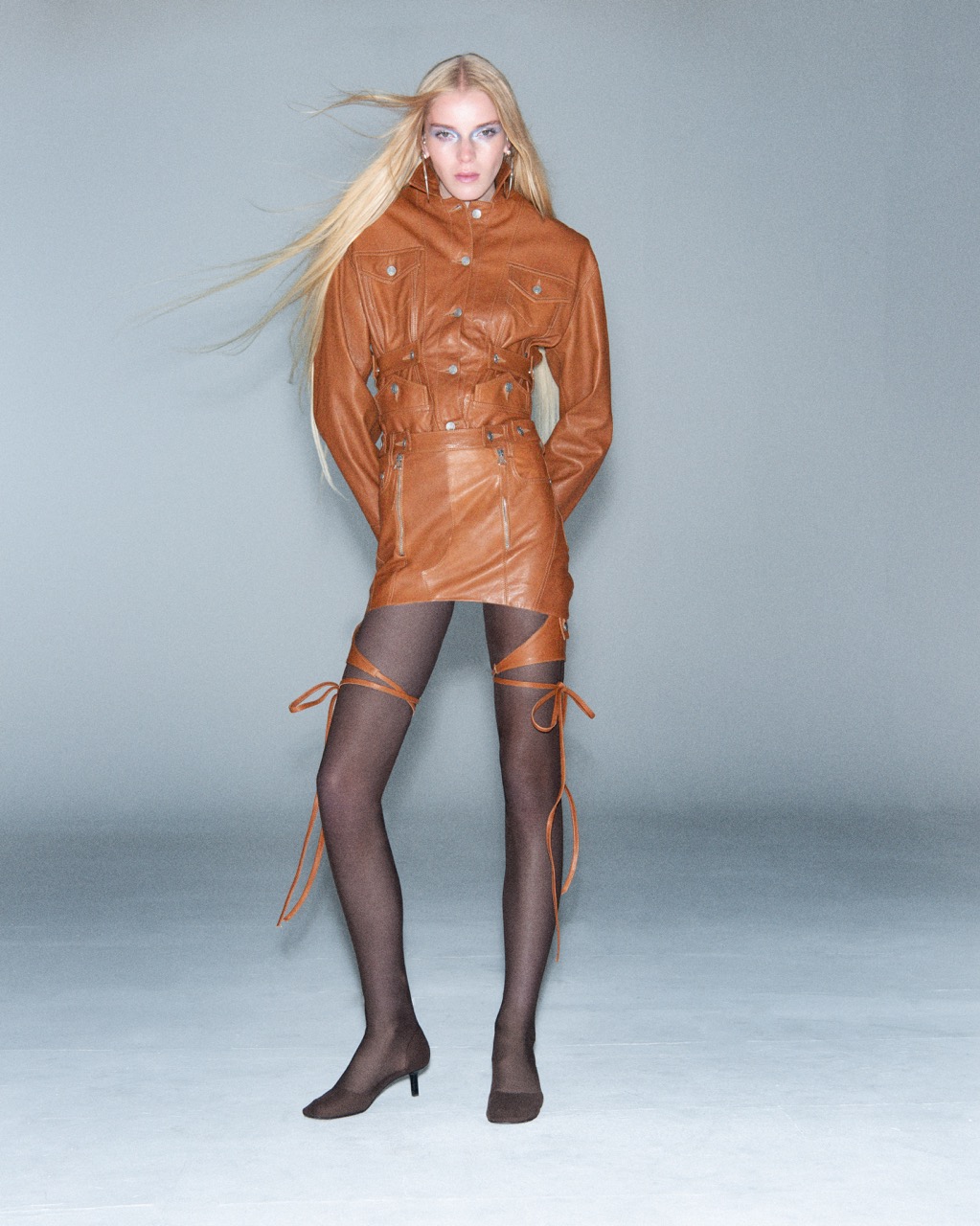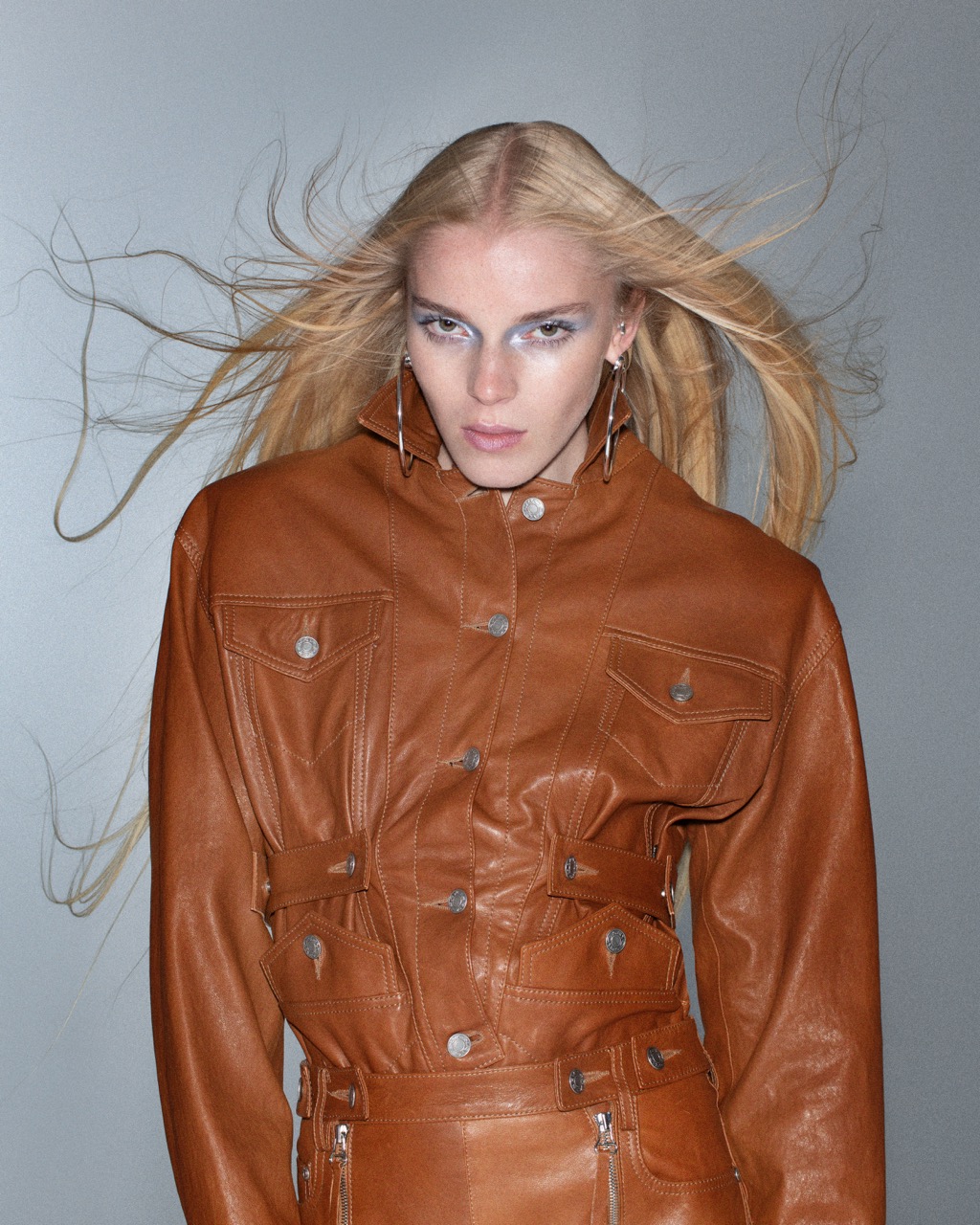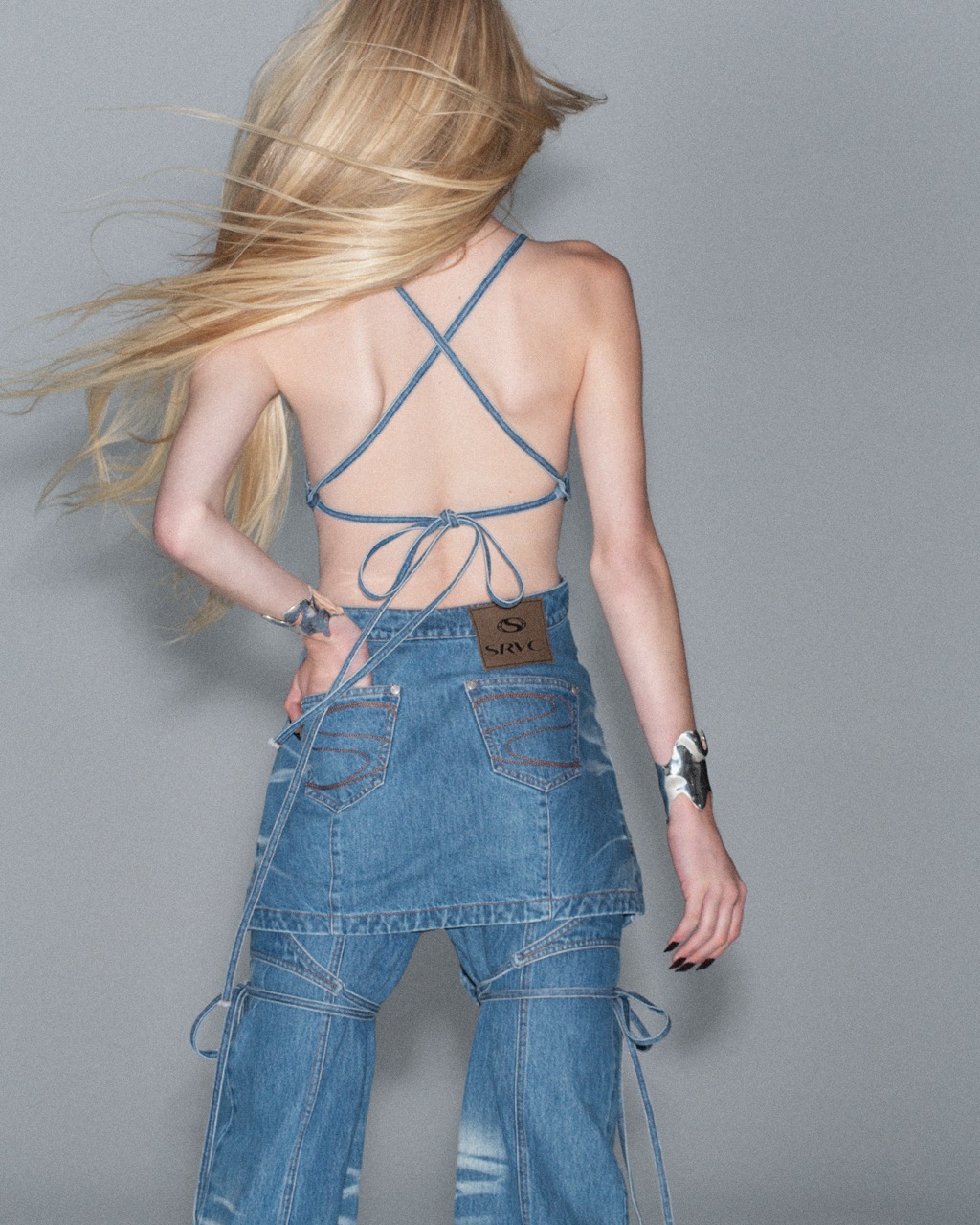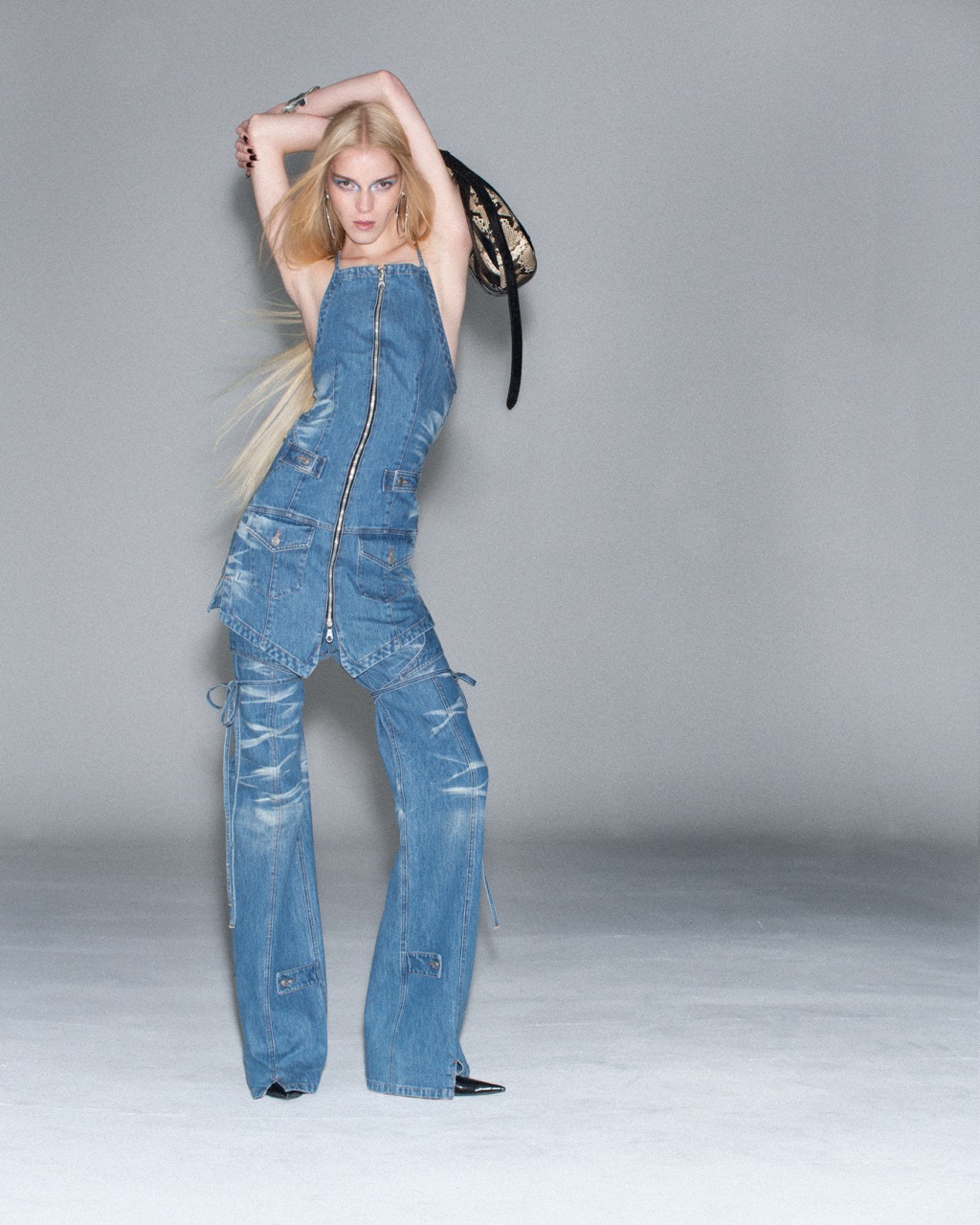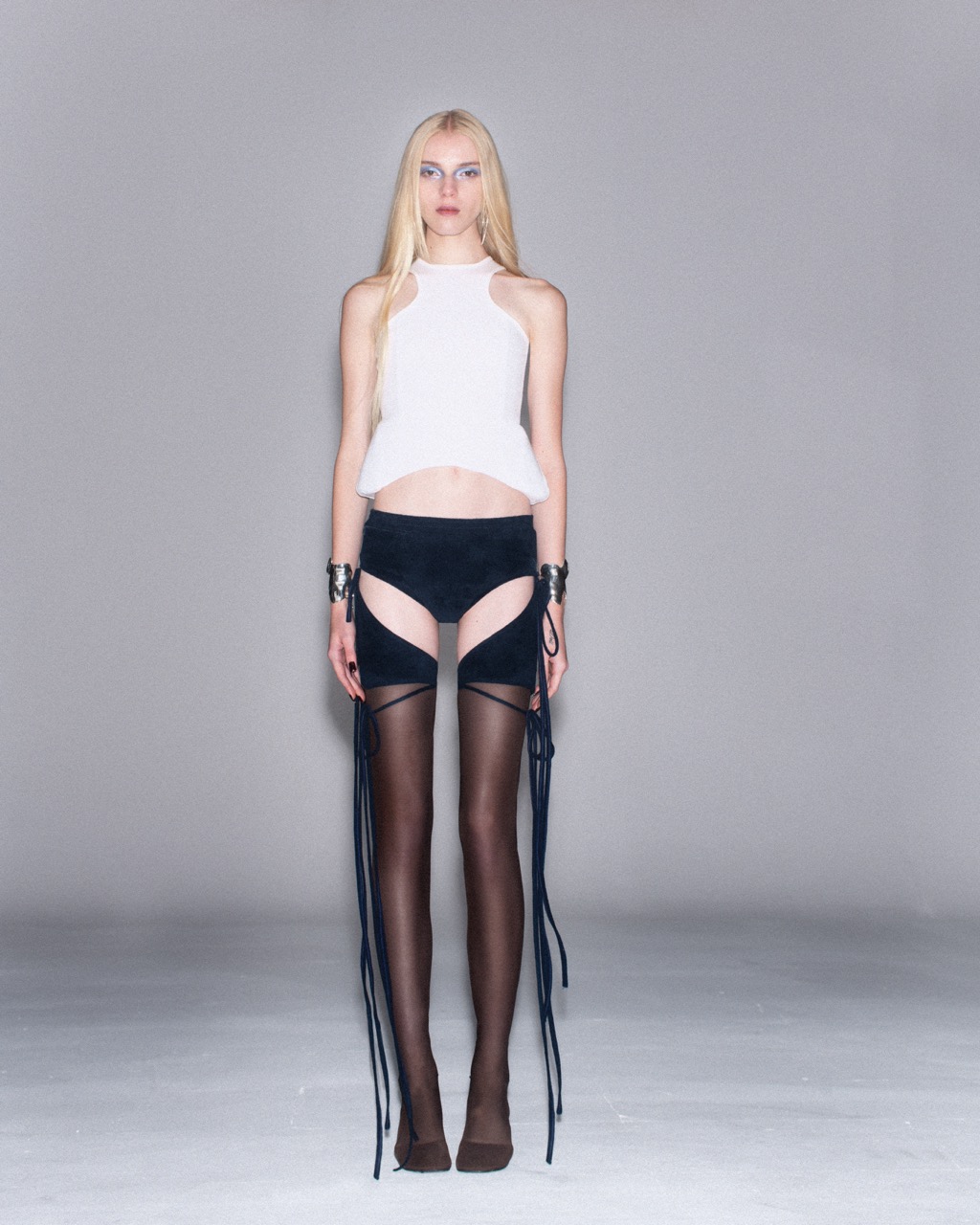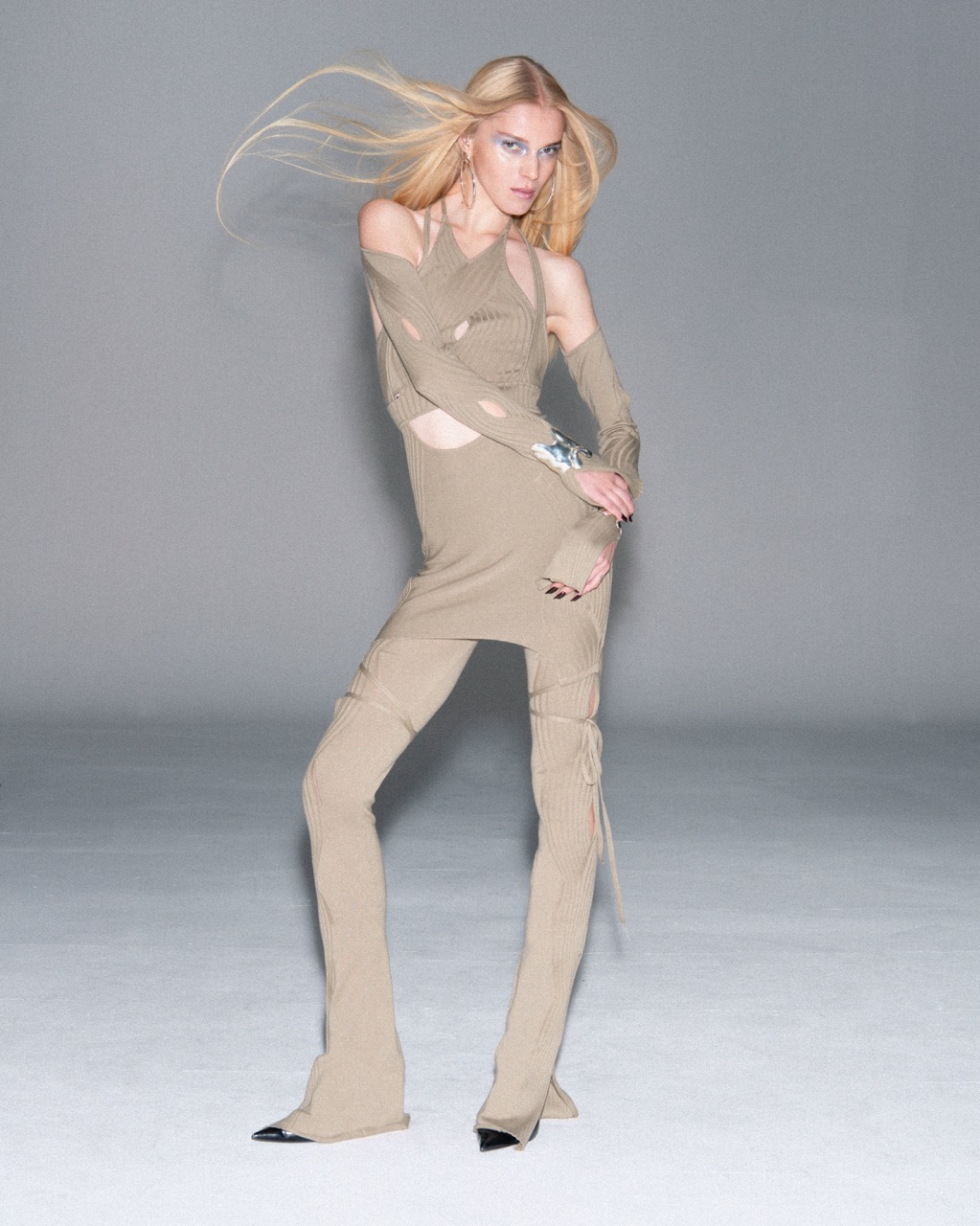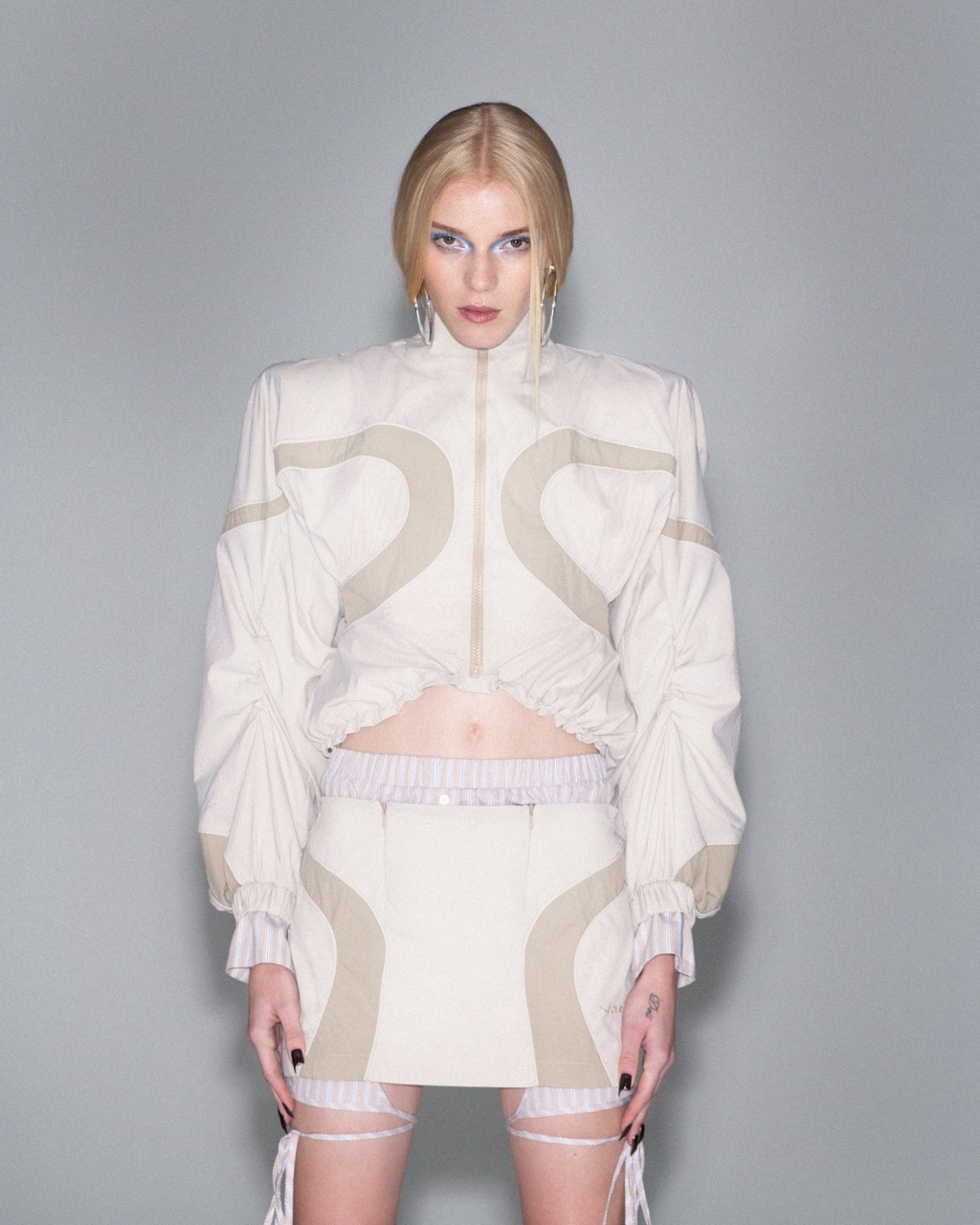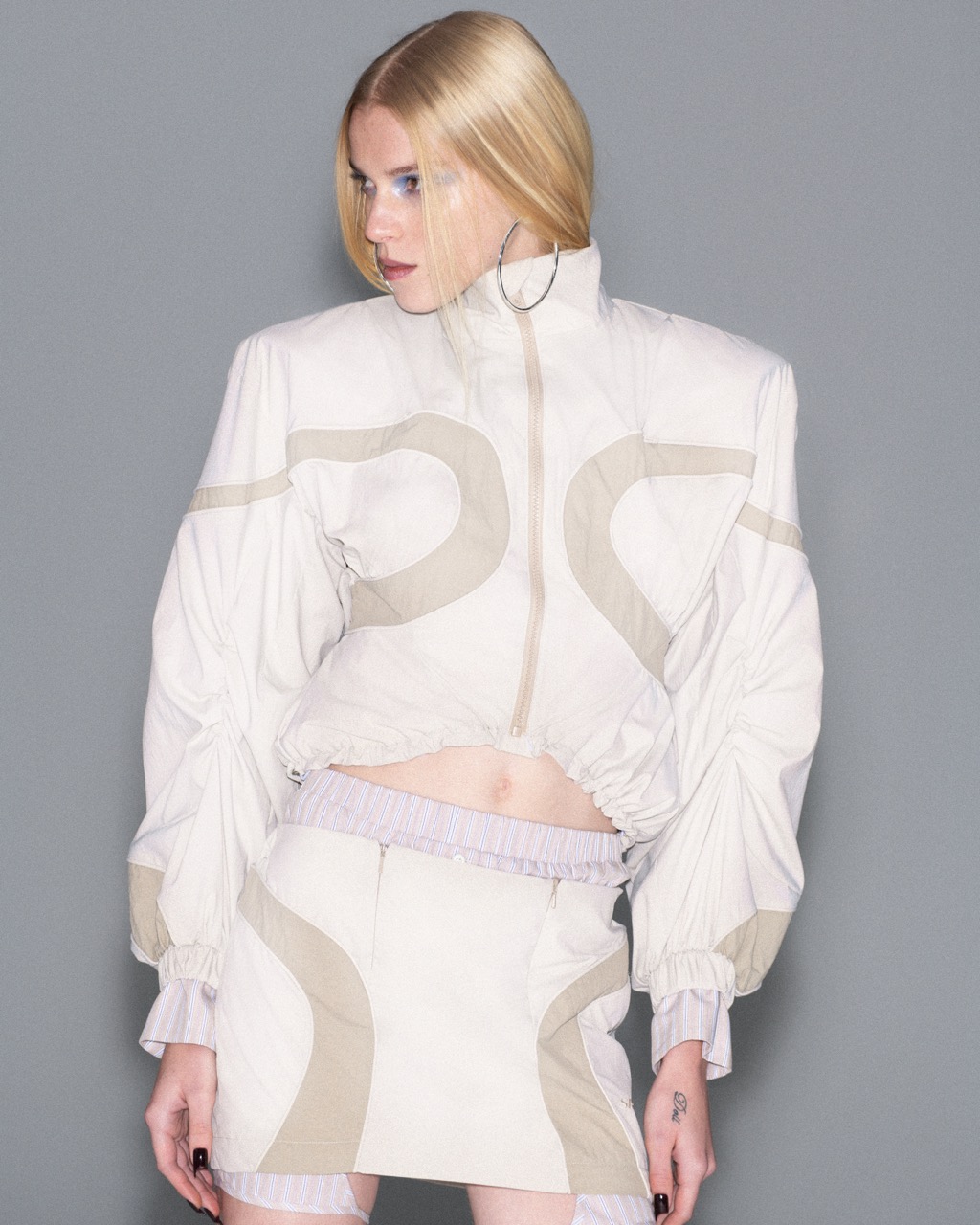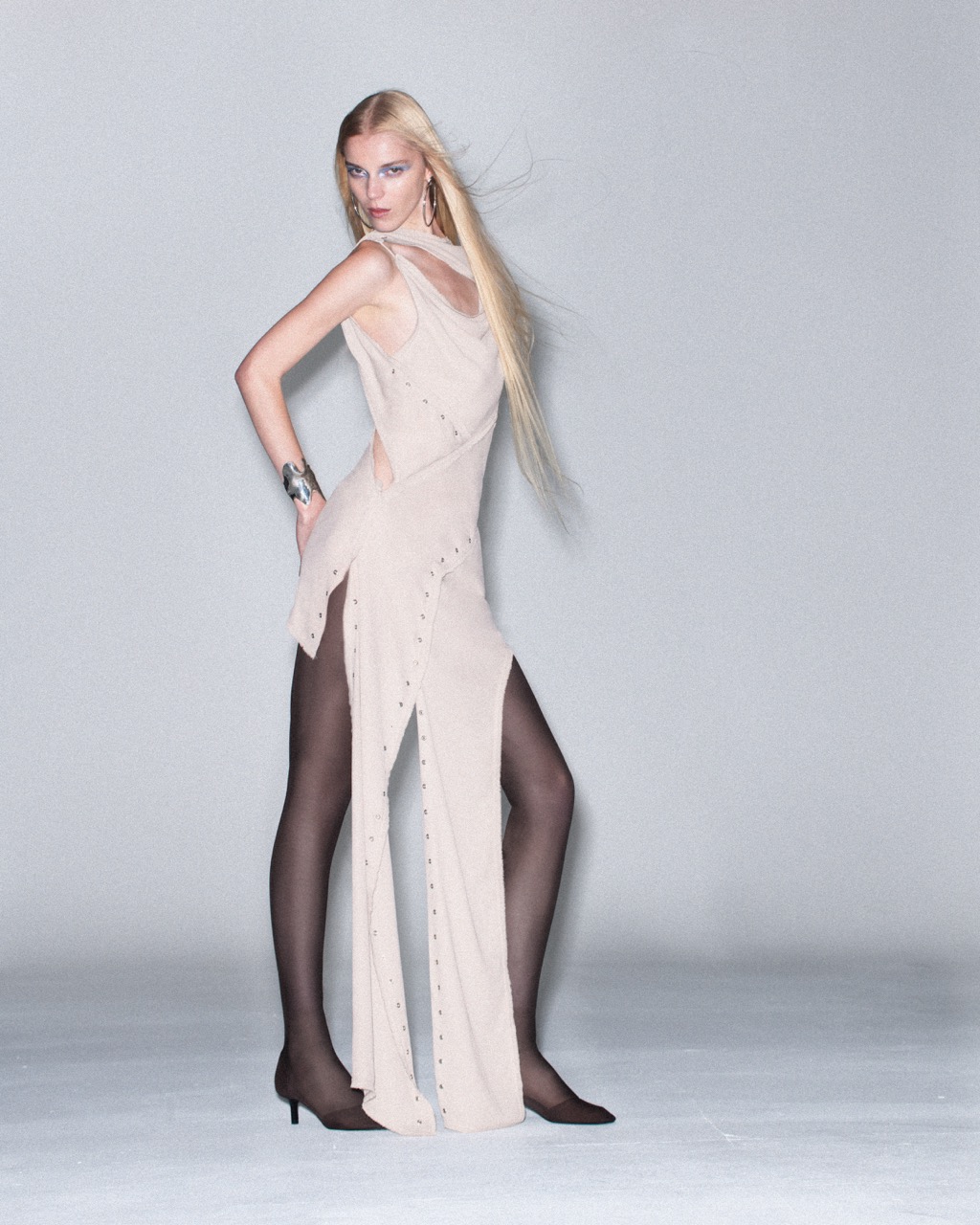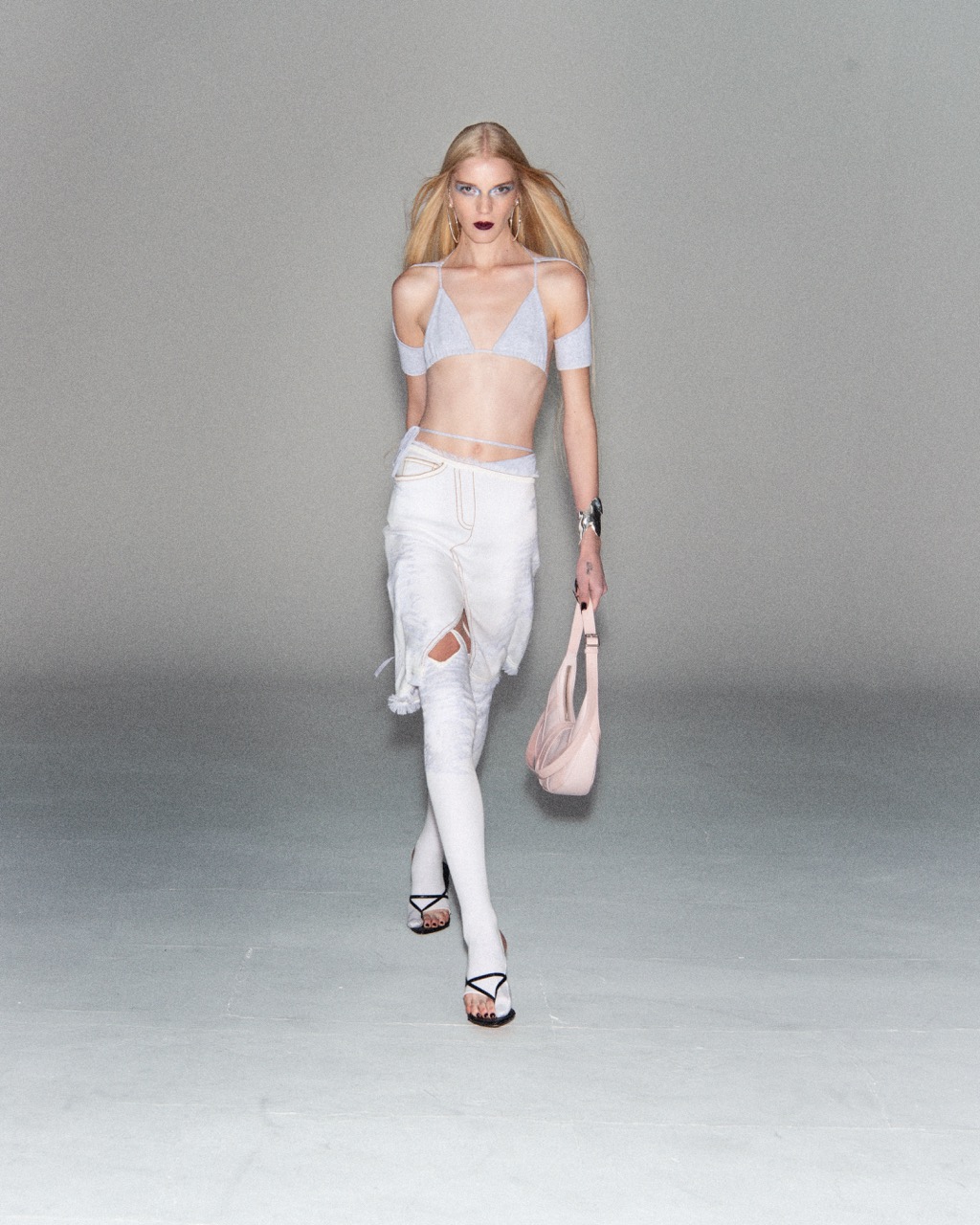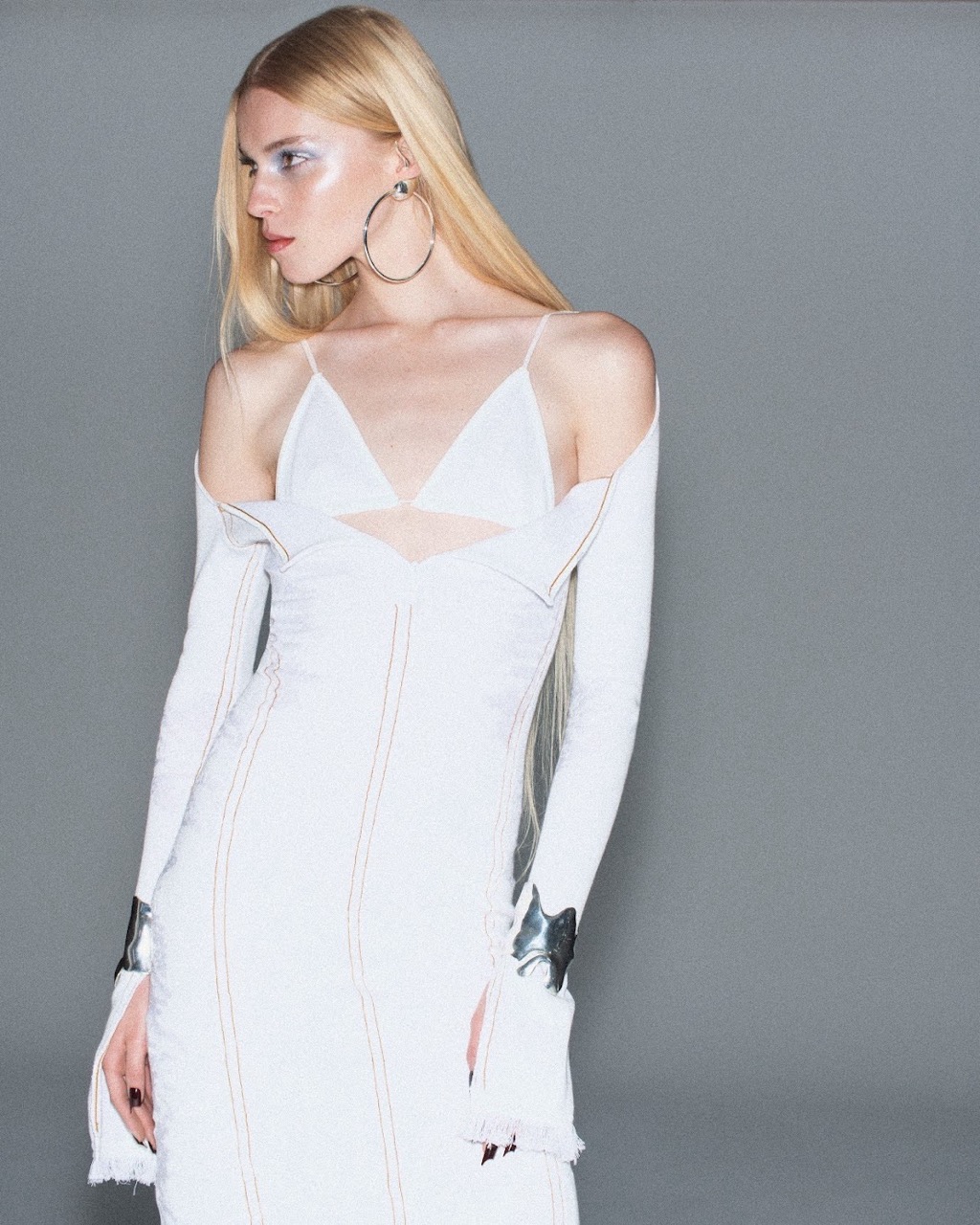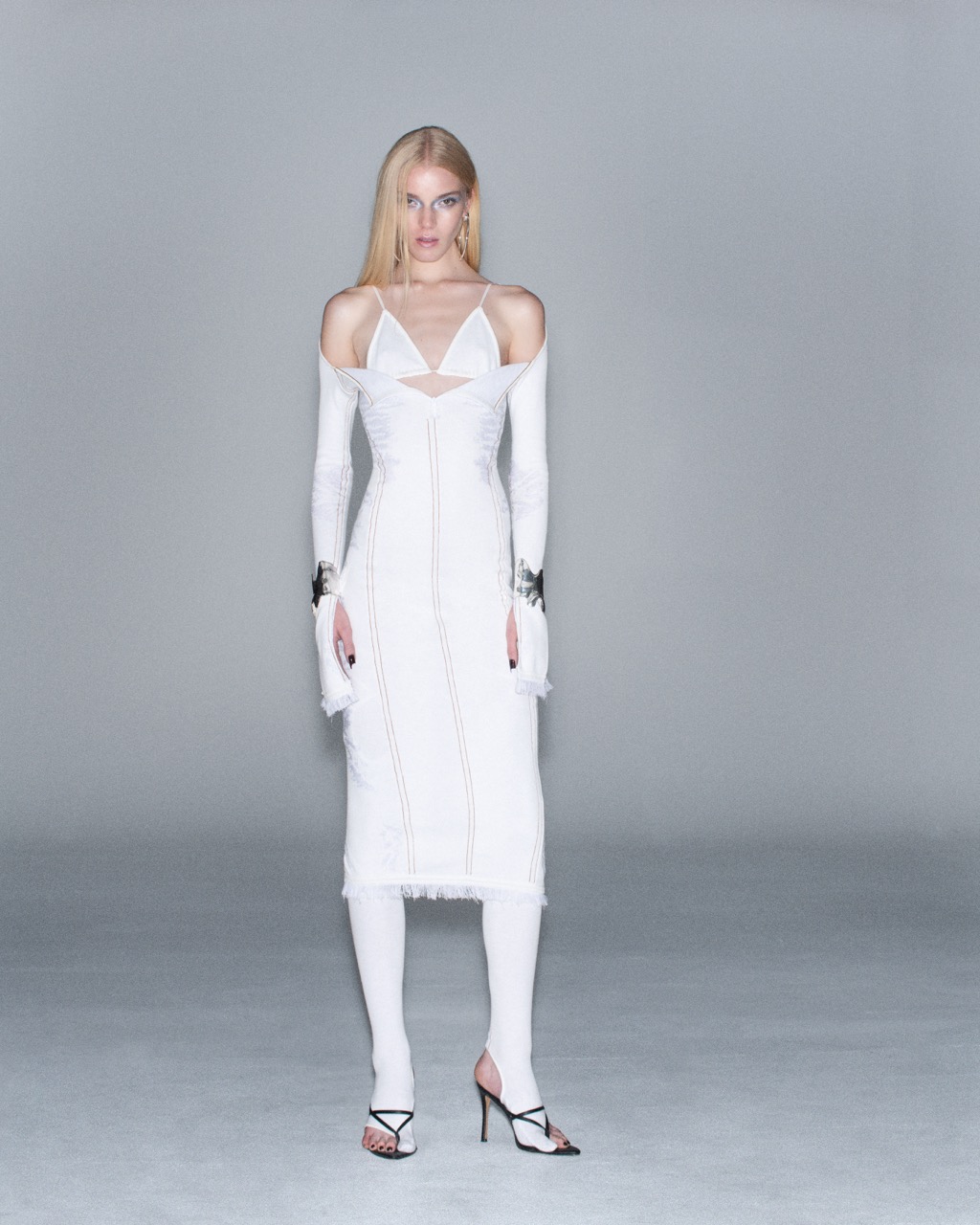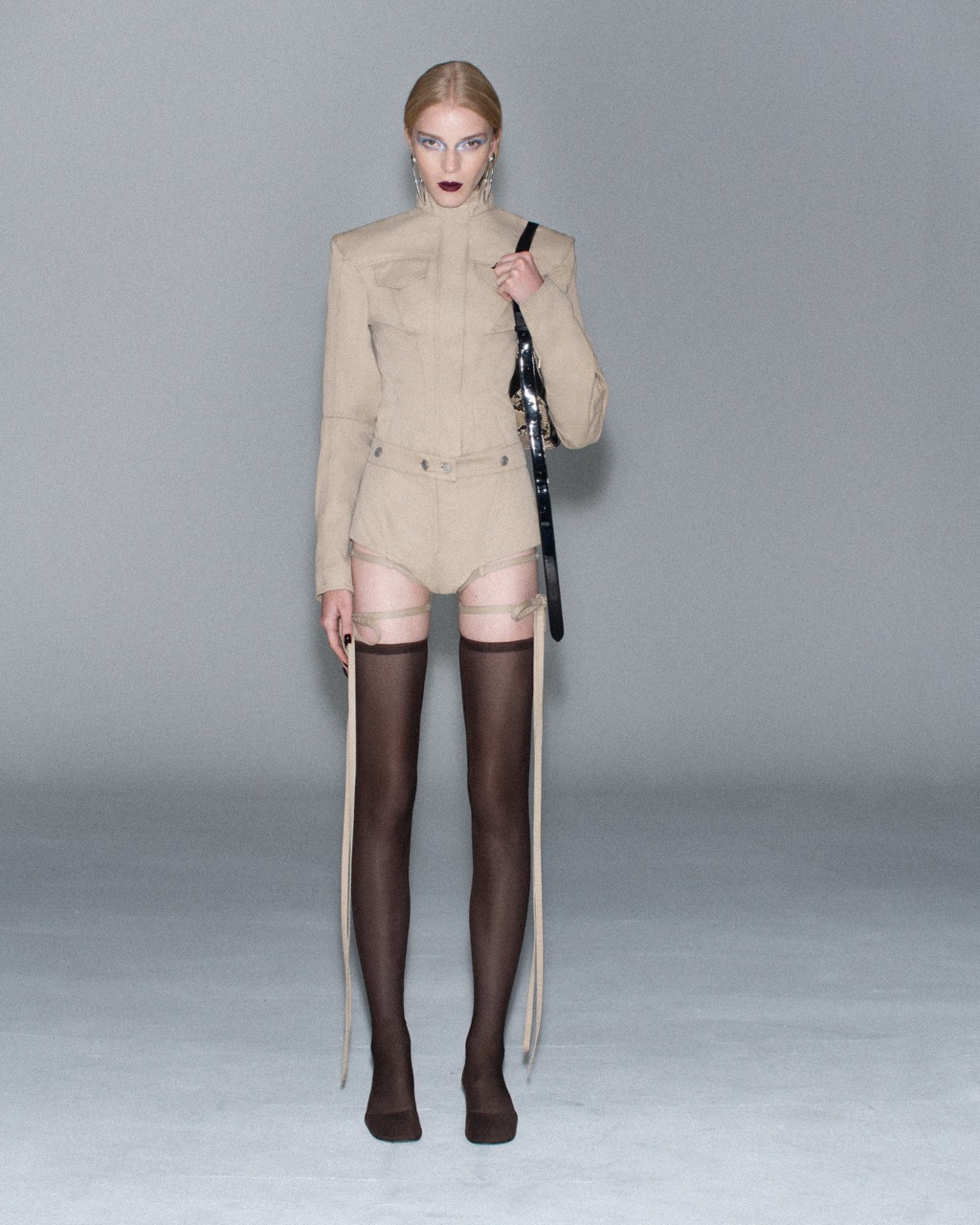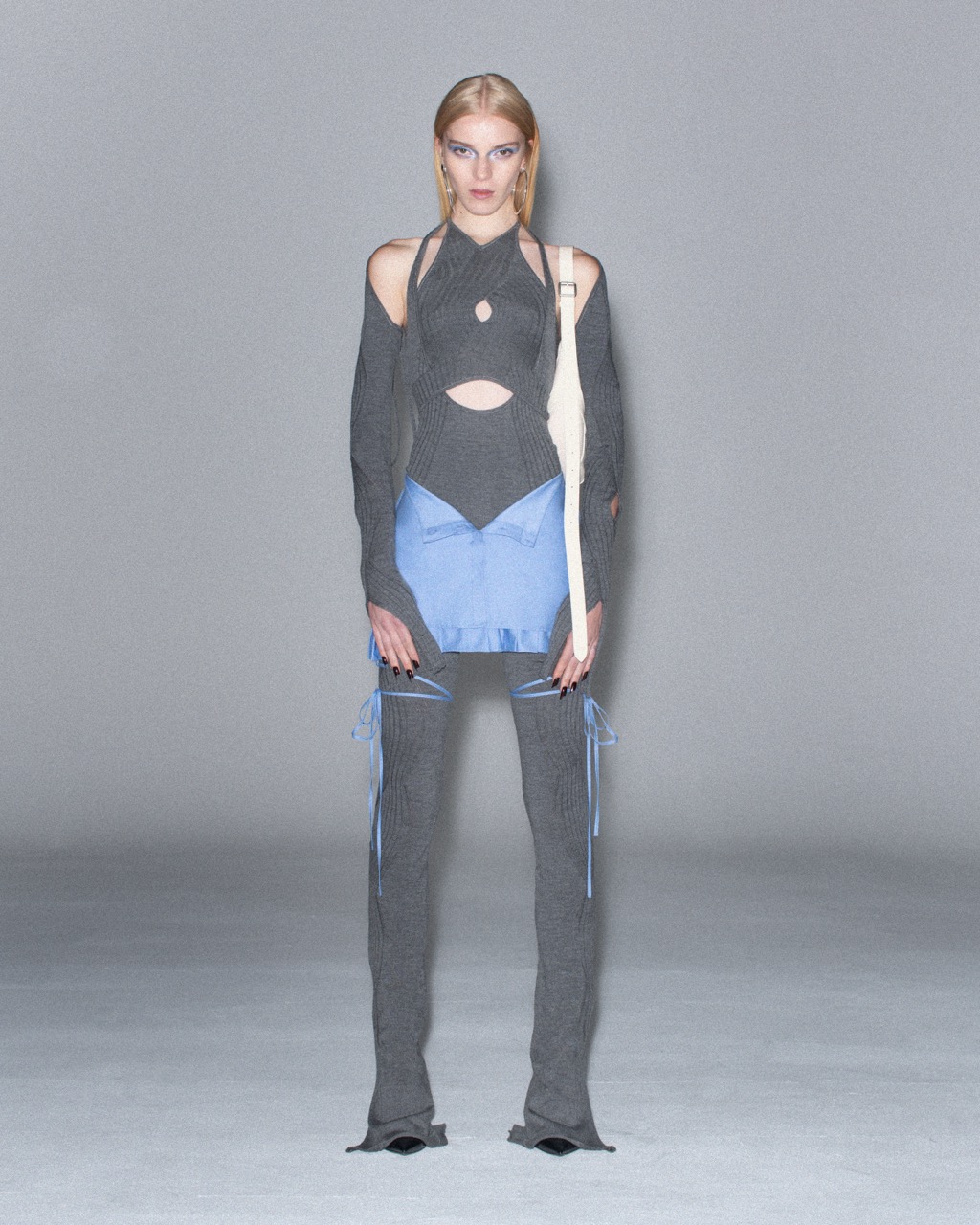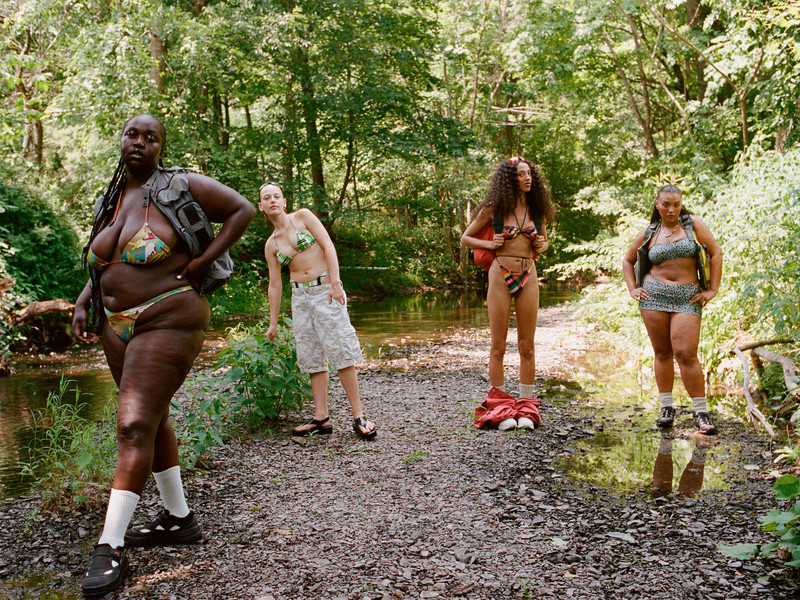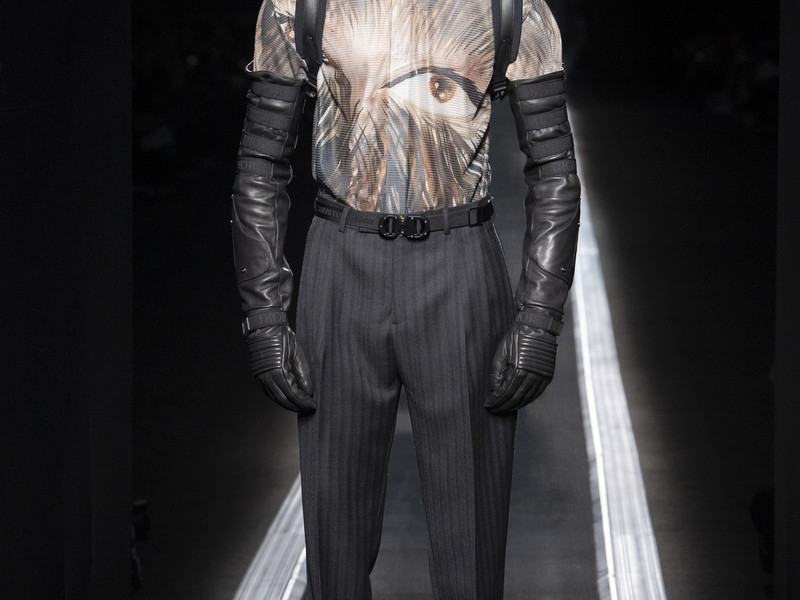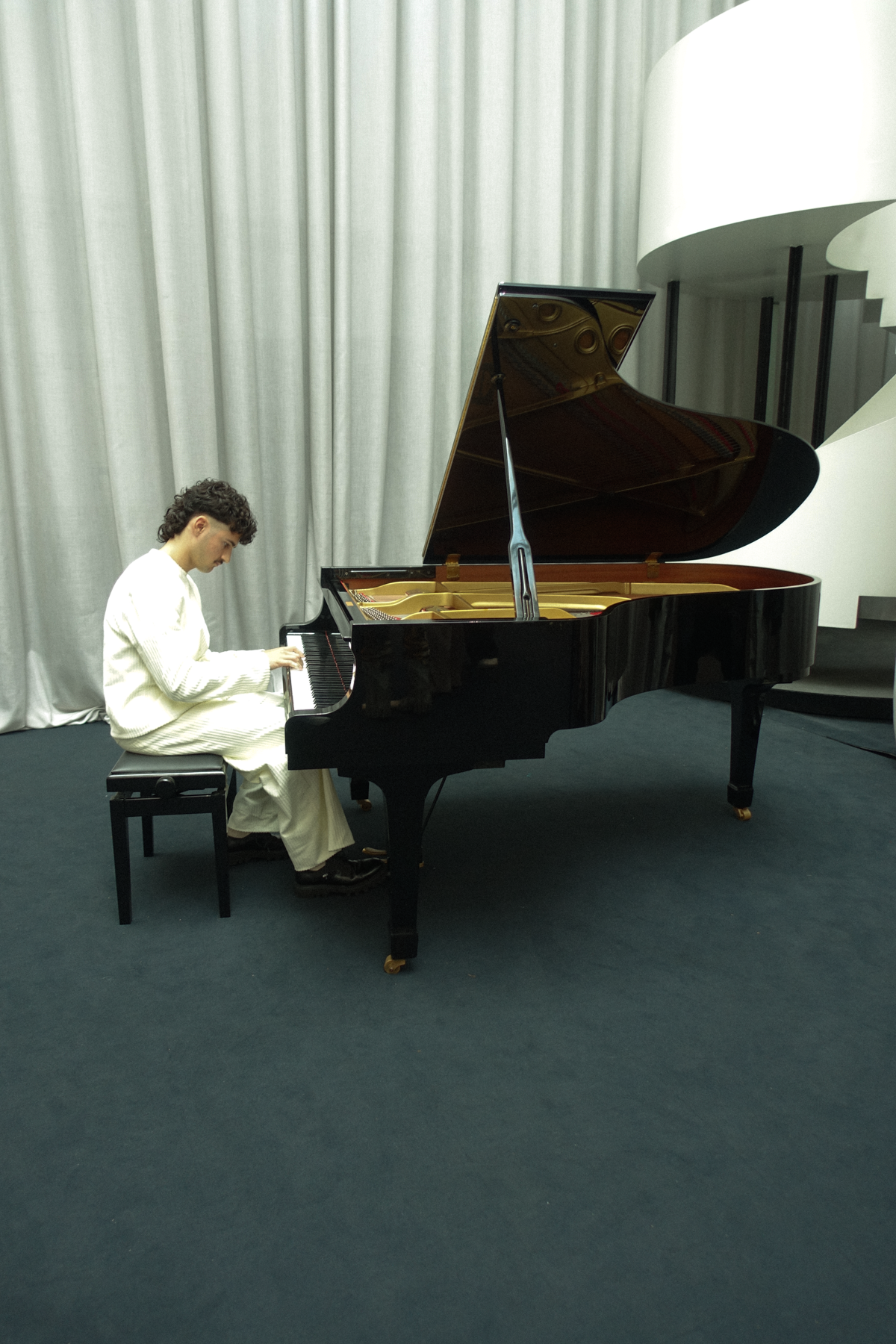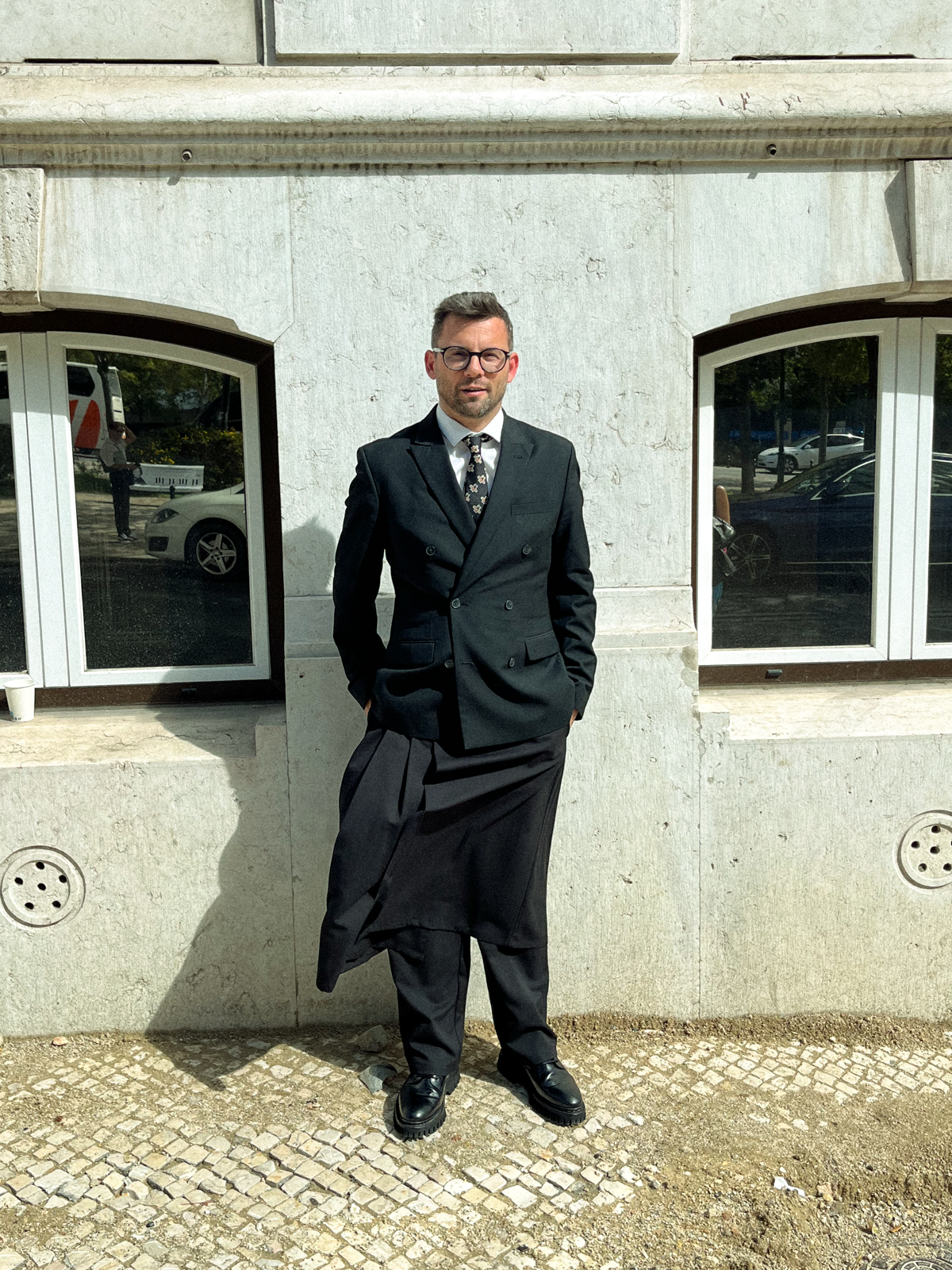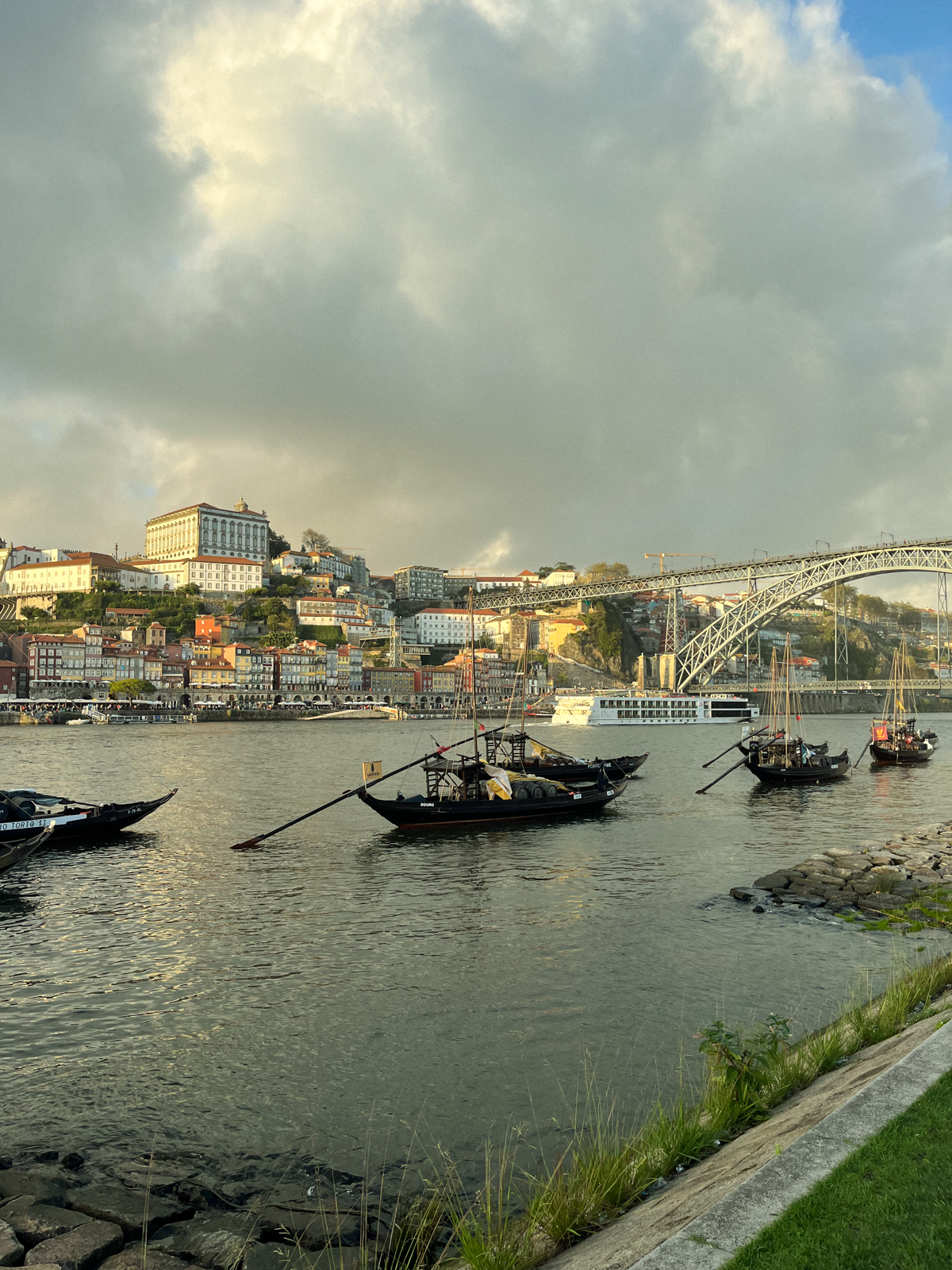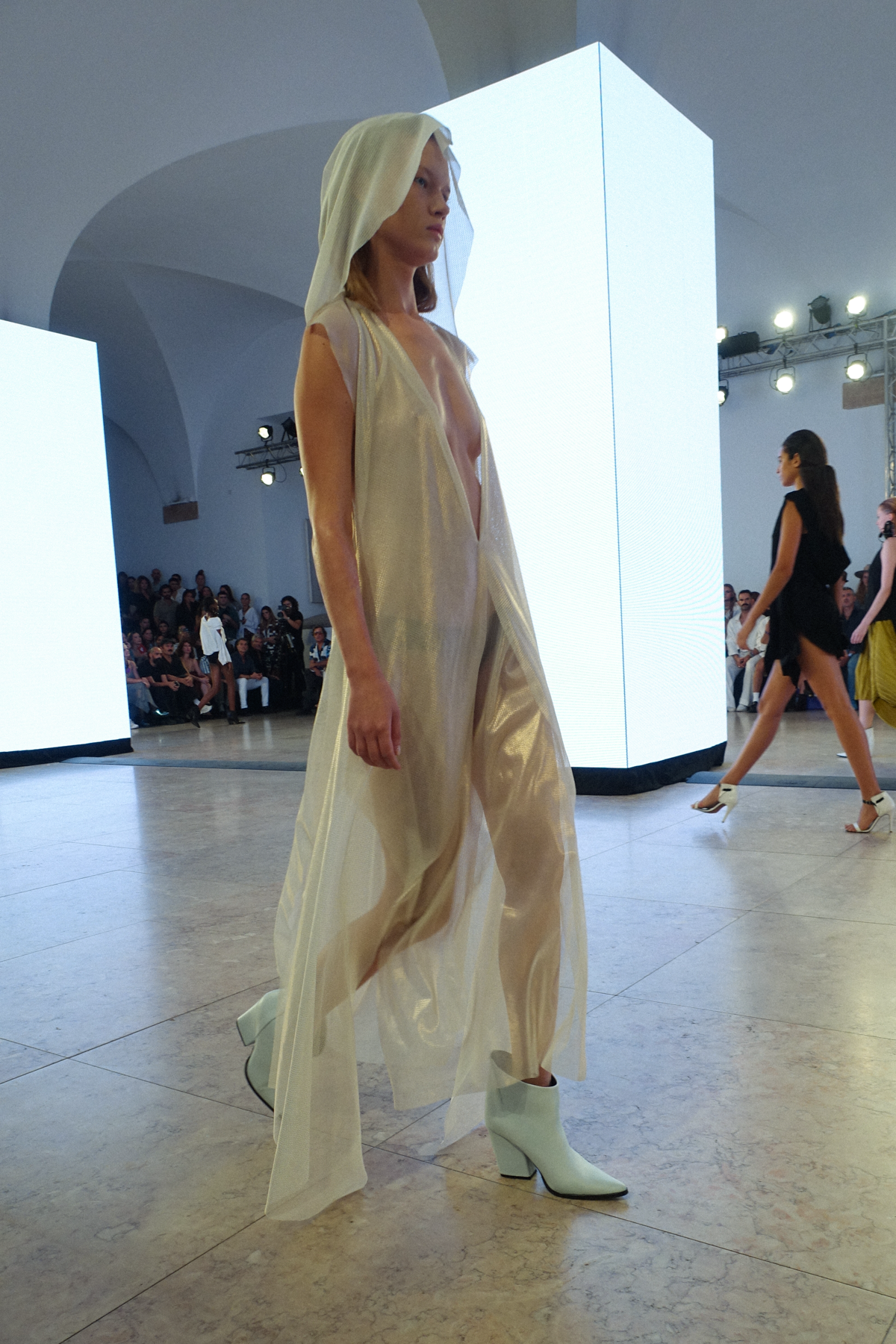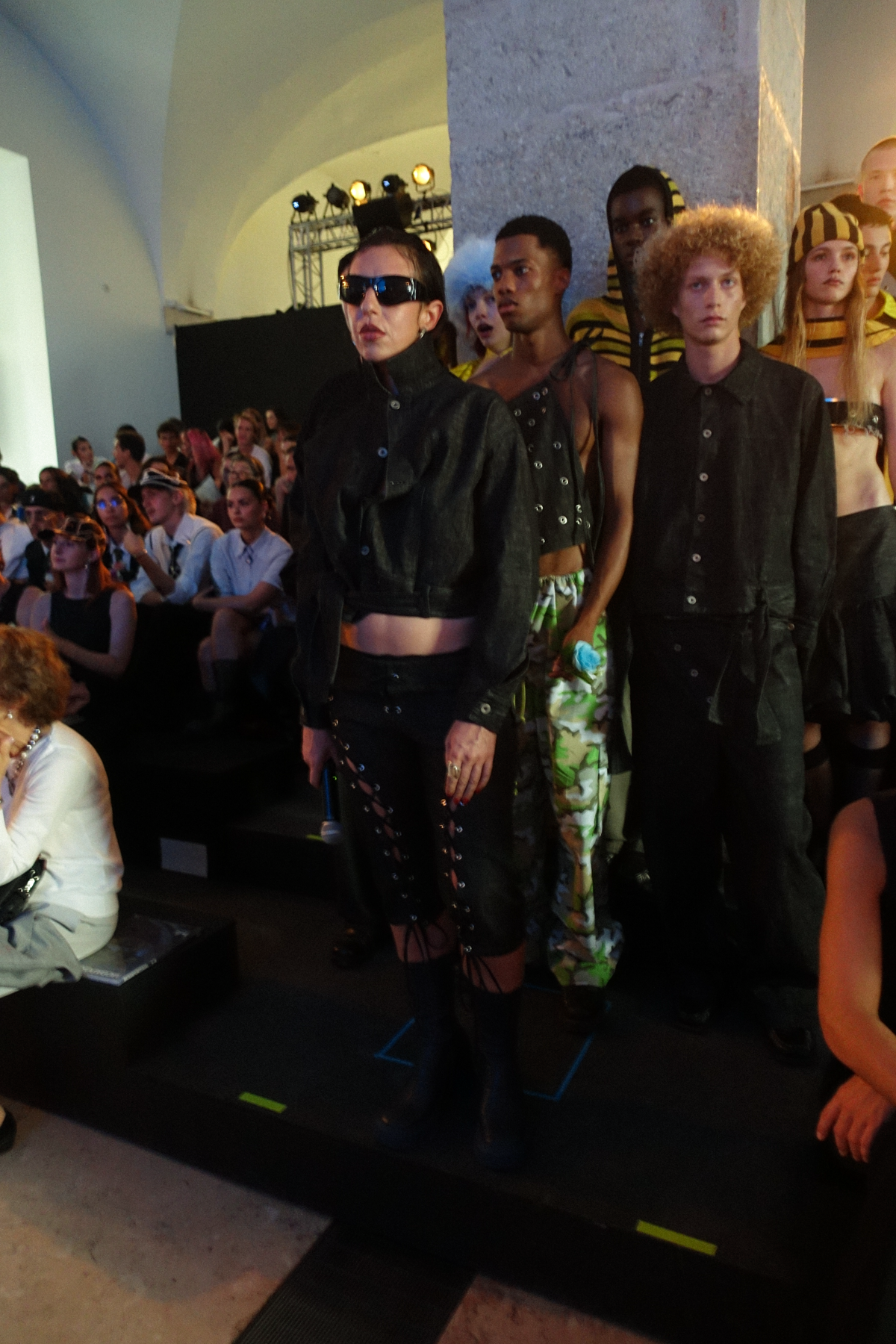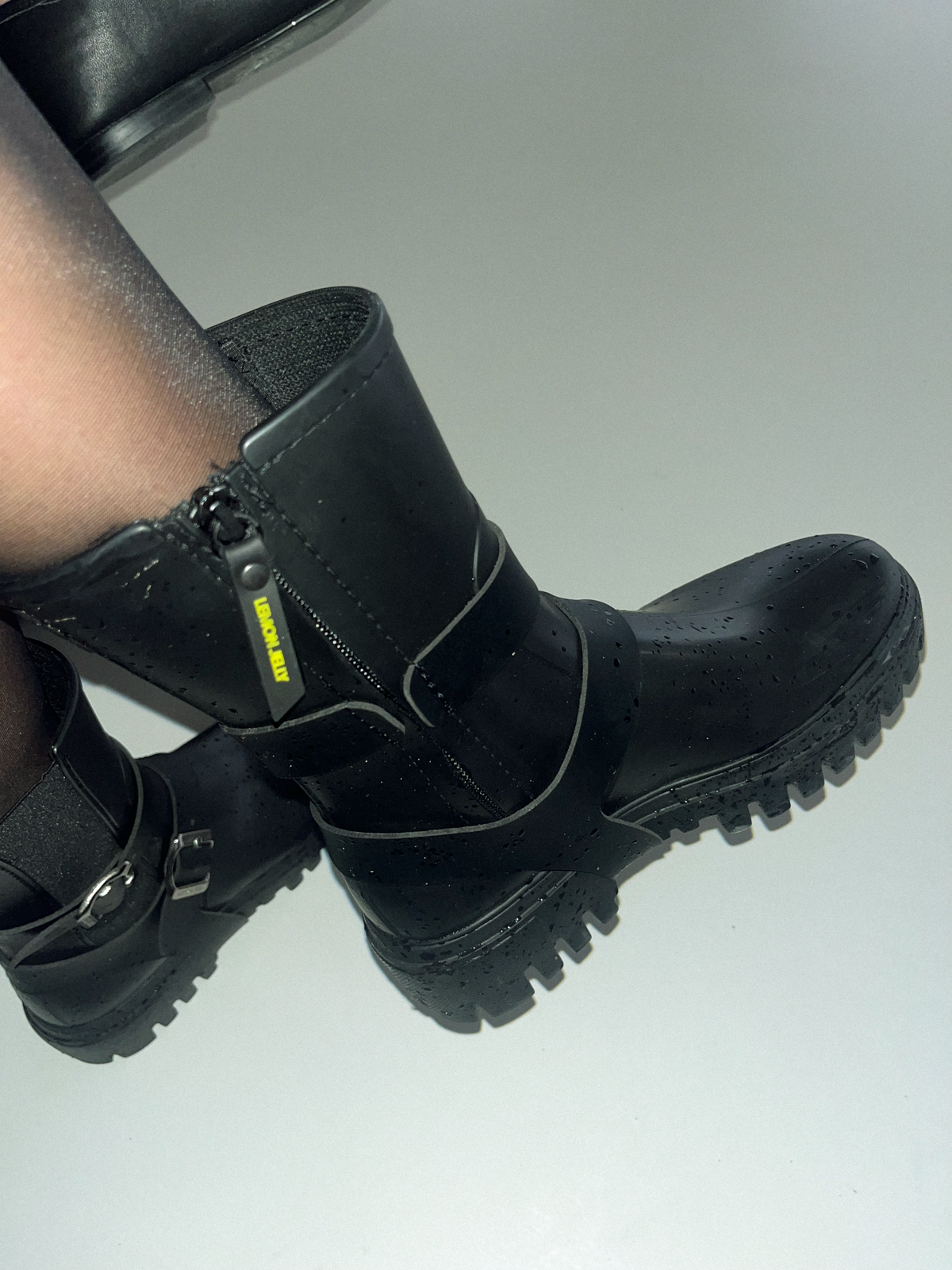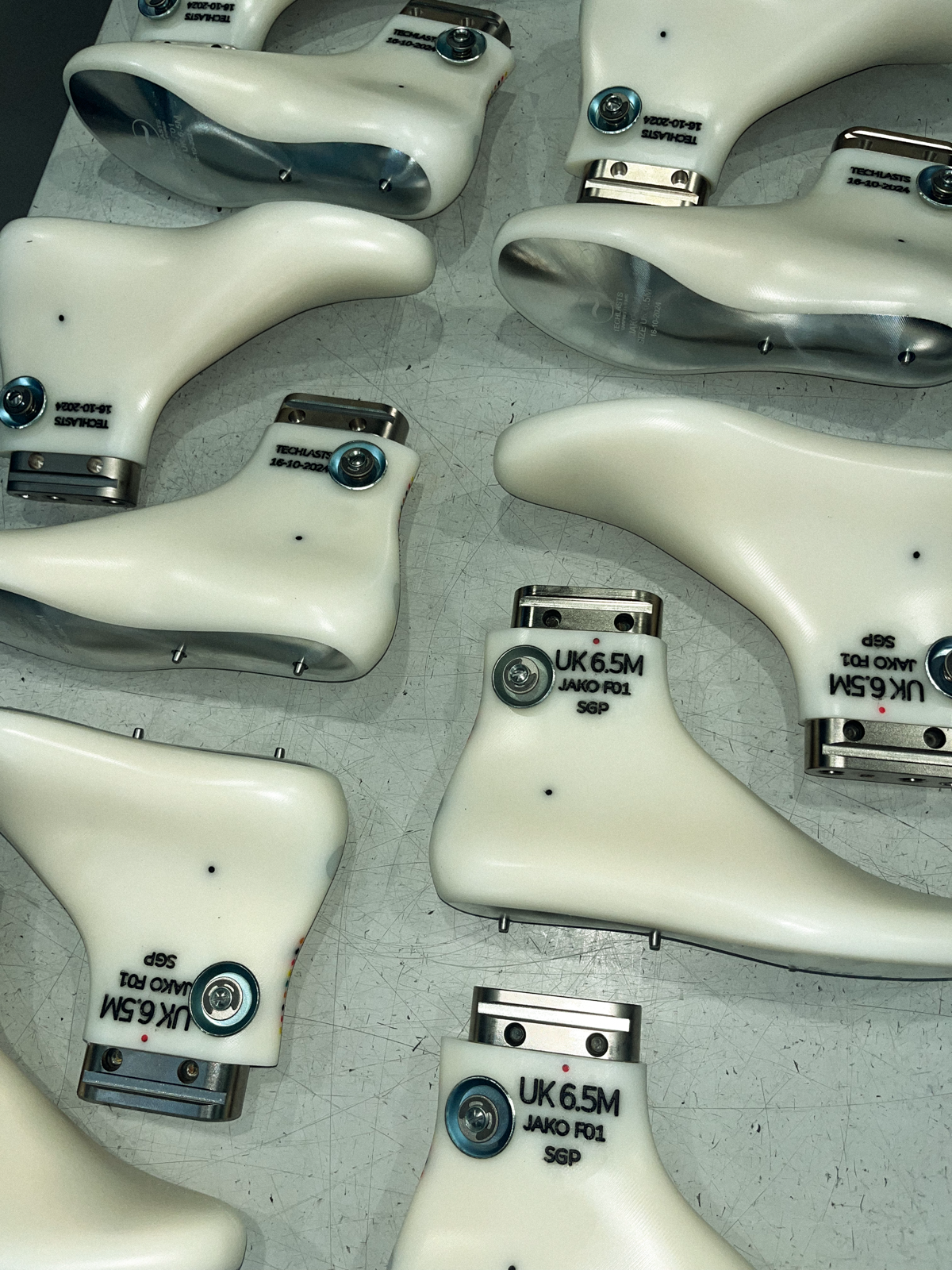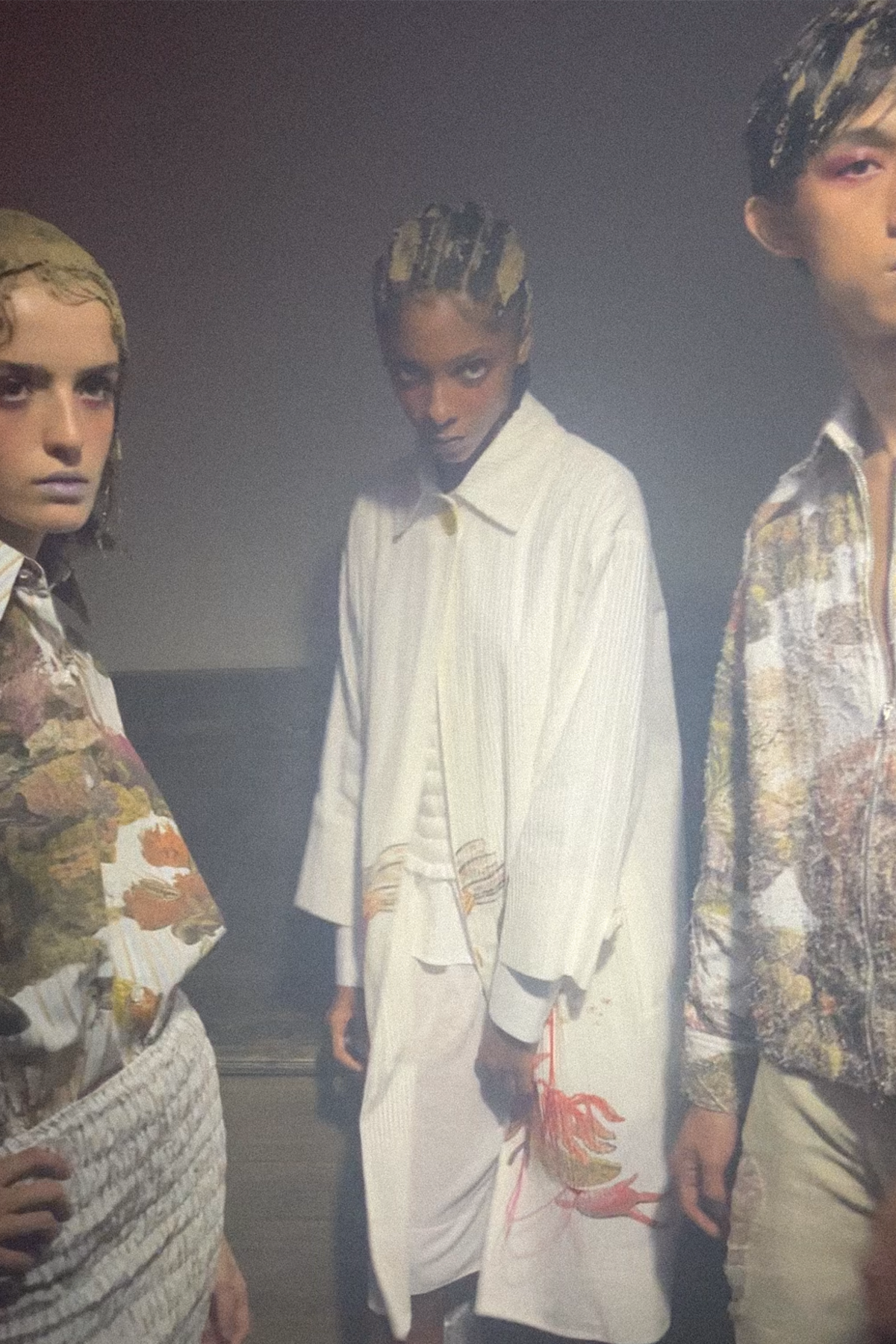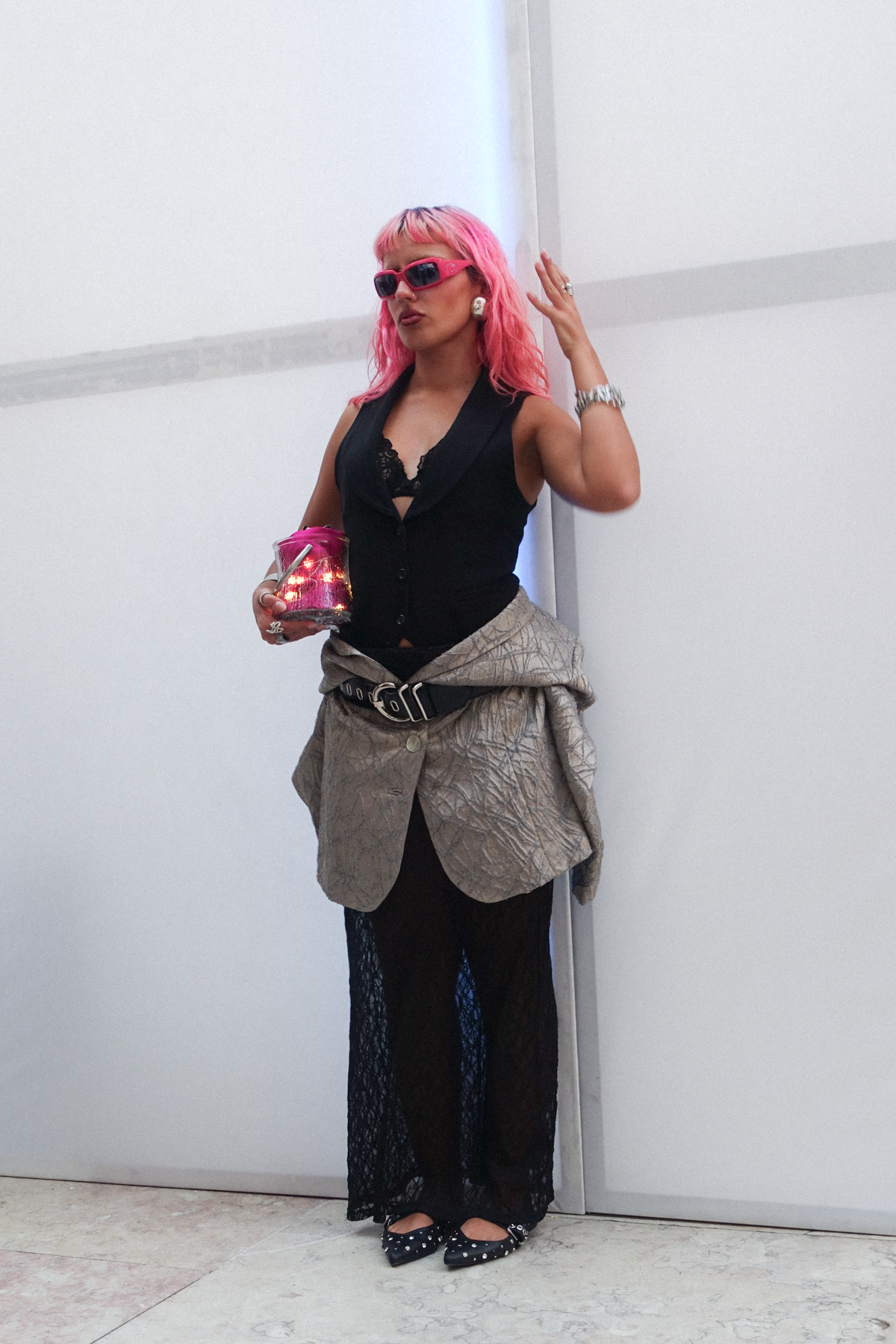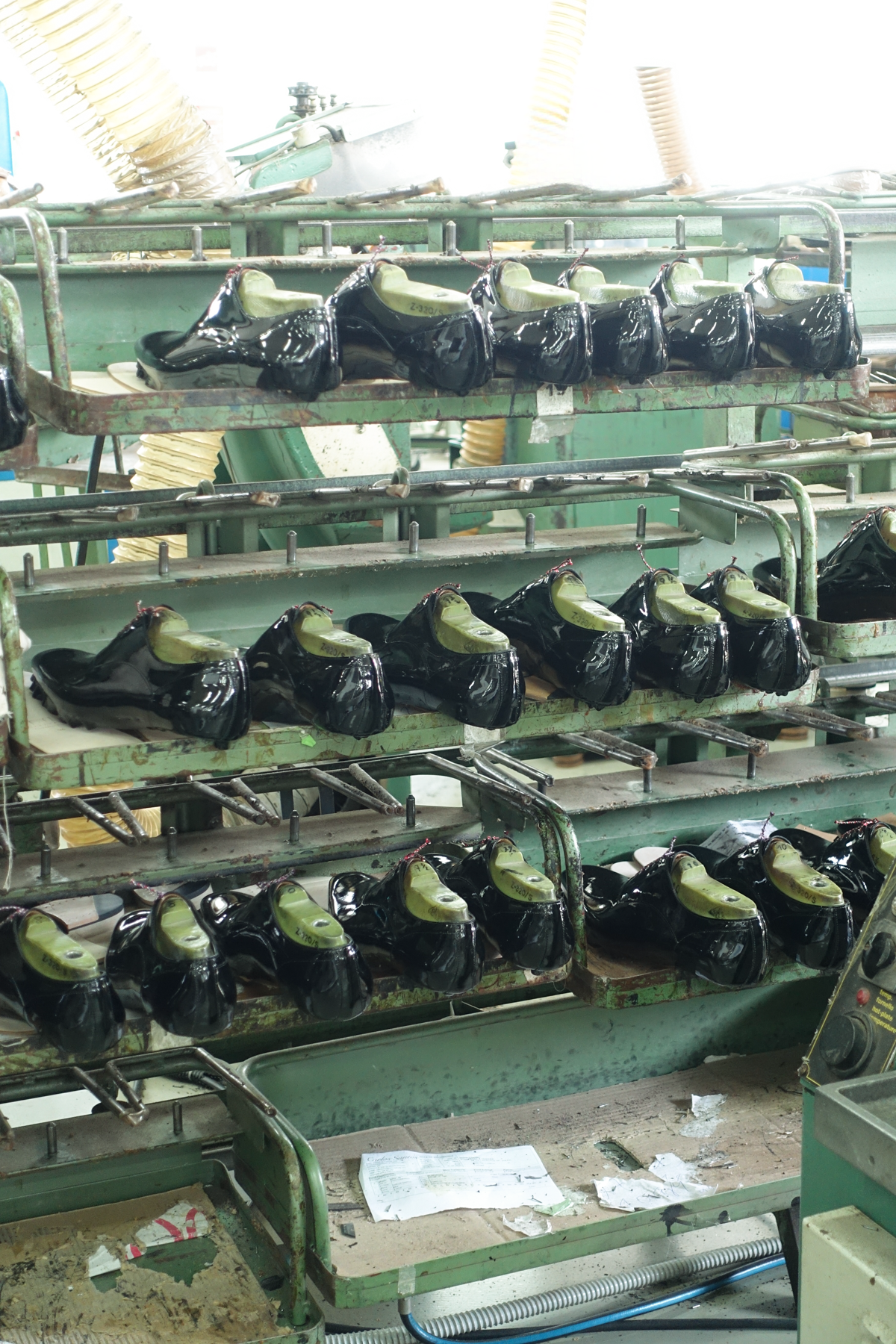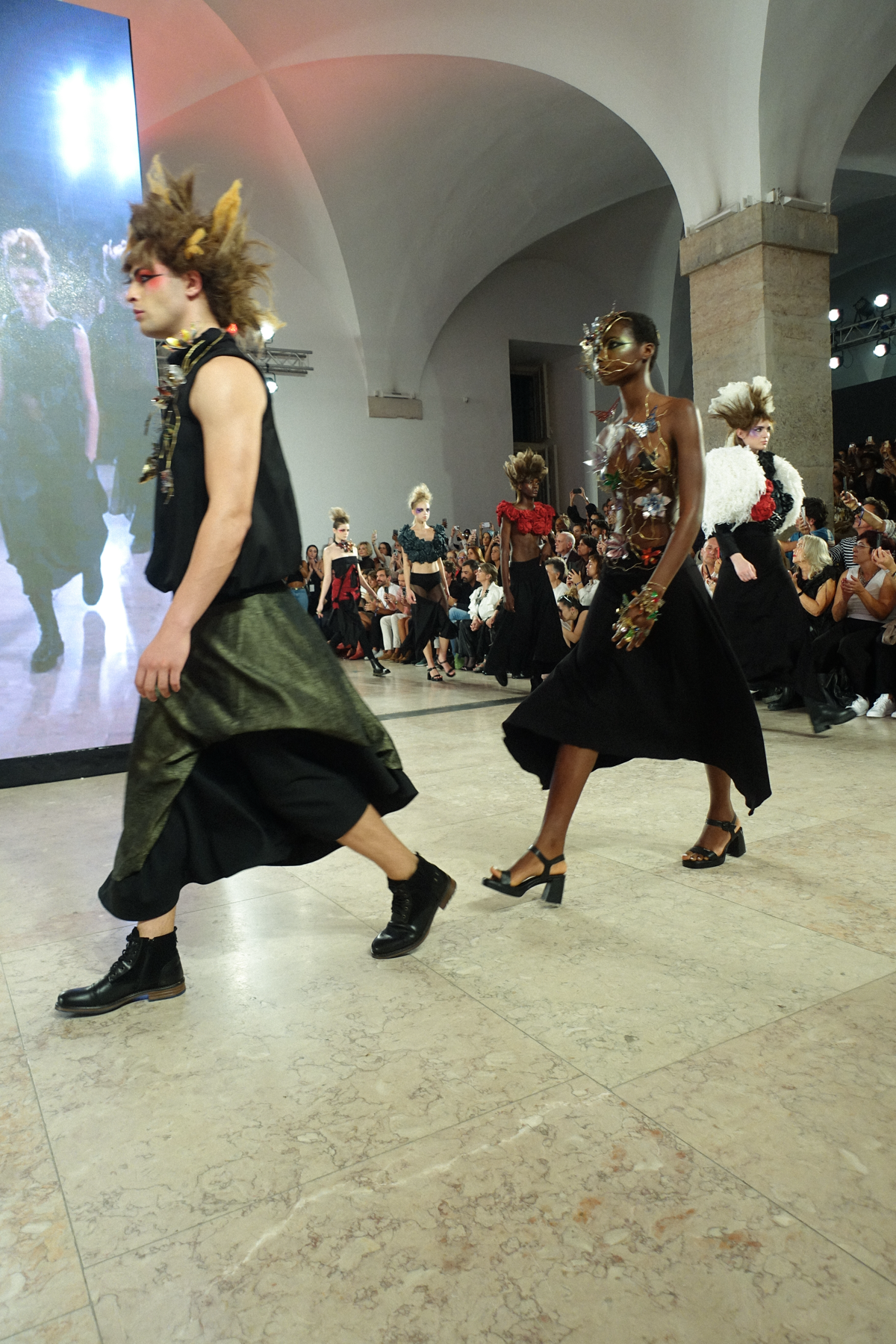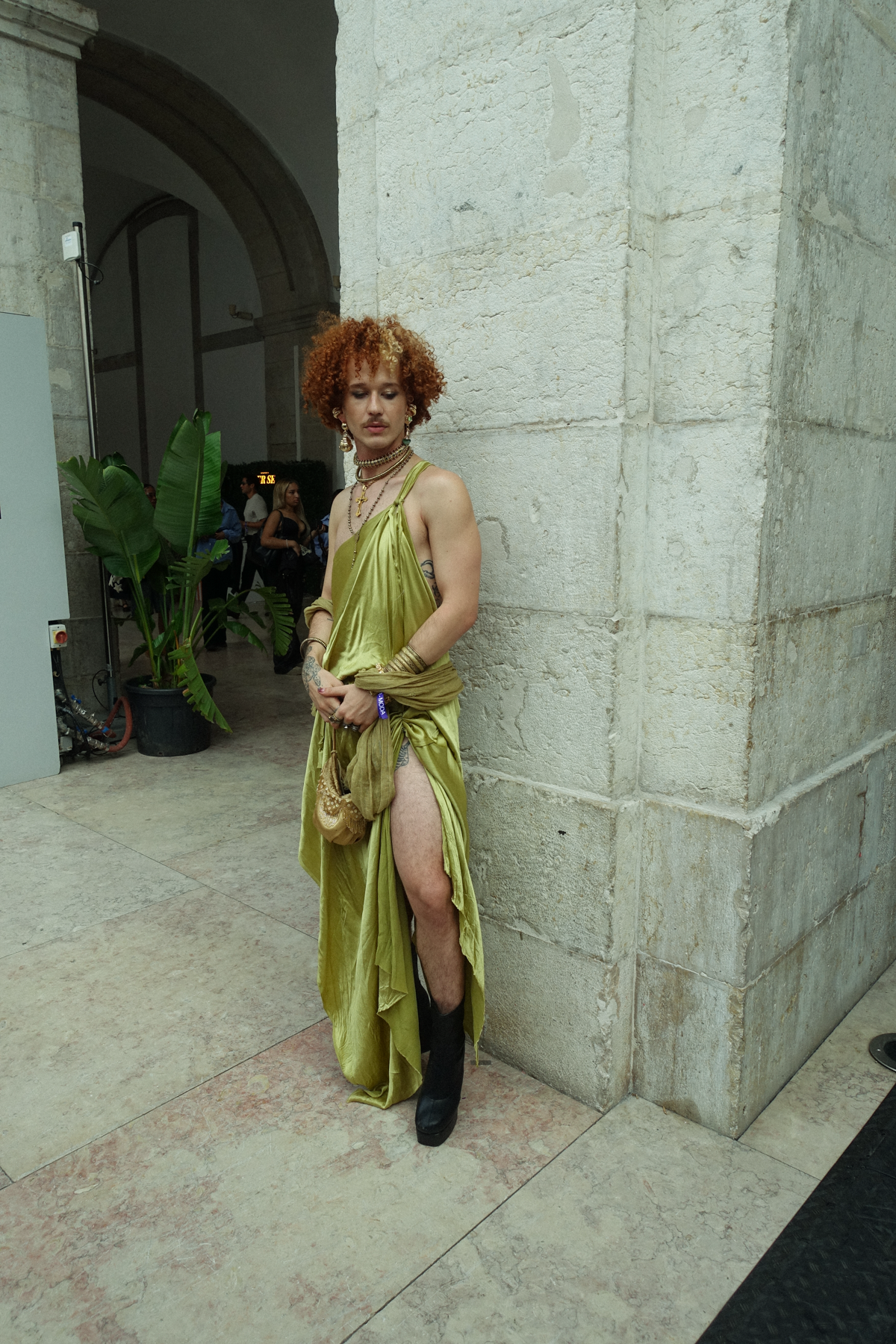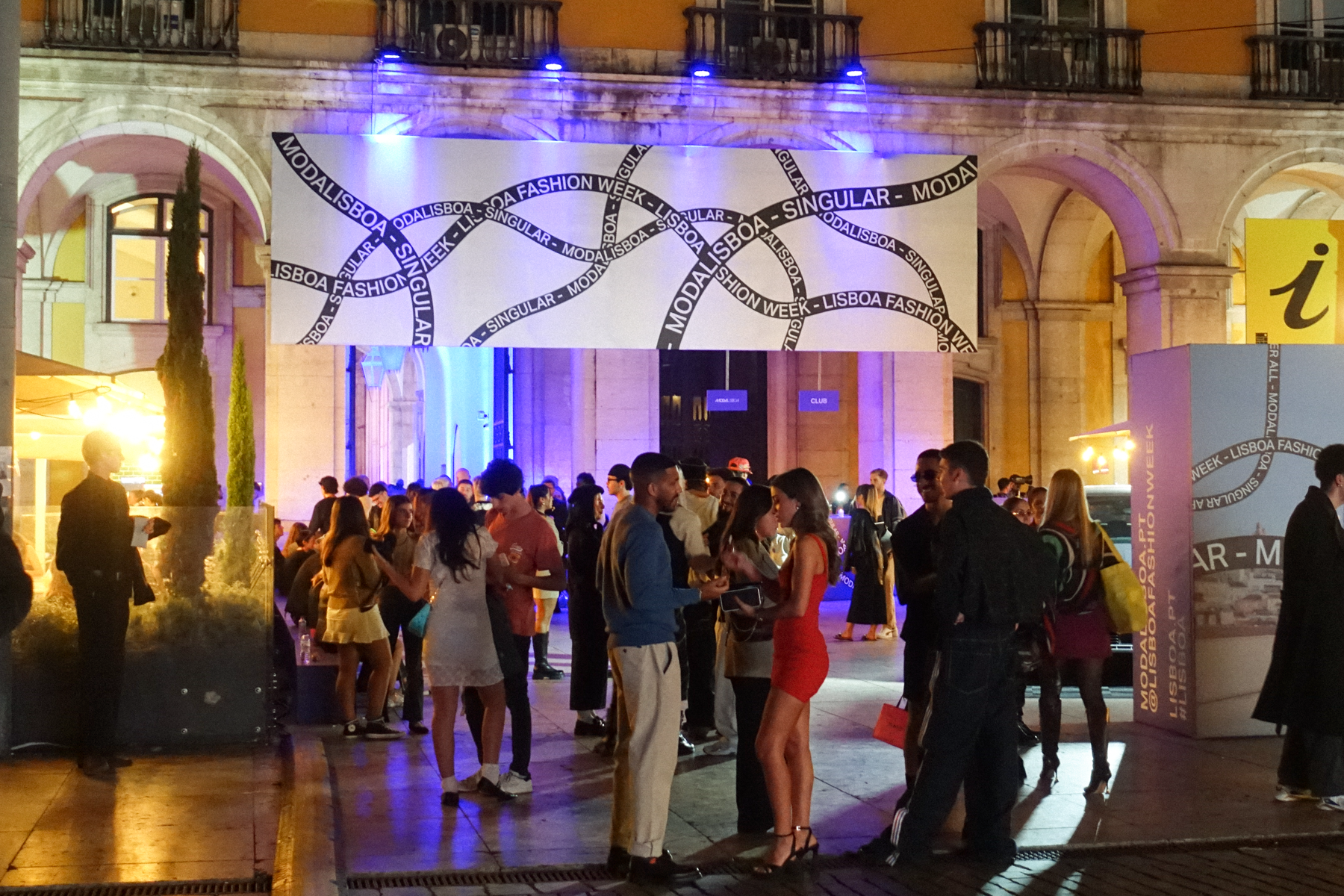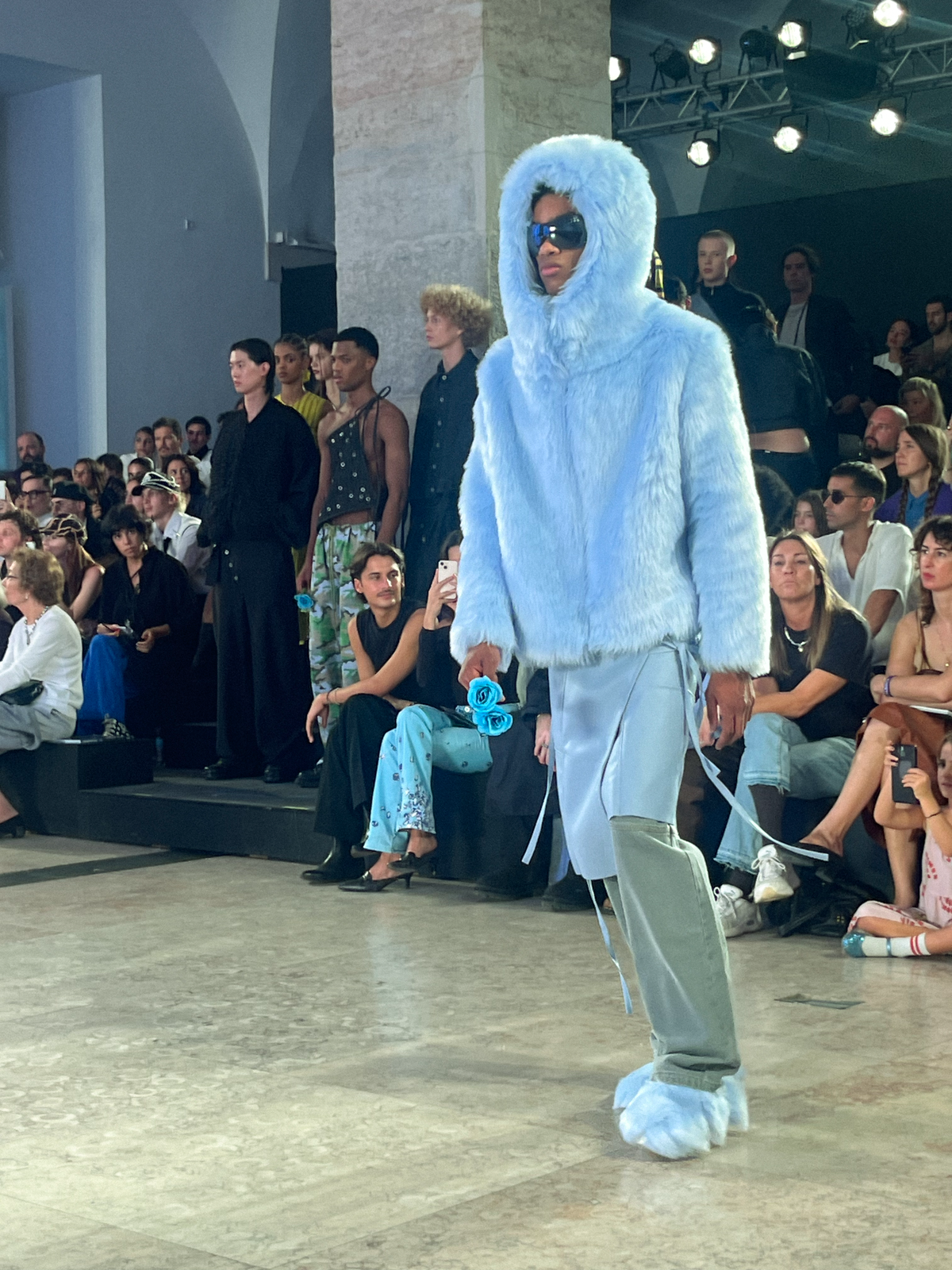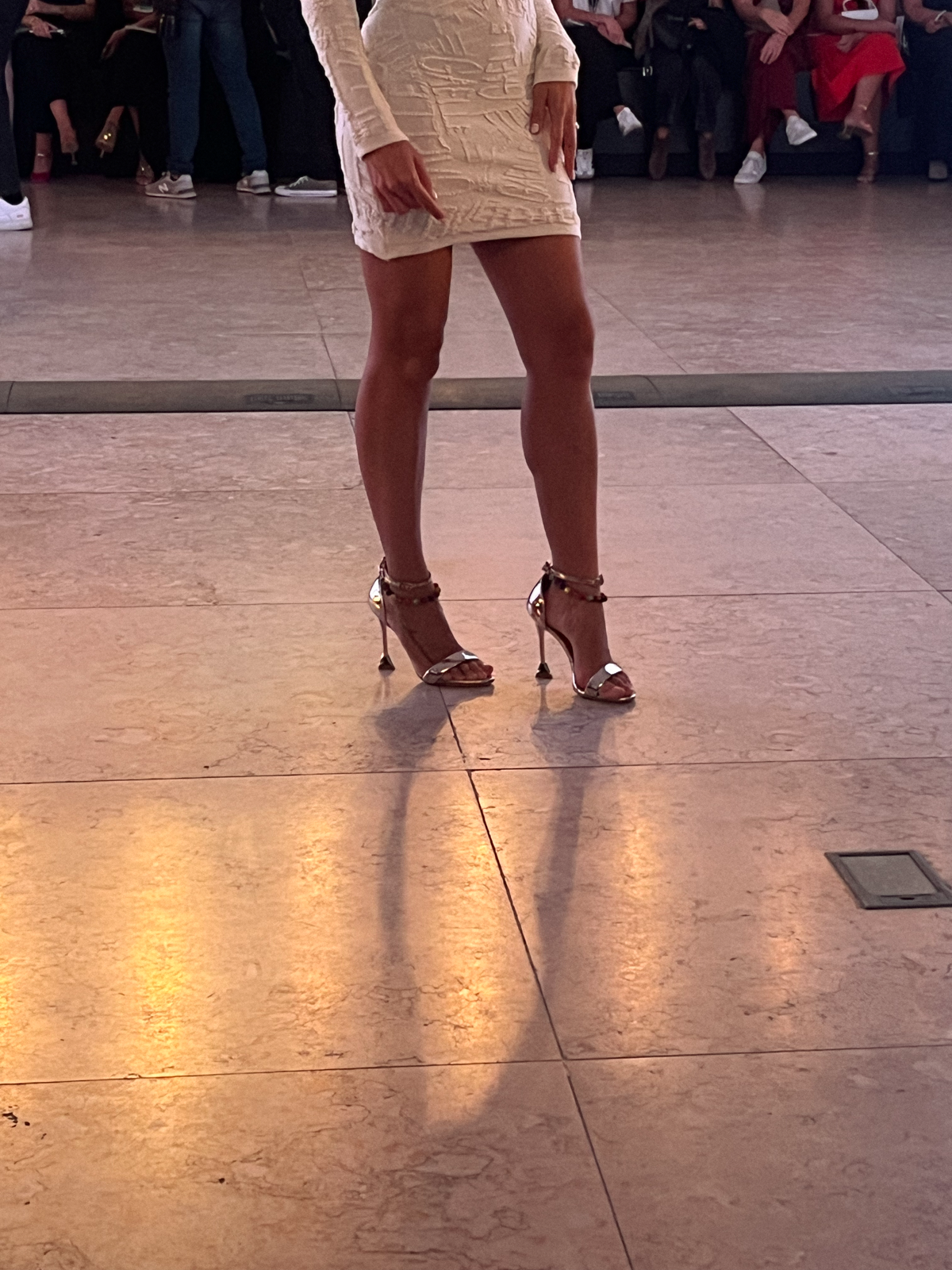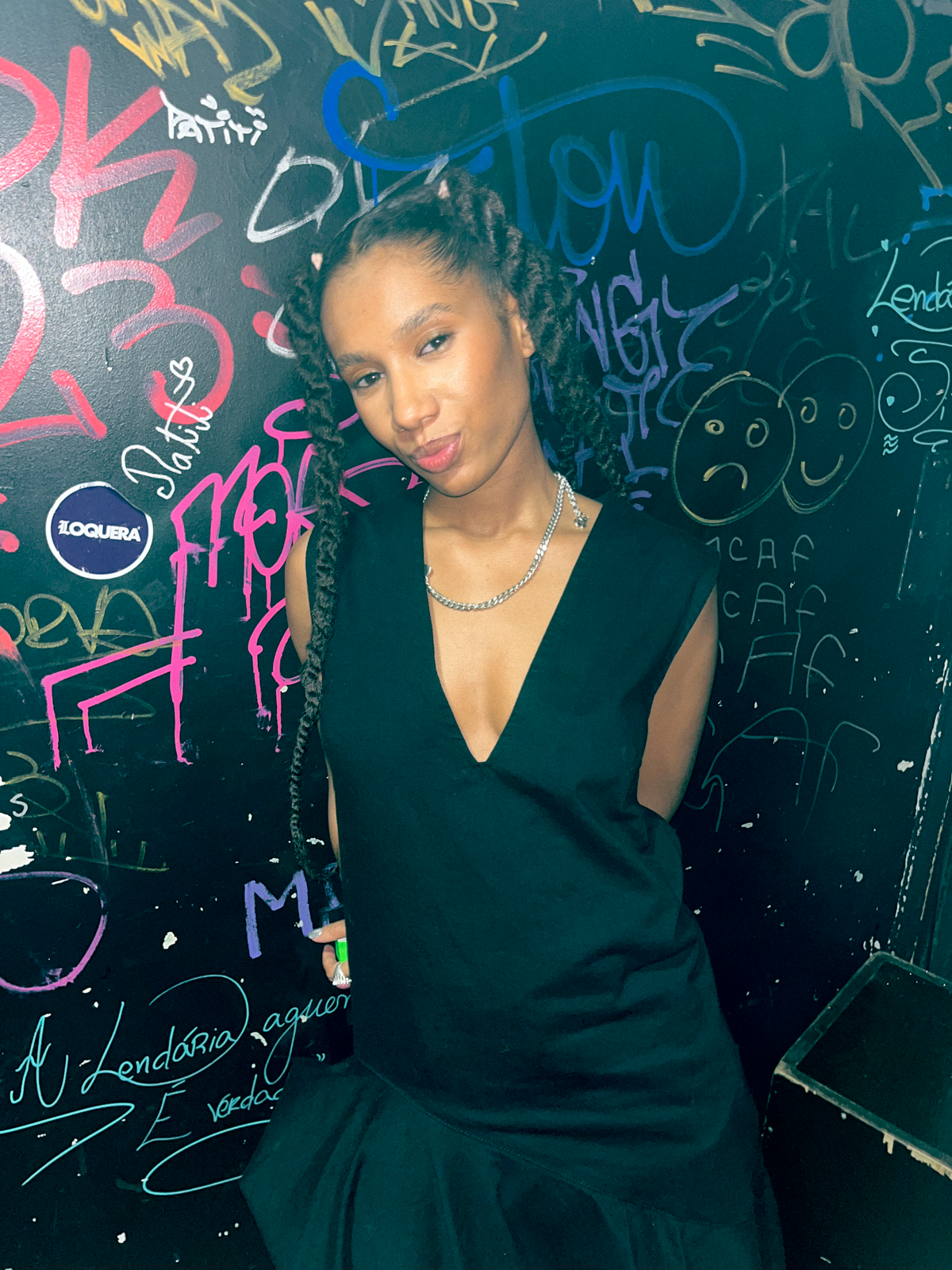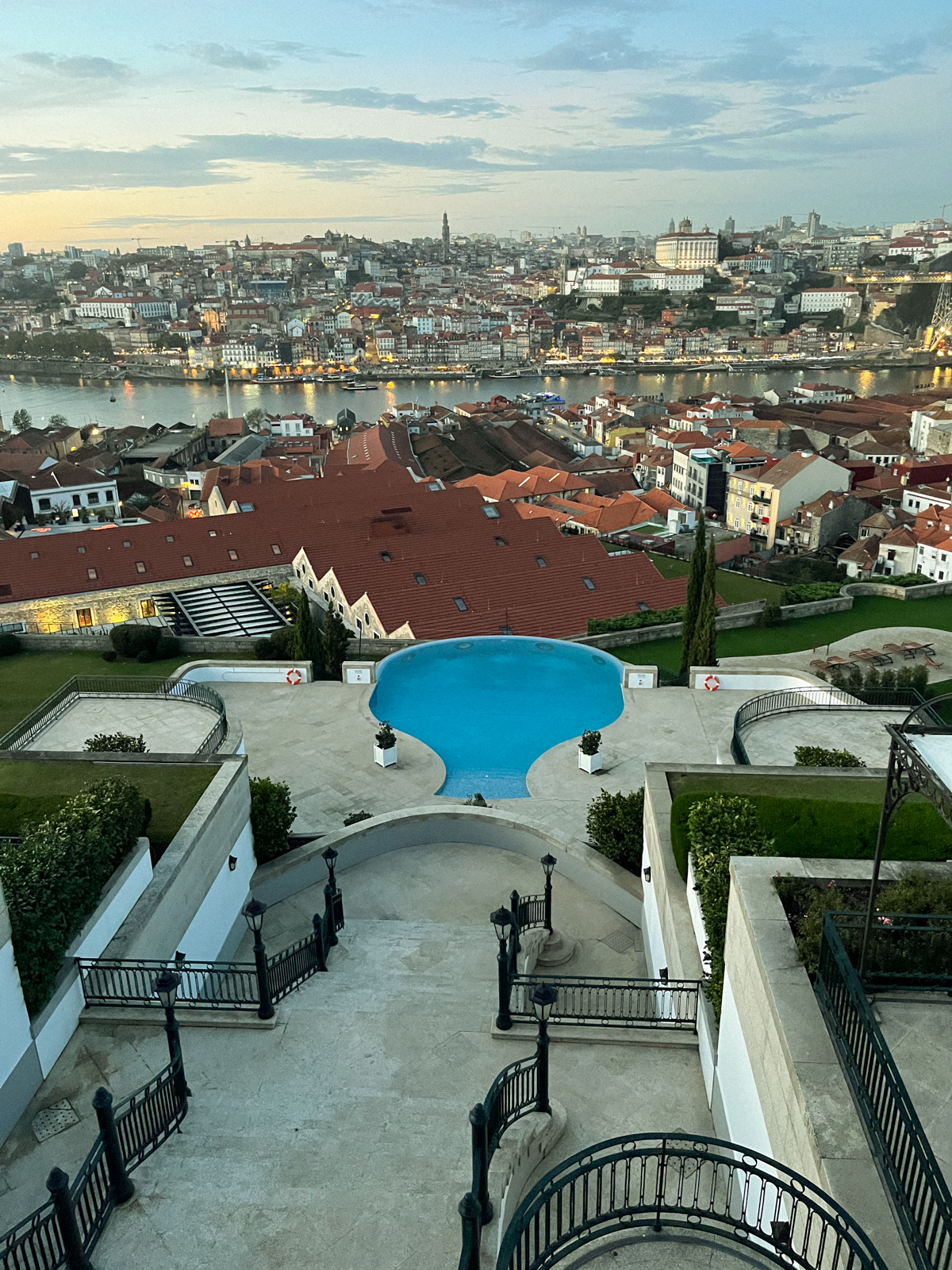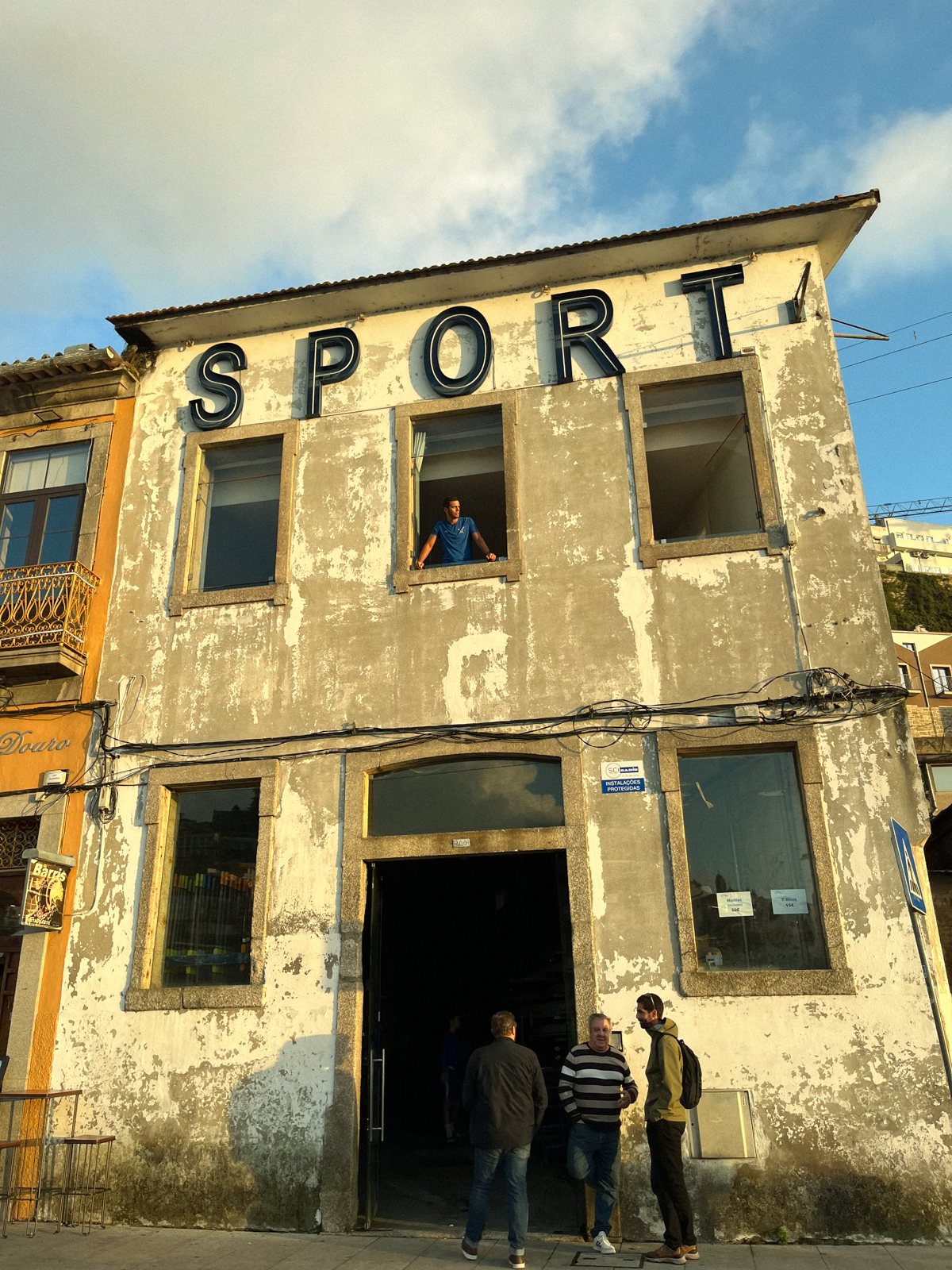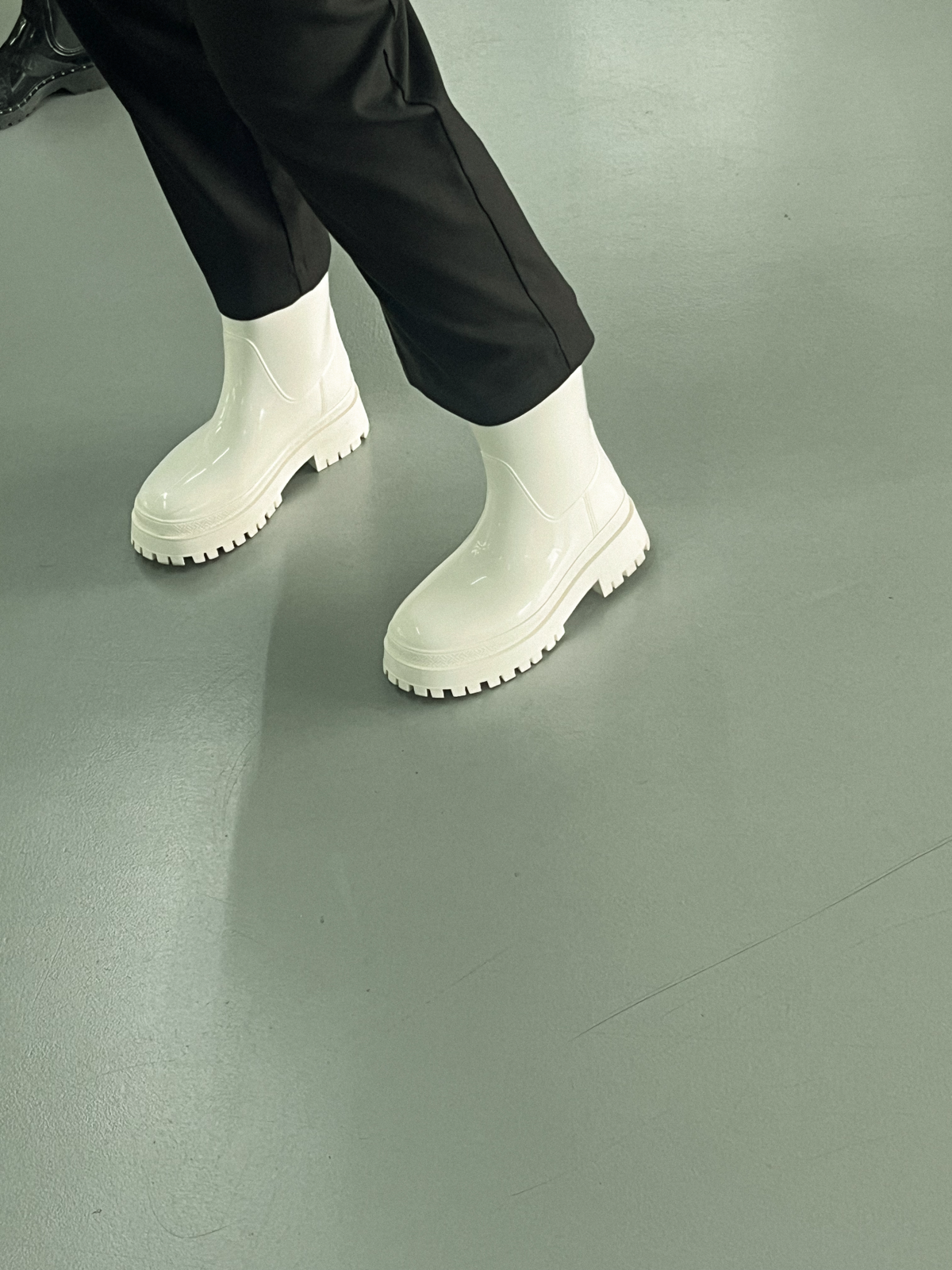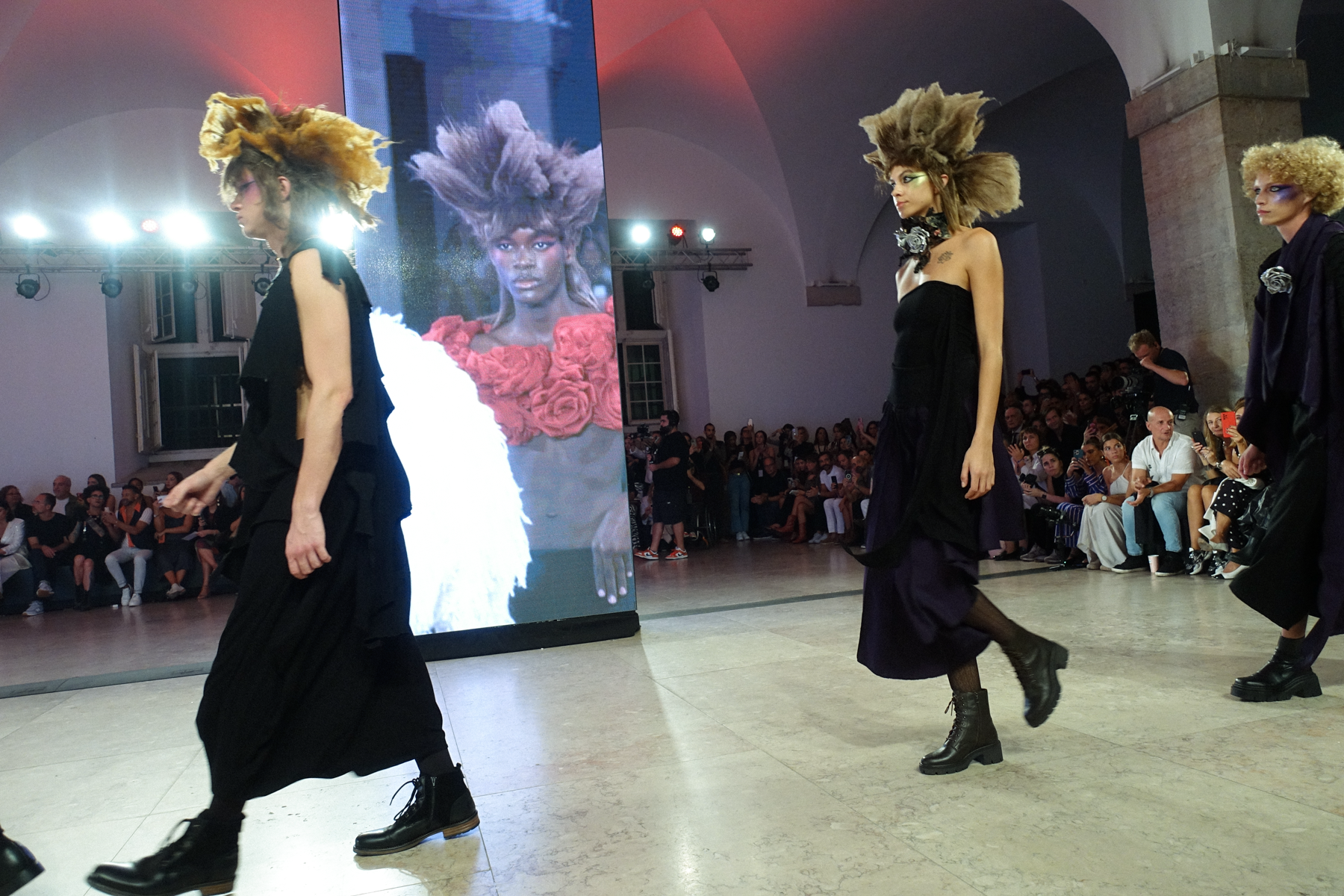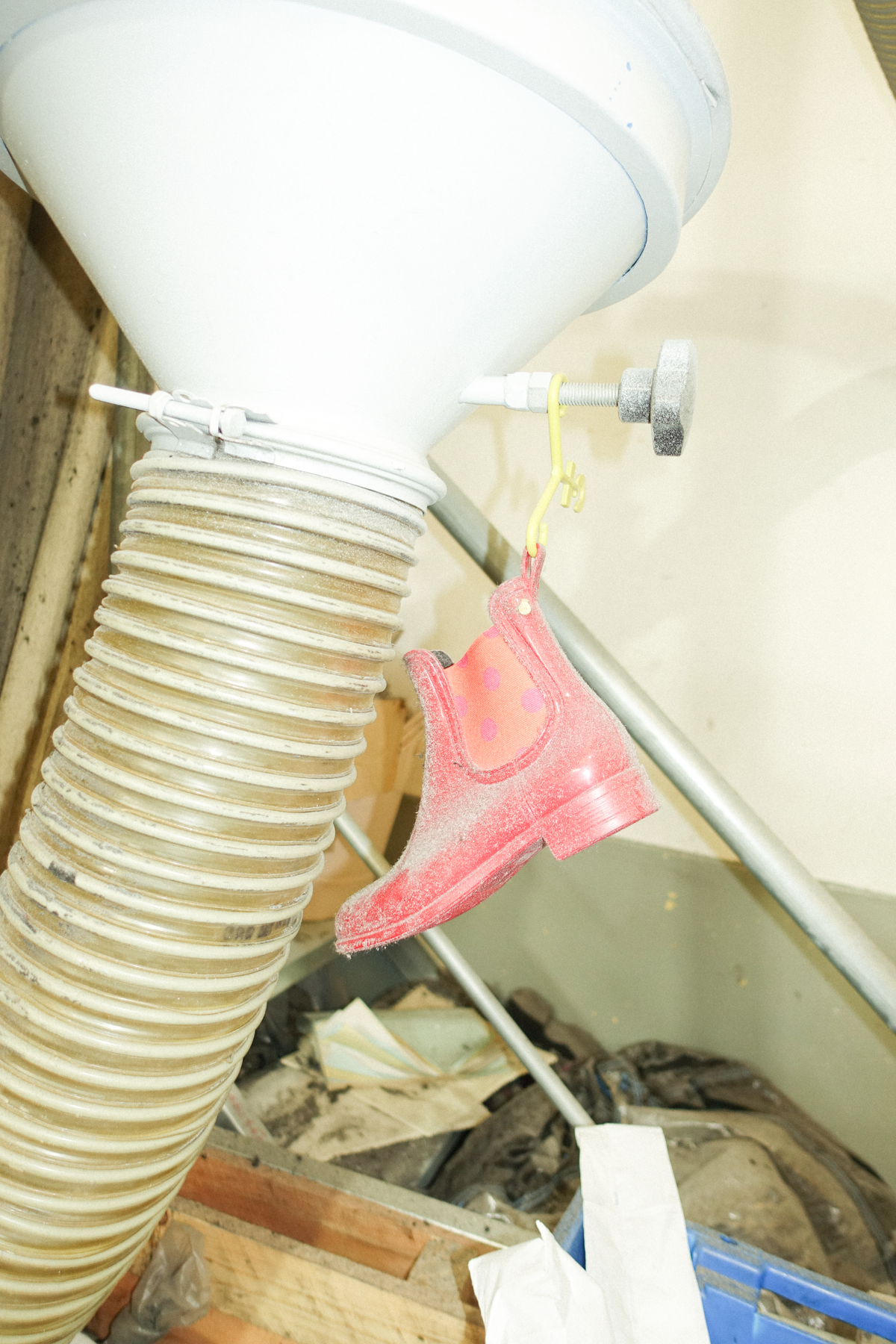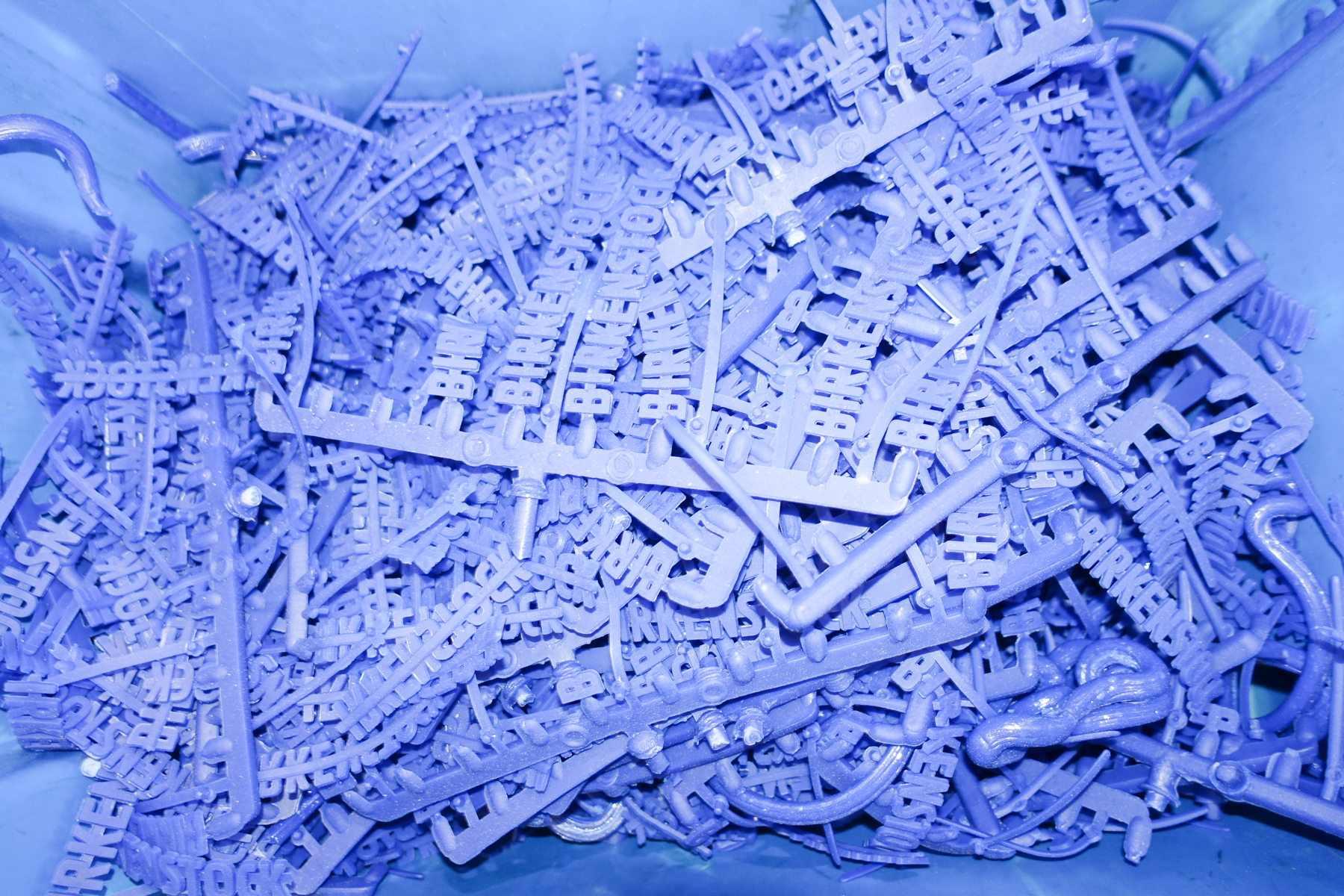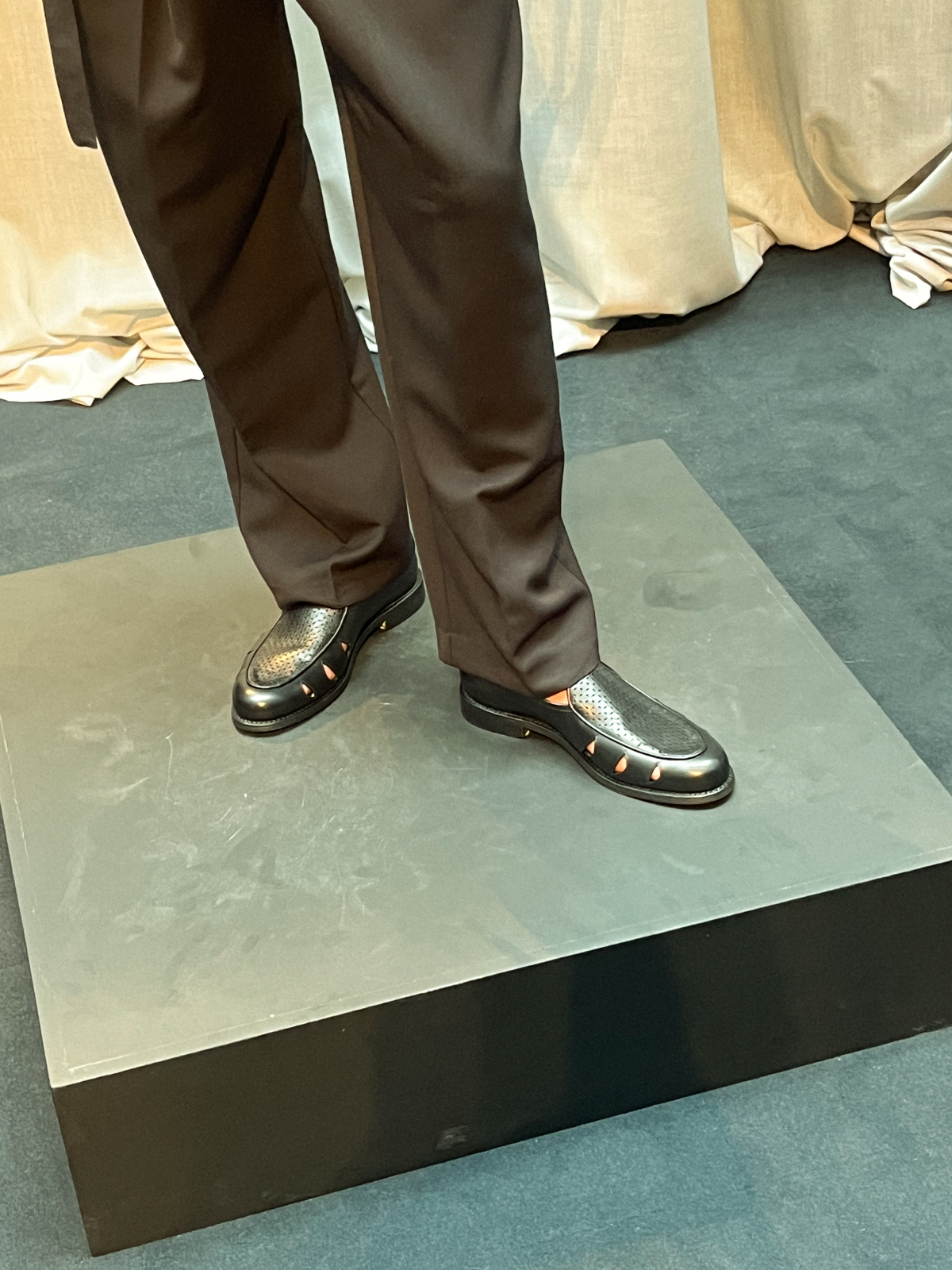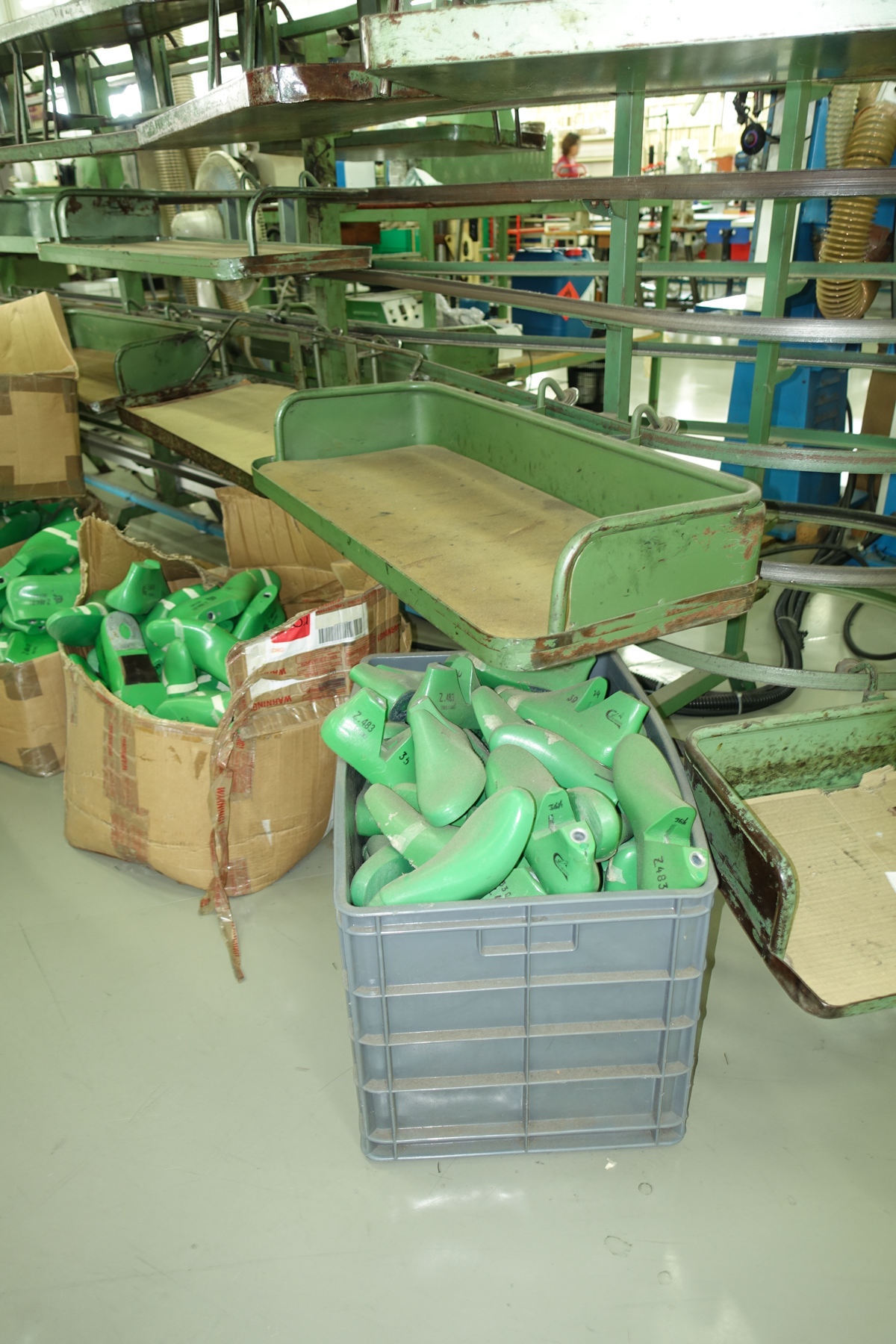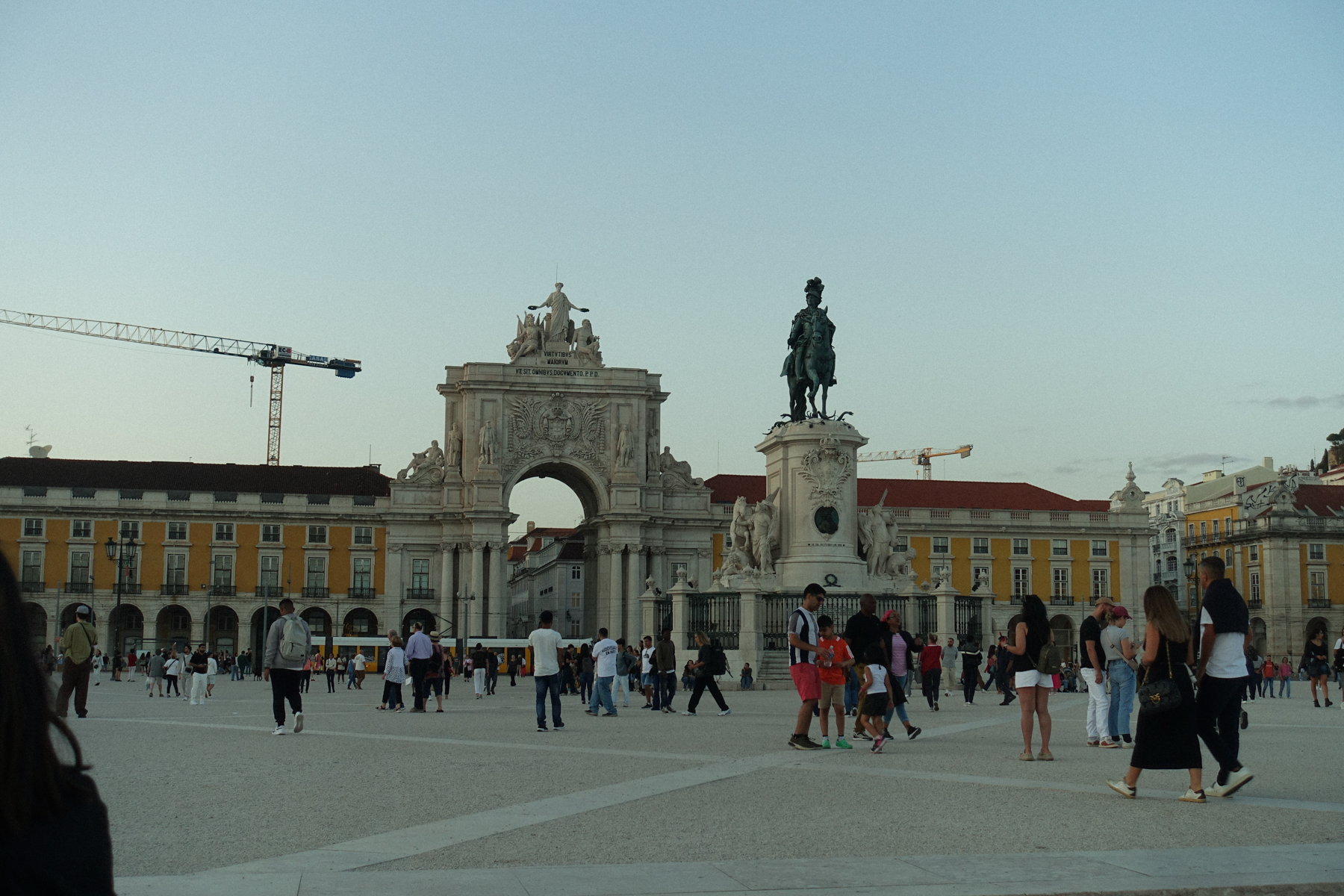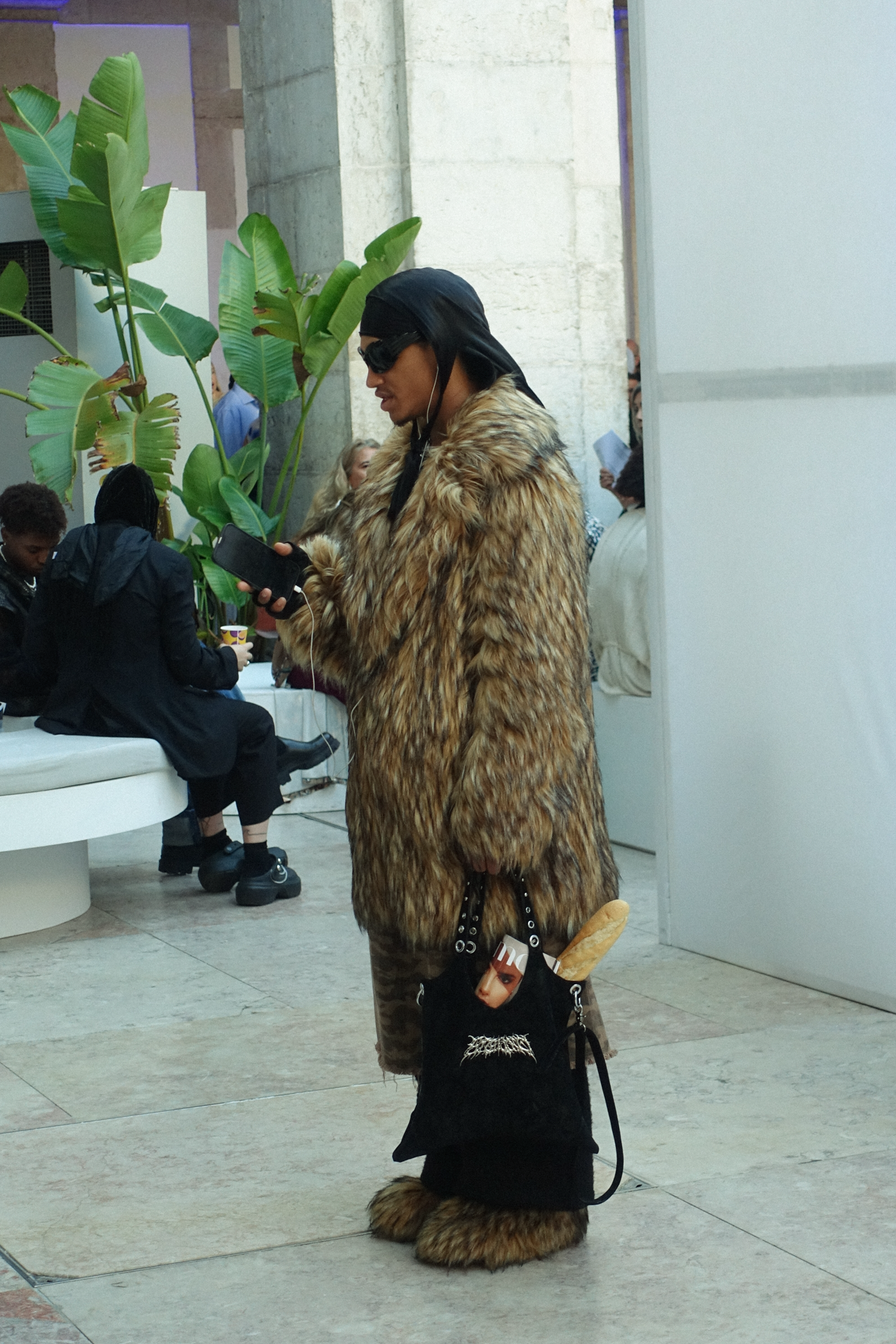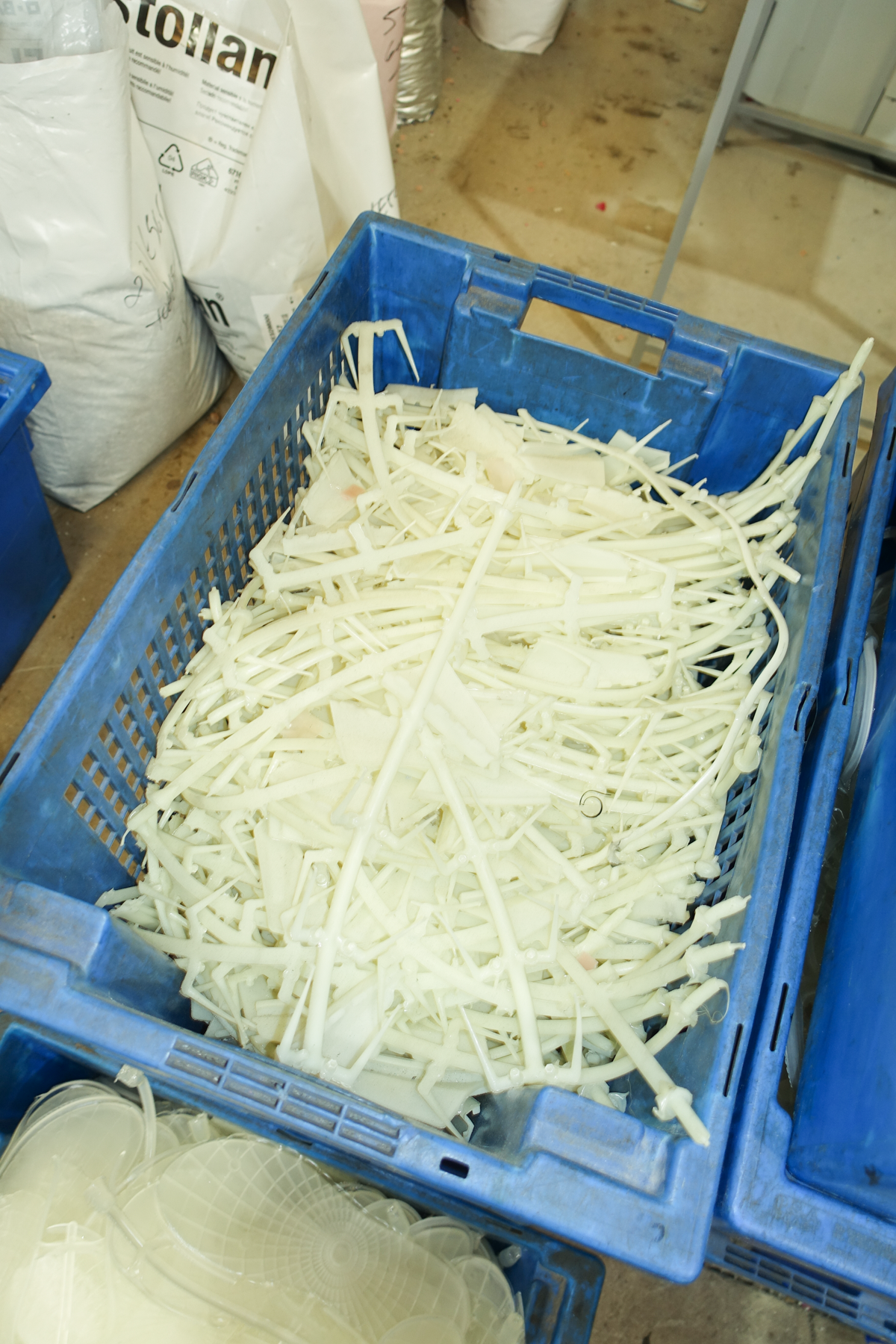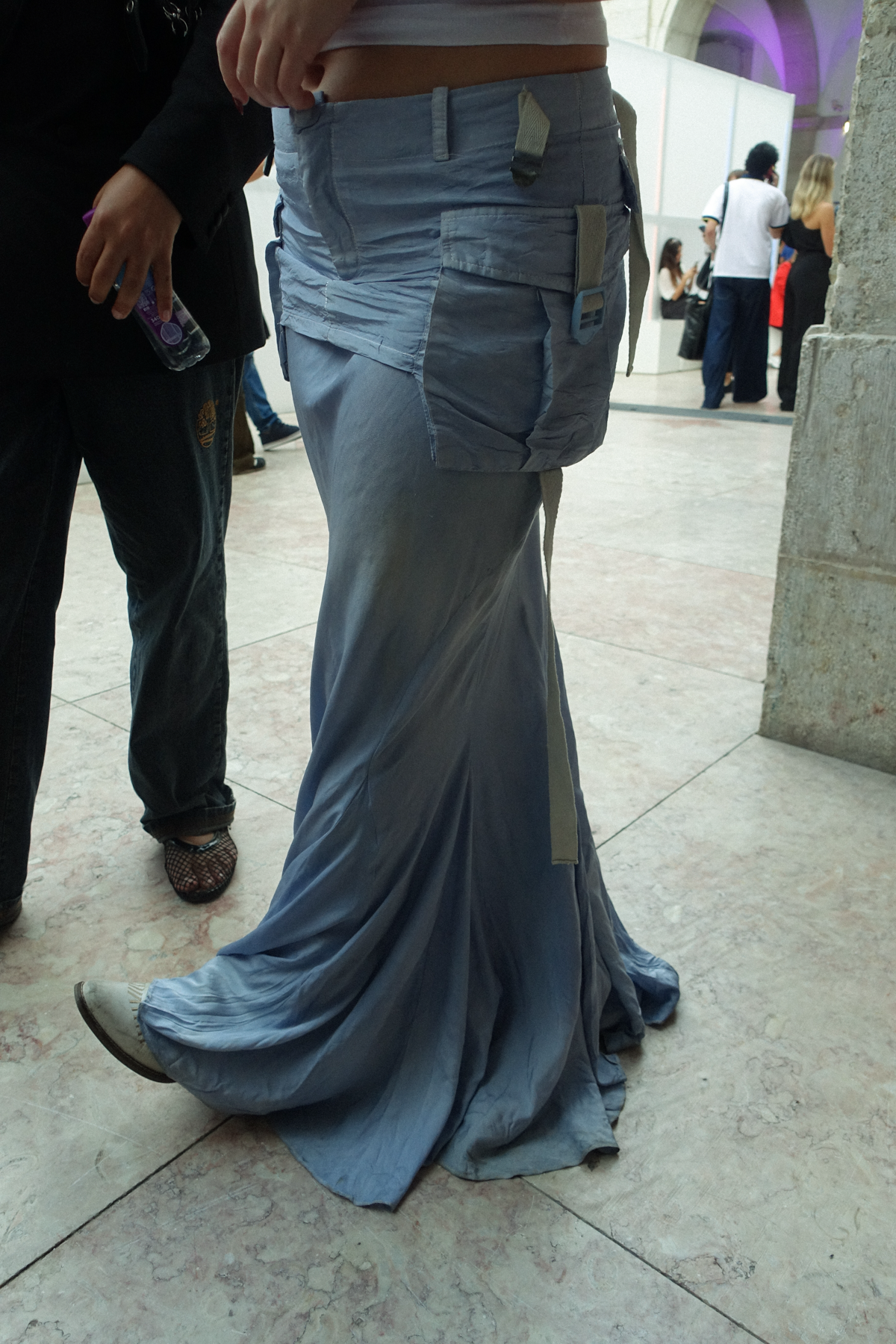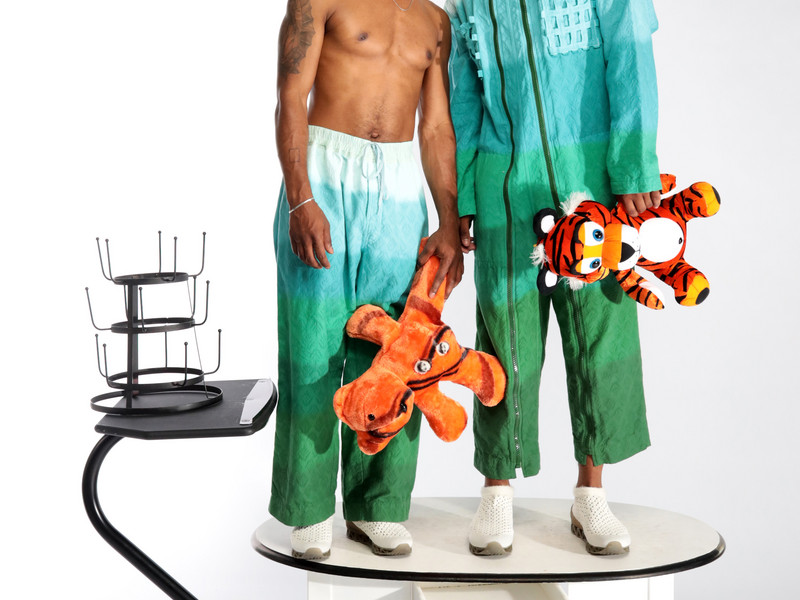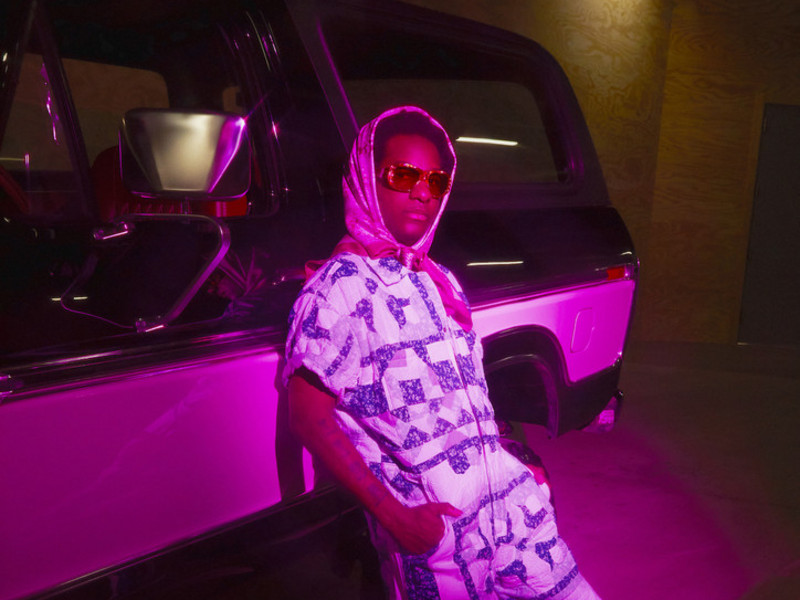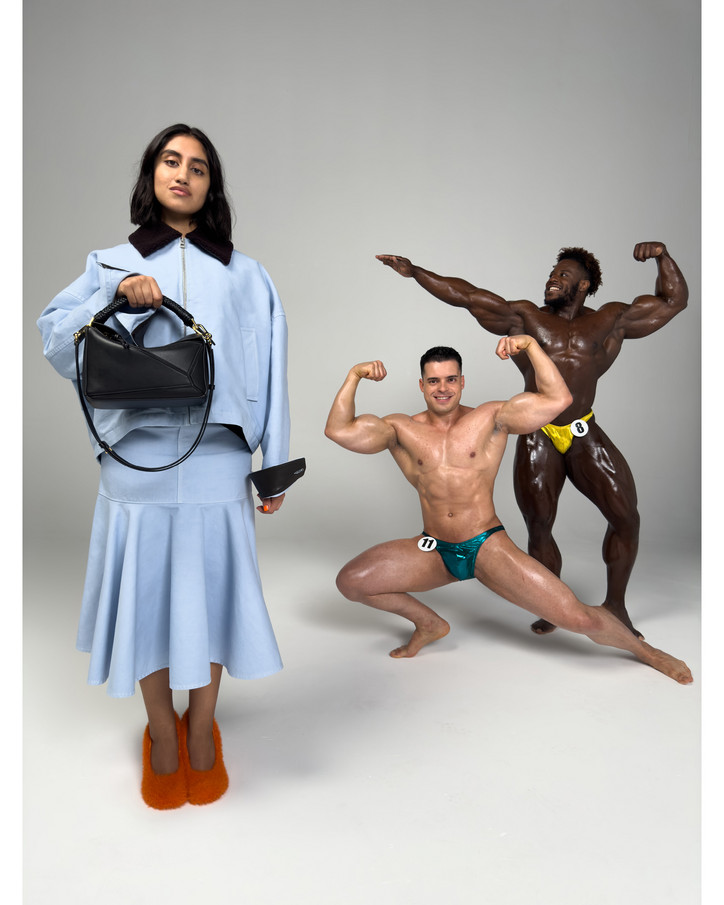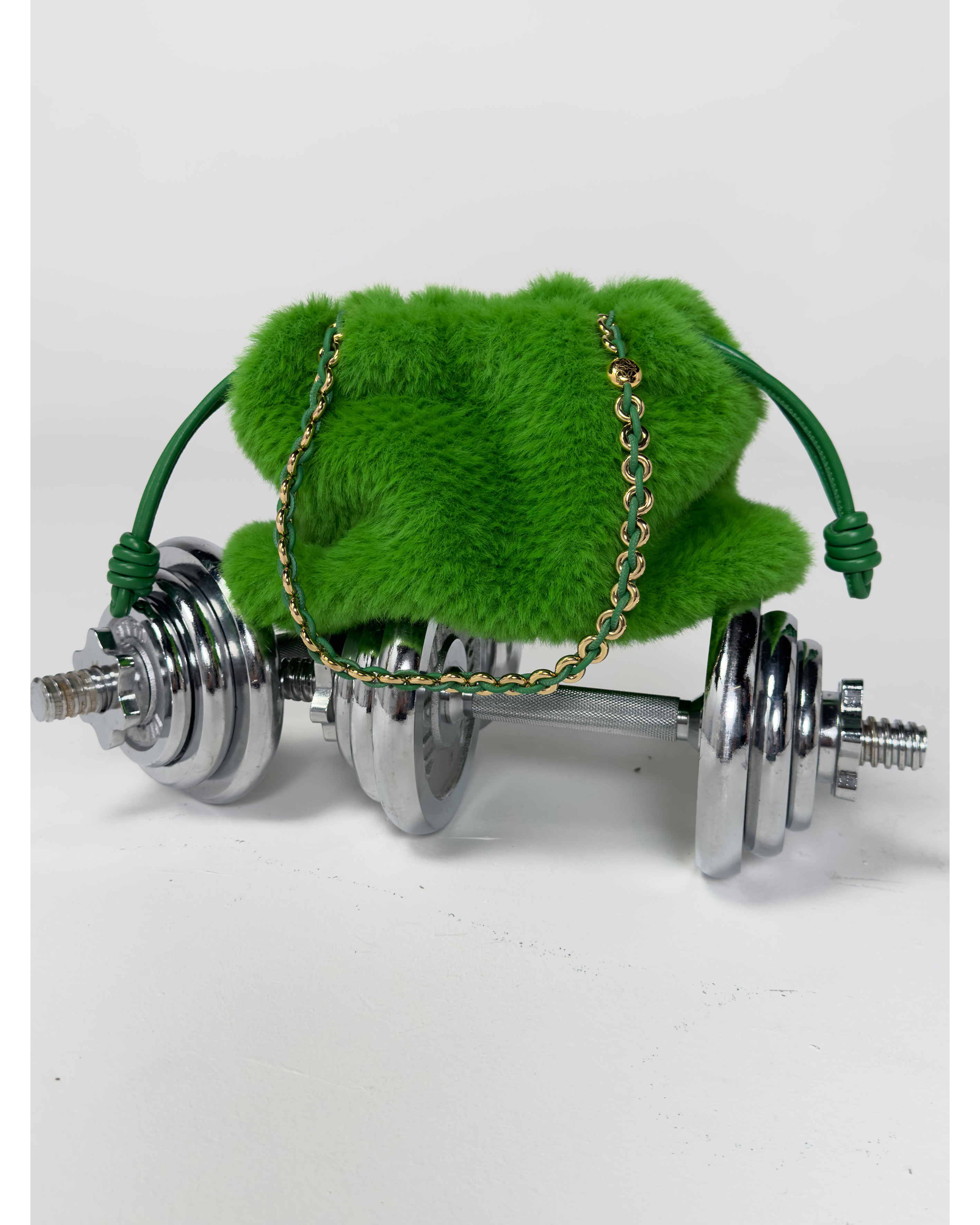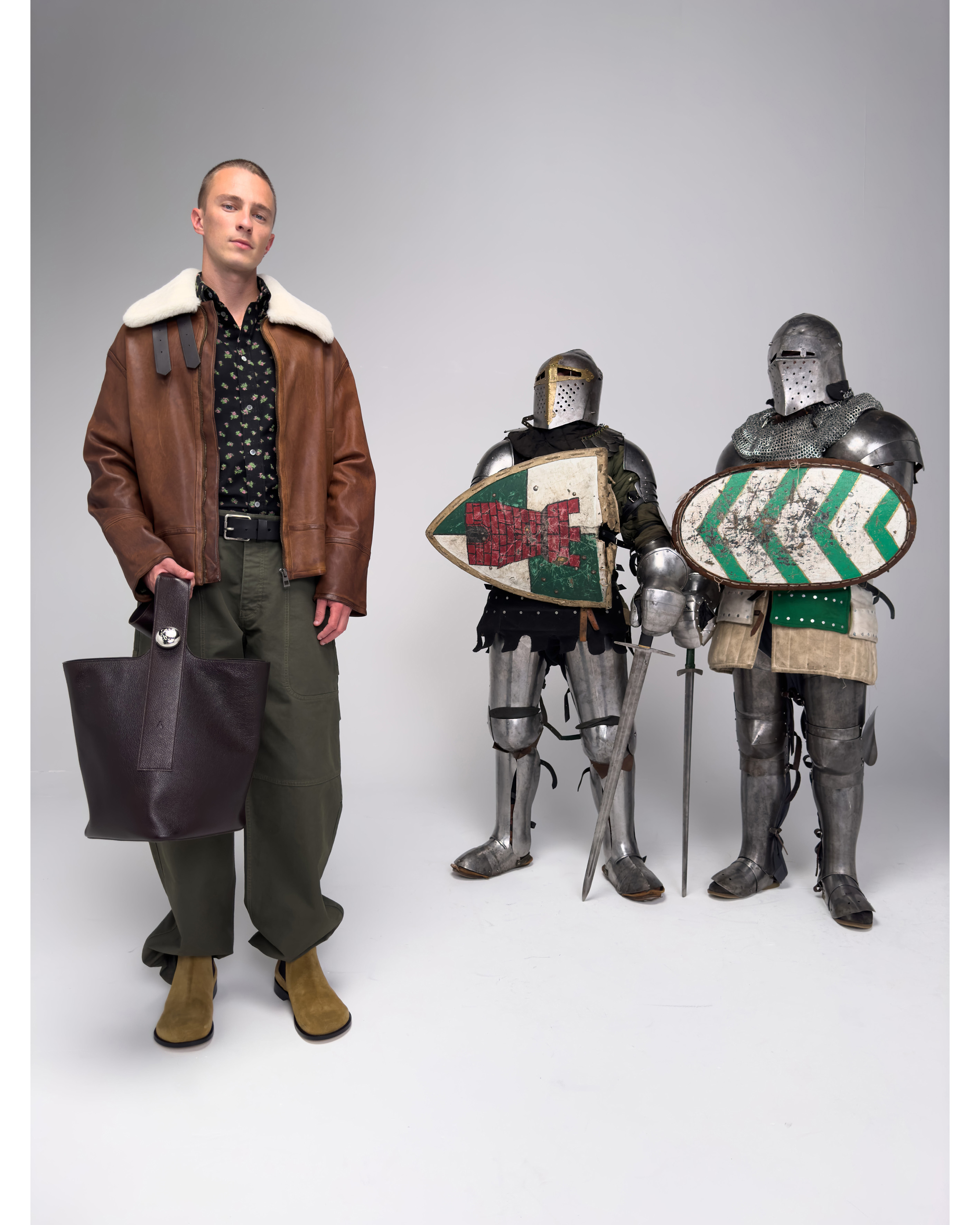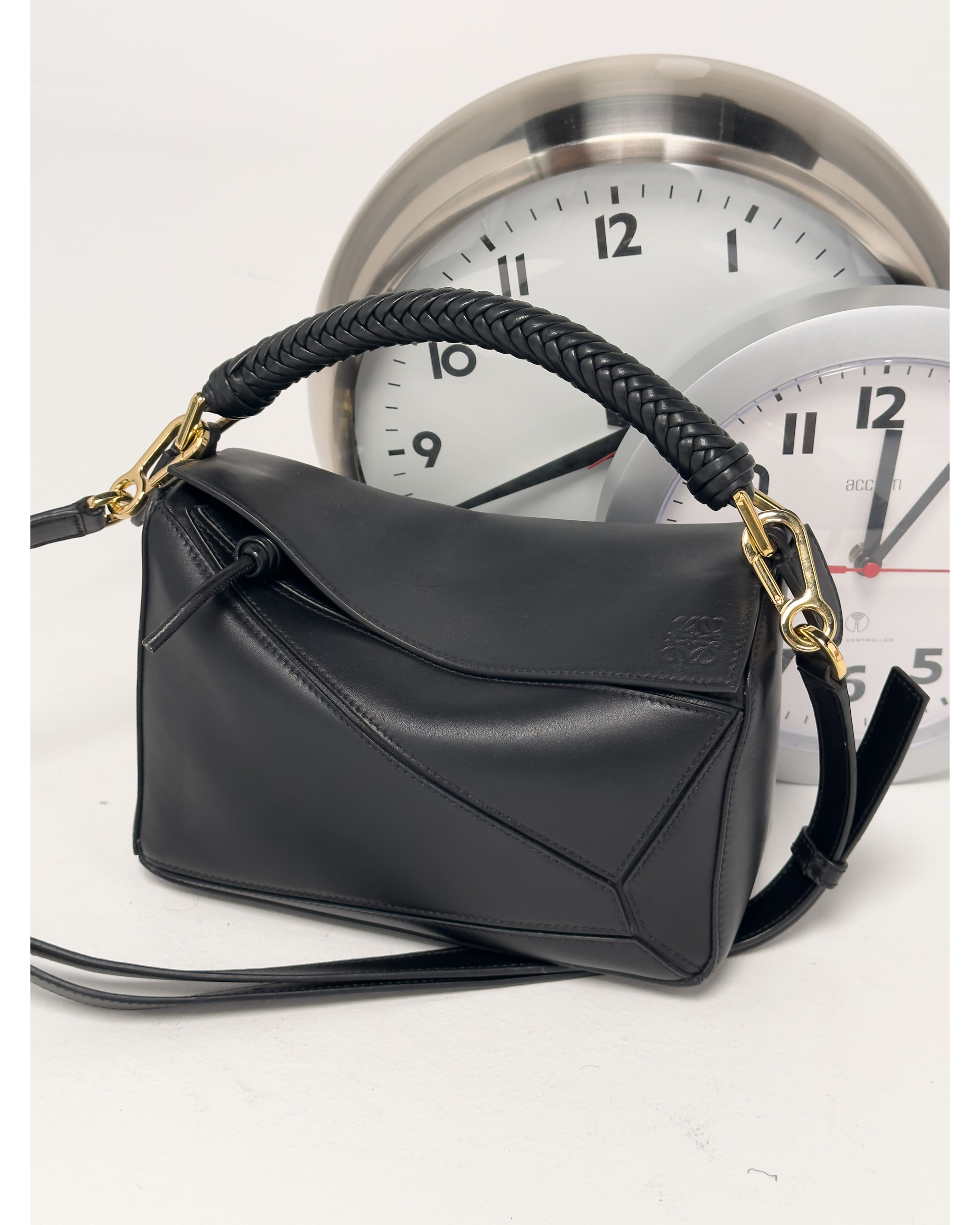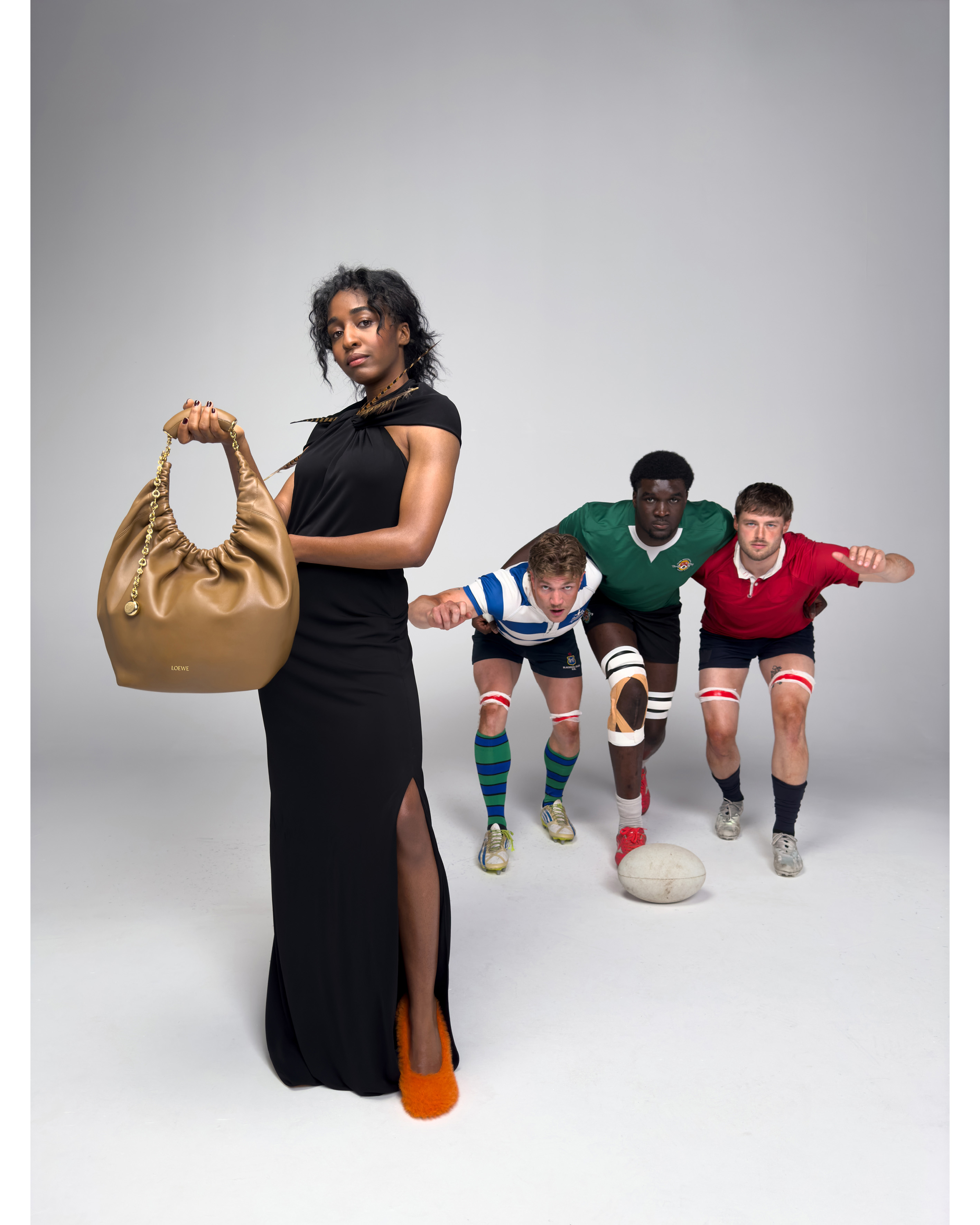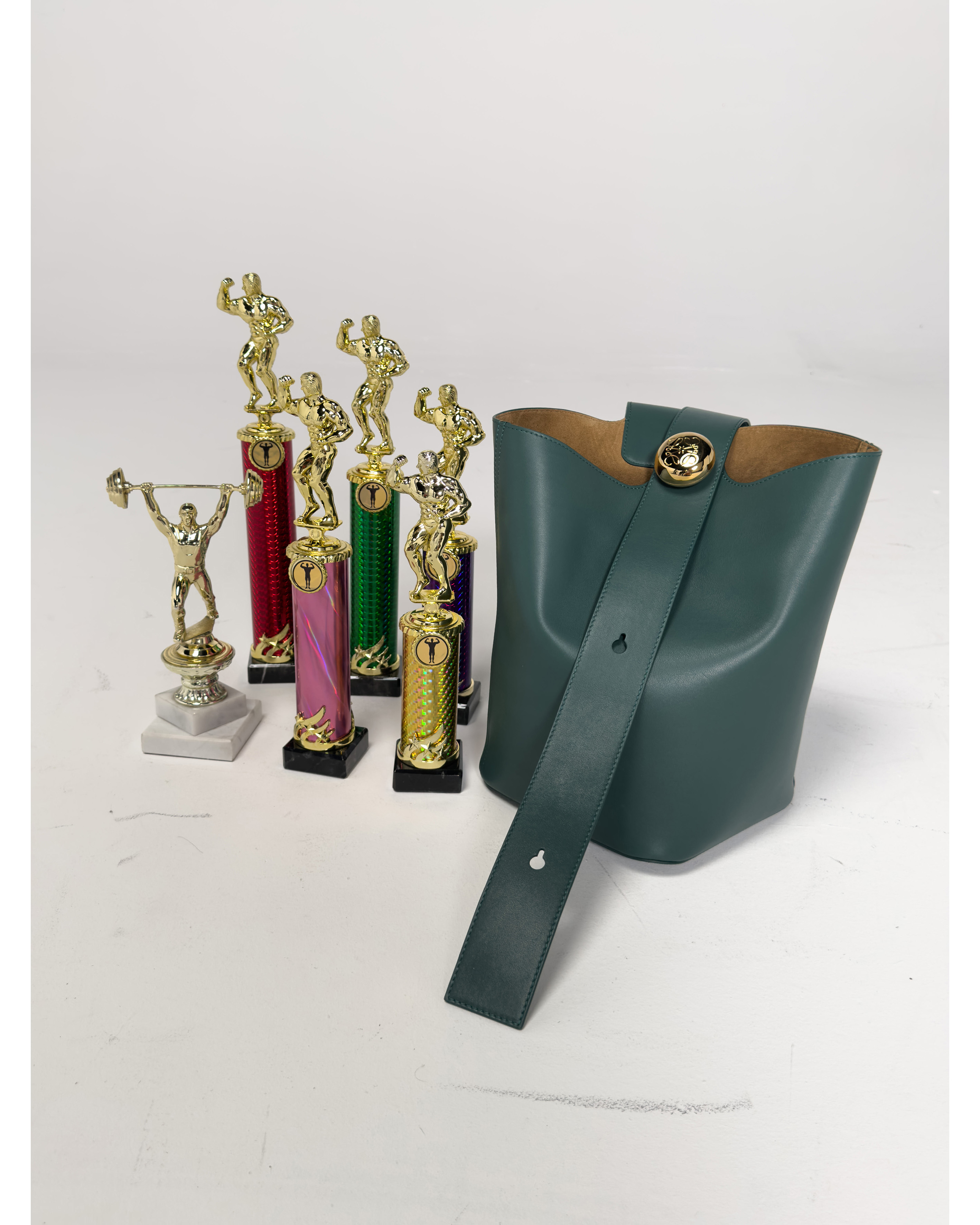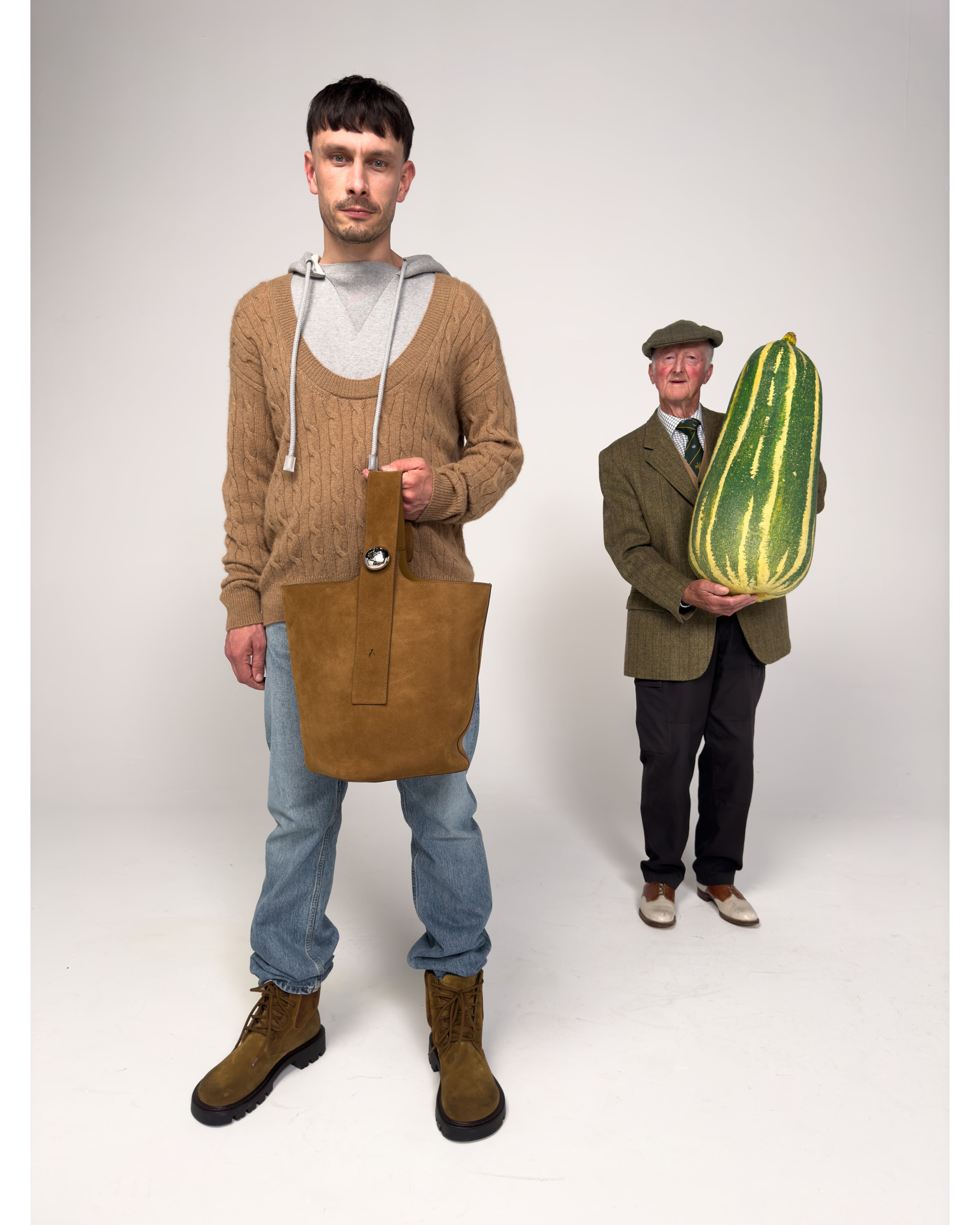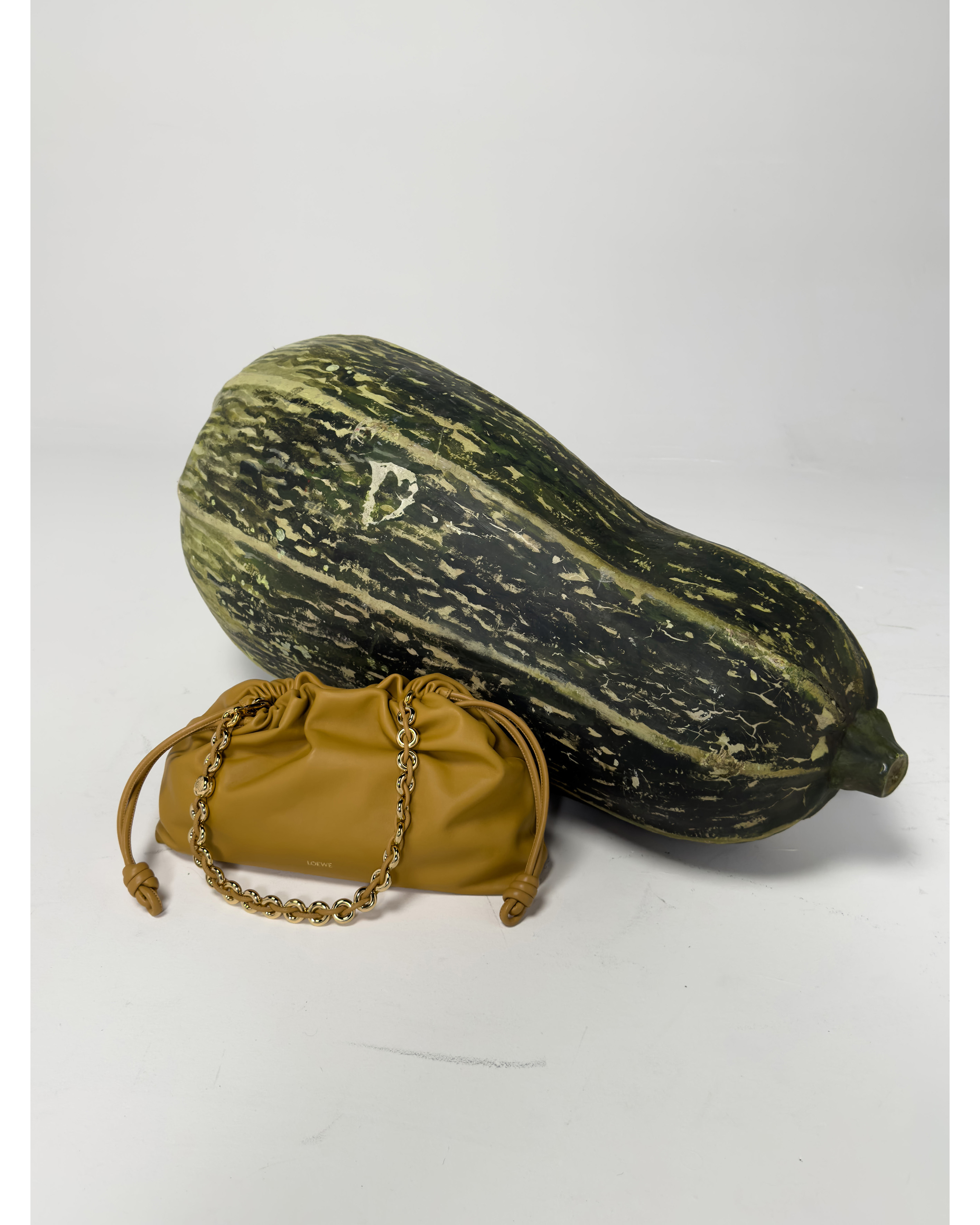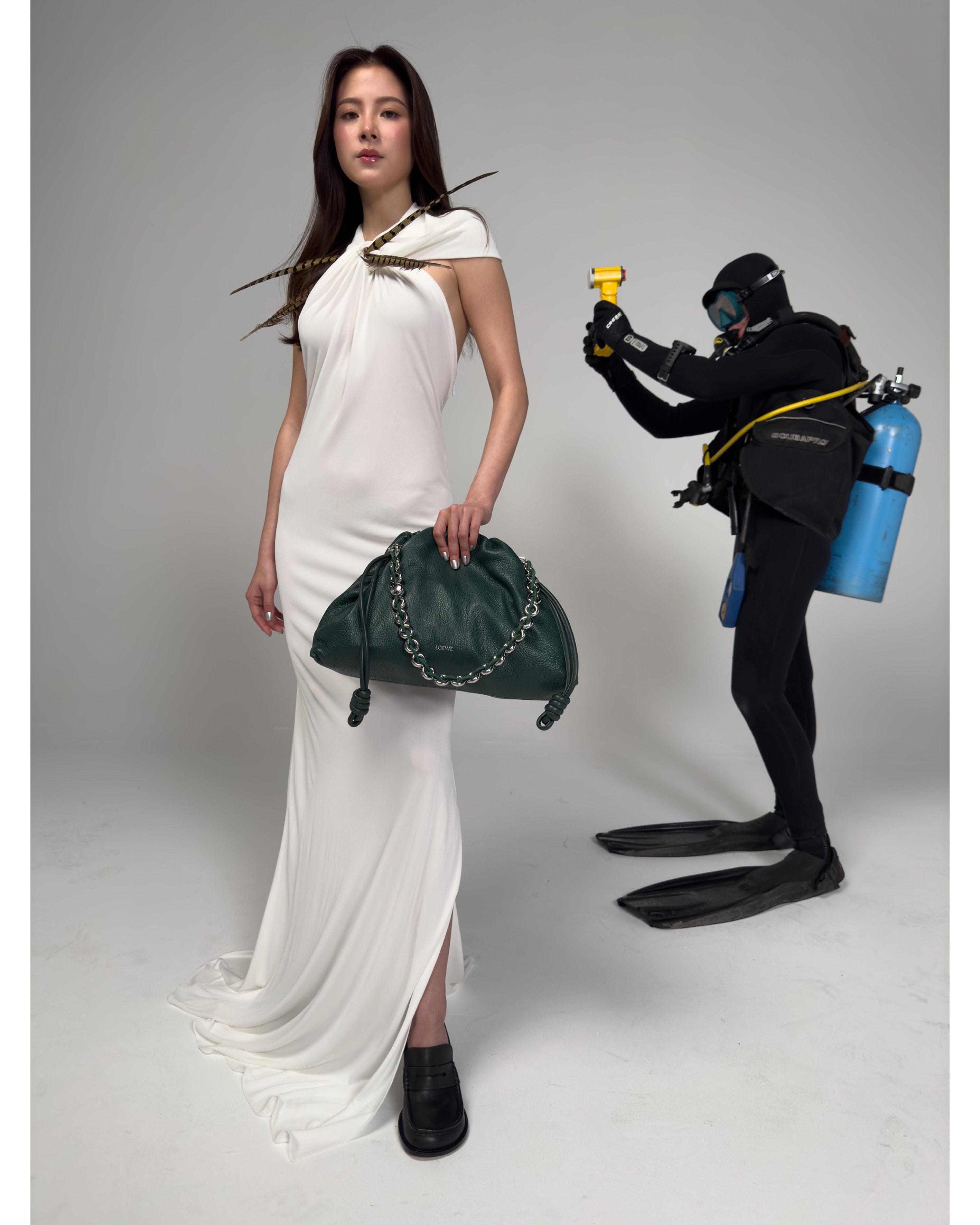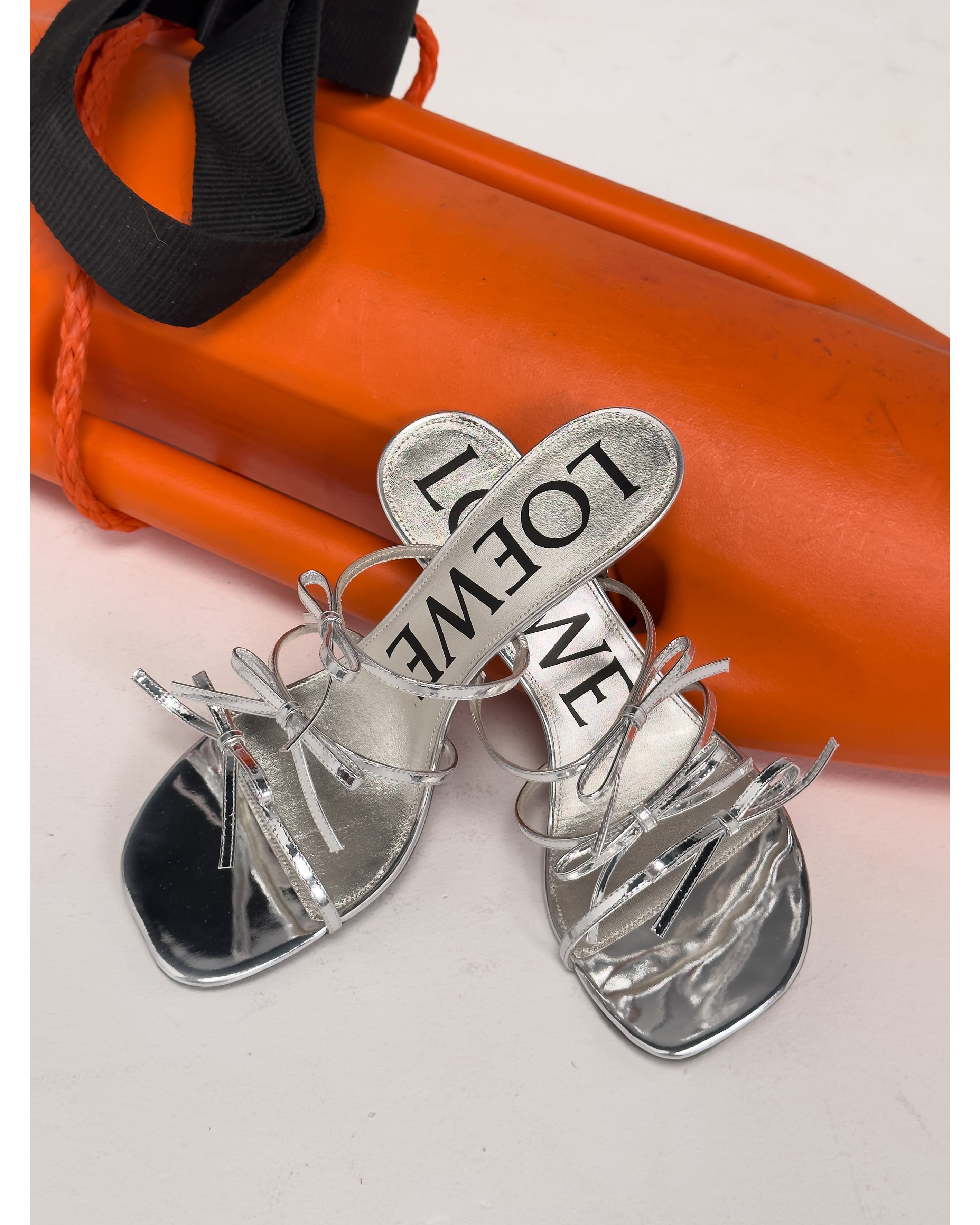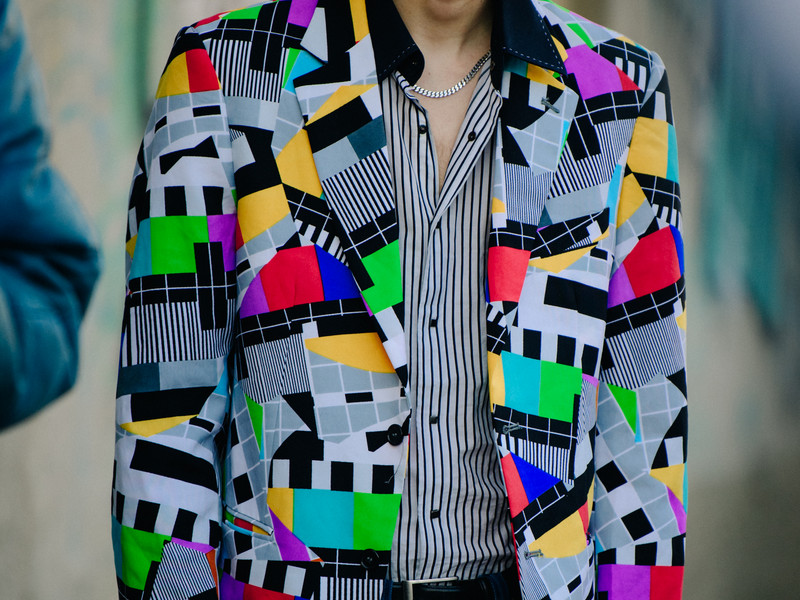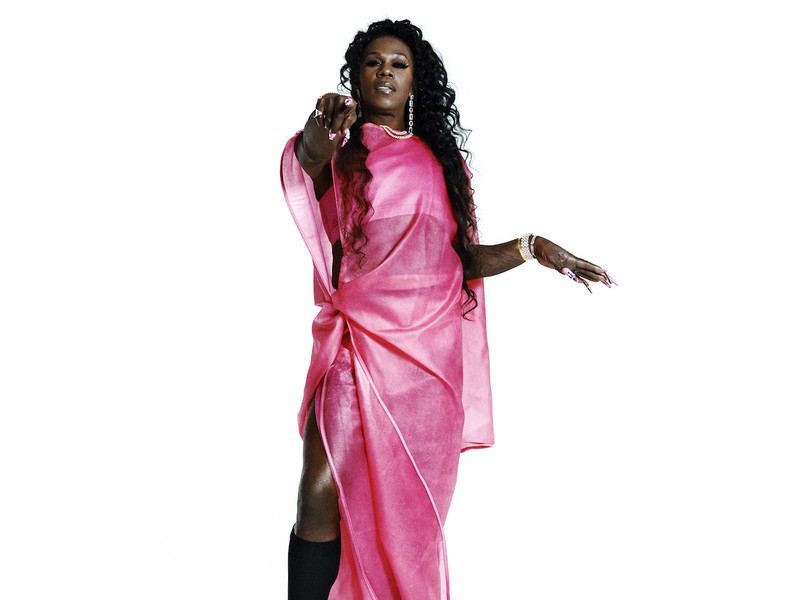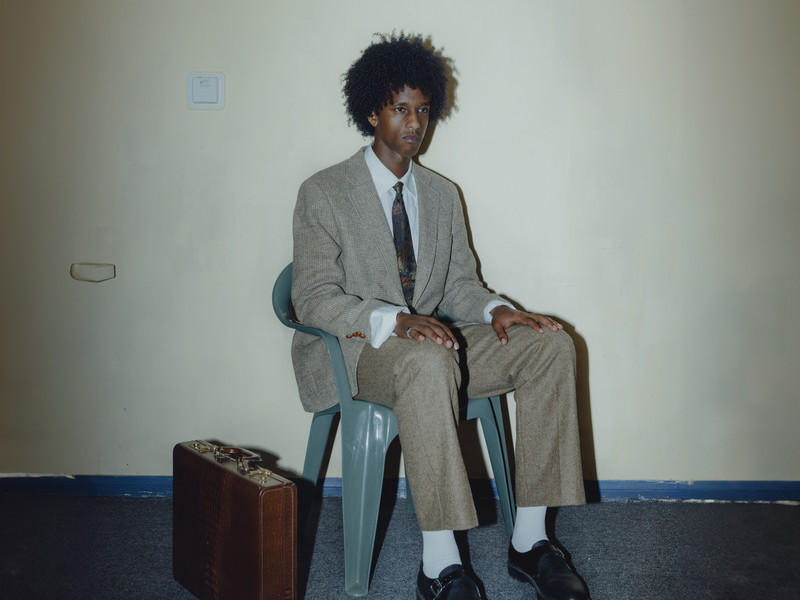Introducing ADYAR

Looking at your designs and silhouettes, they pretty clearly evoke a range of emotions. Where does this come from, and is it your intention?
Yes, it is intentionally so. I think fashion, like art, should be evocative, and it's always nice when there's enough depth for something to be left open to interpretation. A lot of it is what I'm feeling, but I'm also obsessed with the future and the kind of aesthetic possibilities that are yet to spawn.
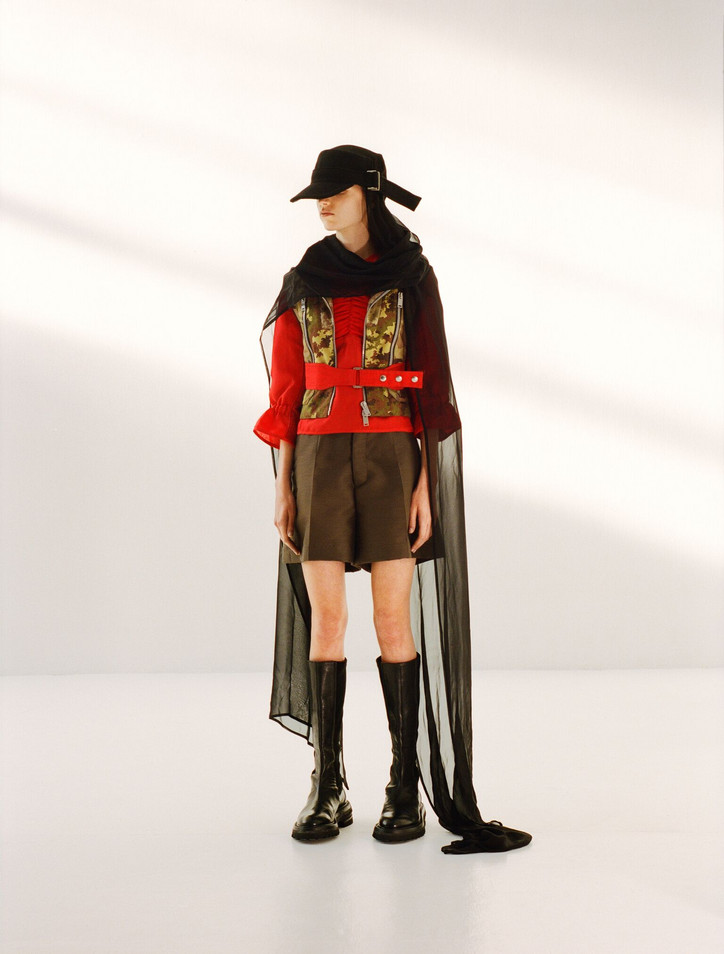
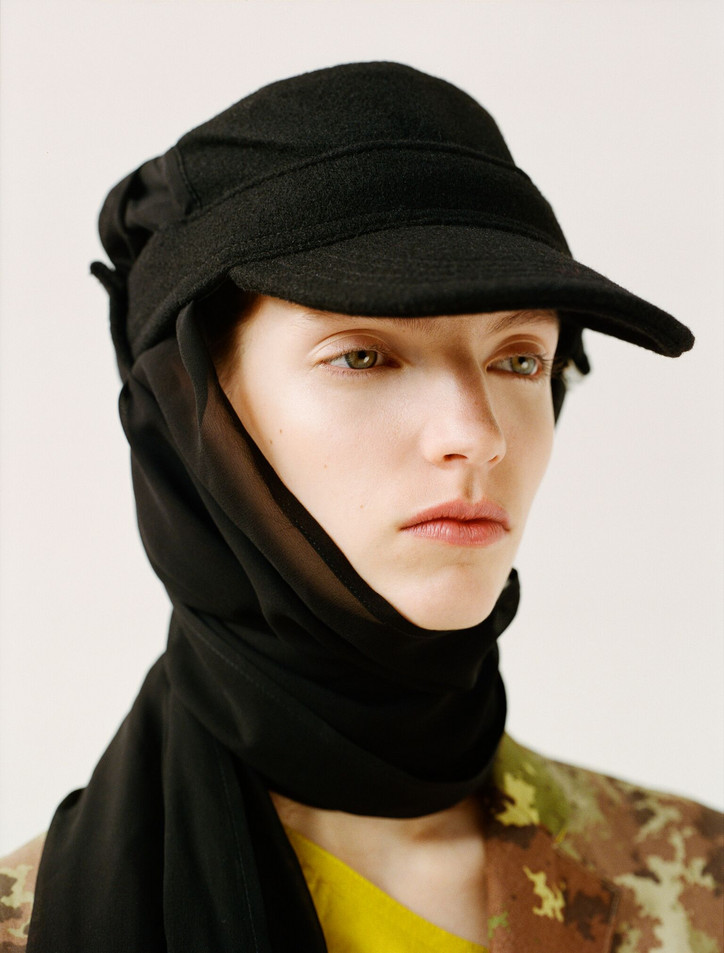
Tell me a bit about why you chose the name ADYAR.
I started ADYAR with the hope to create a universe of my own where I would share my thoughts and ideas. I wanted to veer away from the standard eponymous brand format. I wanted it to be honest and sincere, something that is a part of me, so I decided to name it after my place of birth in India.
I've always loved the name, and I like how it reminds me everyday of who I am and where I am going. I grew up between different countries, mainly in Australia, and I now live in europe. All this travel can sometimes try and scramble one's Identity. Adyar reminds me of who I am, and what I want to share with the world.
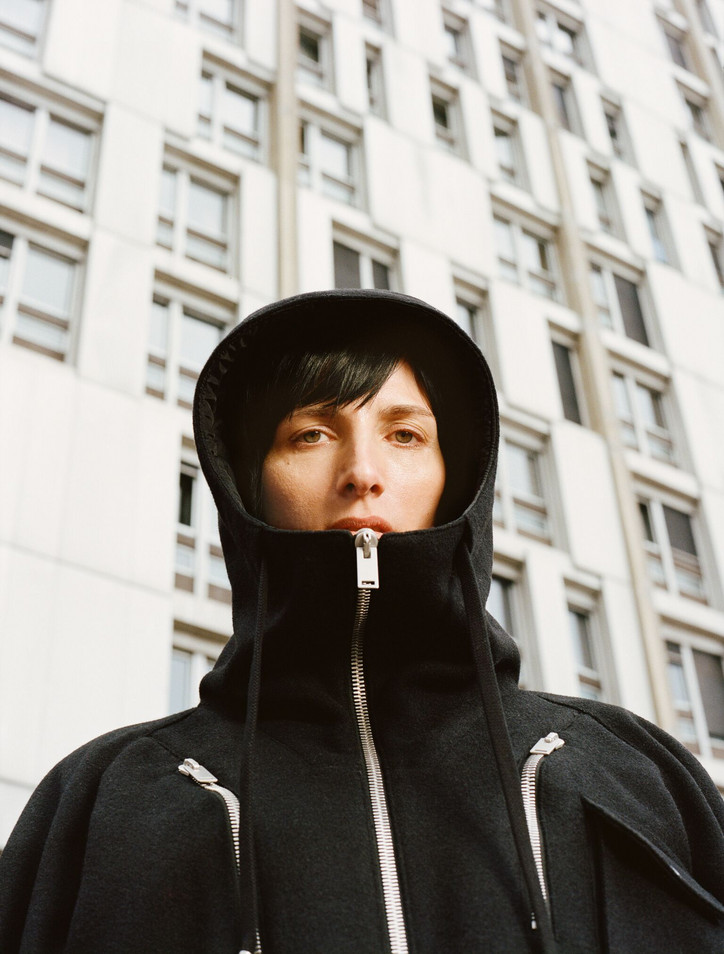

Why is it important to you to bridge the gap between culture and fashion? Is there even a true gap?
Fashion is a broad term. I'm interested in the future—the evolution of our various cultures and our clothes. In my view, you cannot have one without the other. Fashion follows culture.
On the other hand, bland and soulless fashion exists and it follows the vacuous "instant everything" culture of today. I try not to think about this as its rather dismal.


Could you tell me a little bit about your first collection?
With Phoenix, I was thinking about resilience, protection, recovery, and regeneration—fundamentals to any beginning, as the first steps are always fragile and delicate. I guess Im drawing a parallels between my personal world and the world around me. I always start with a feeling.
I juxtaposed tactical textiles like cut proof stretch Kevlar with couture silks and borrowed construction details from medical/therapeutic garments, like shoulder braces and knee supports. The colours and silhouettes loosely reference colonial era Indian sepoys and desert tribeswomen. The camouflage and industrial elements reference the French paramilitary and tradesmen that I run into everyday near my home in the 11th arrondisement of Paris. I guess all these elements relate to my central theme. I really like to layer references as opposed to being obvious.
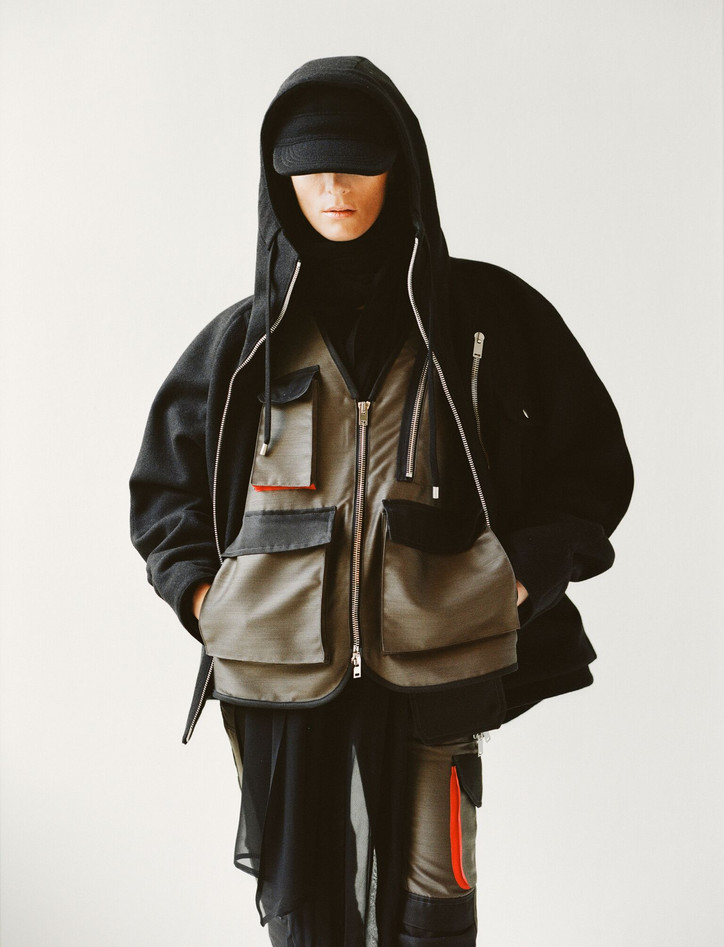
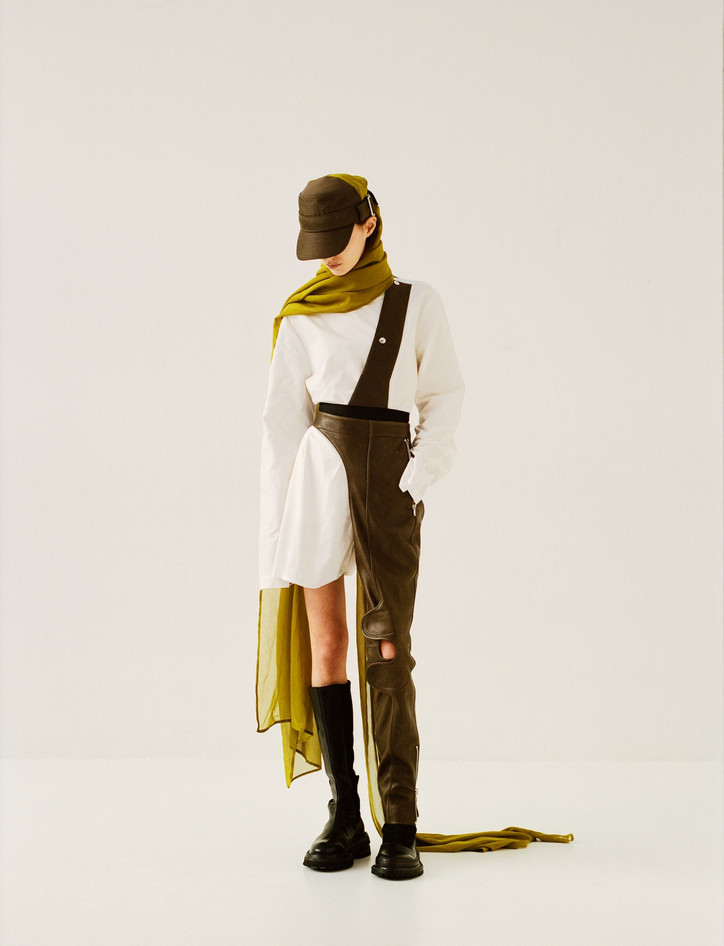
And the lookbook?
With my lookbook, it was a reaction to seeing the paramilitary guys I encounter on a daily basis, and I wondered if a martial/industrial aesthetic would result in us feeling stronger as a society. So I decided to test its potential in an urban landscape, like a patrol.
